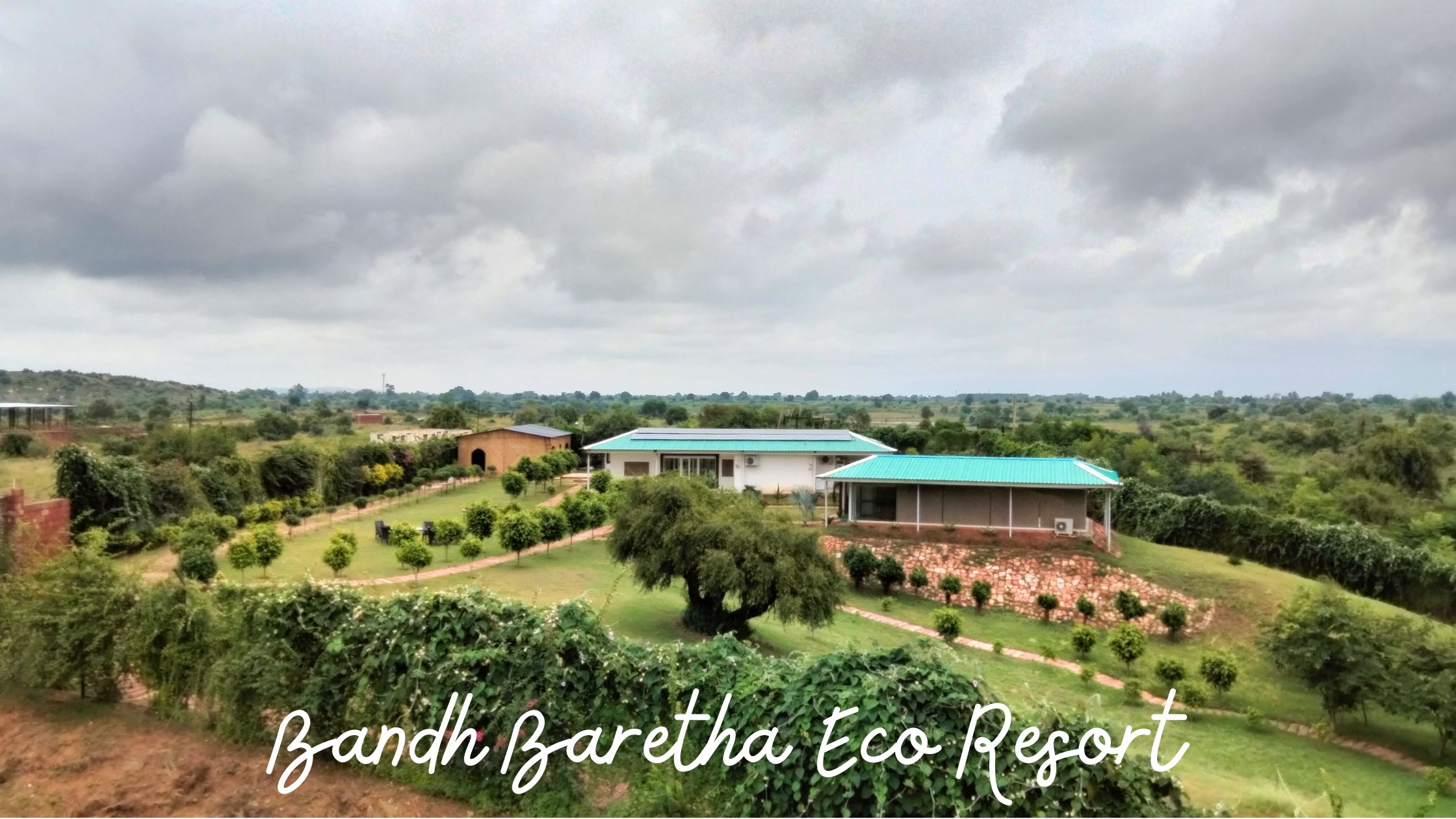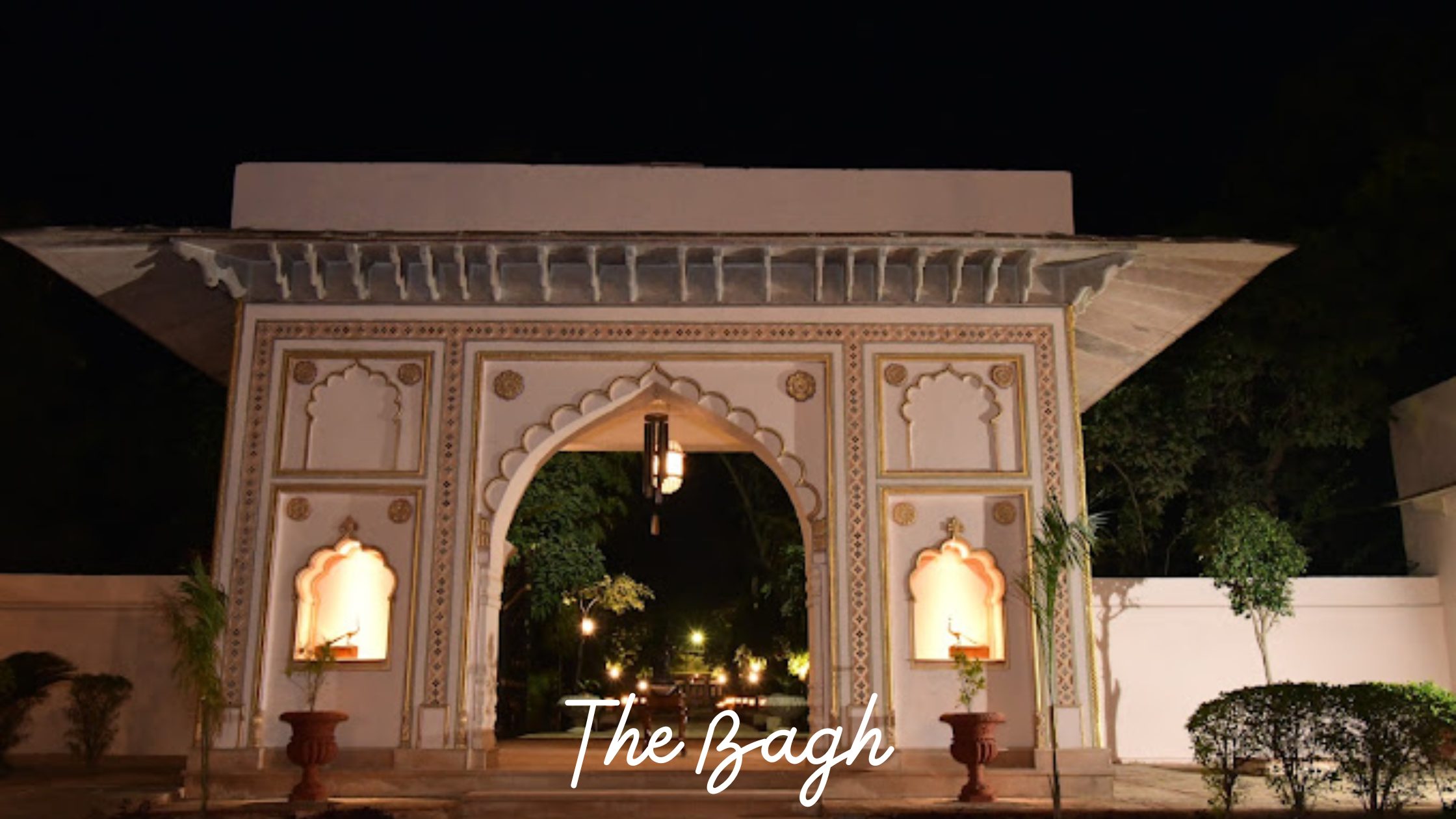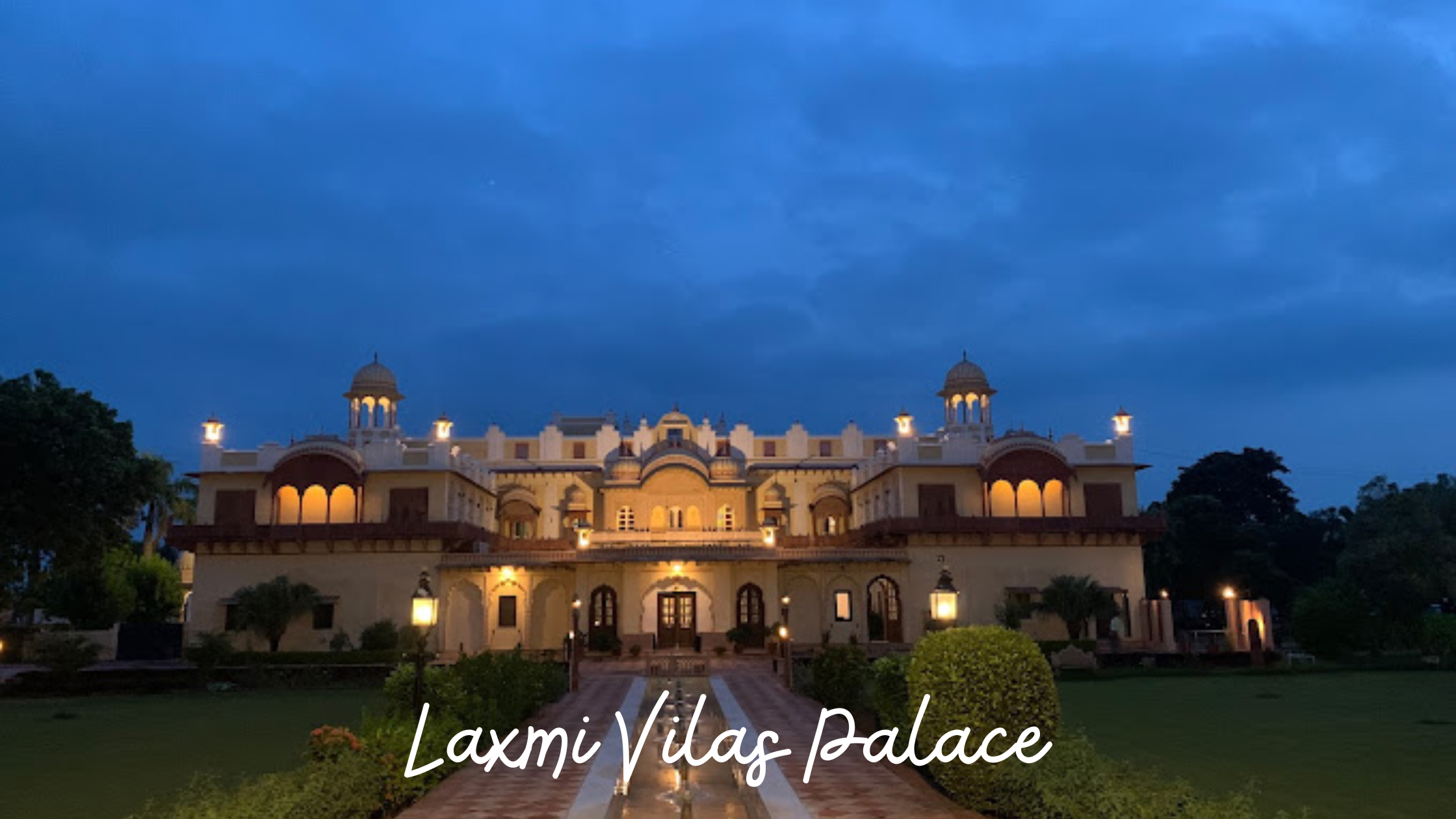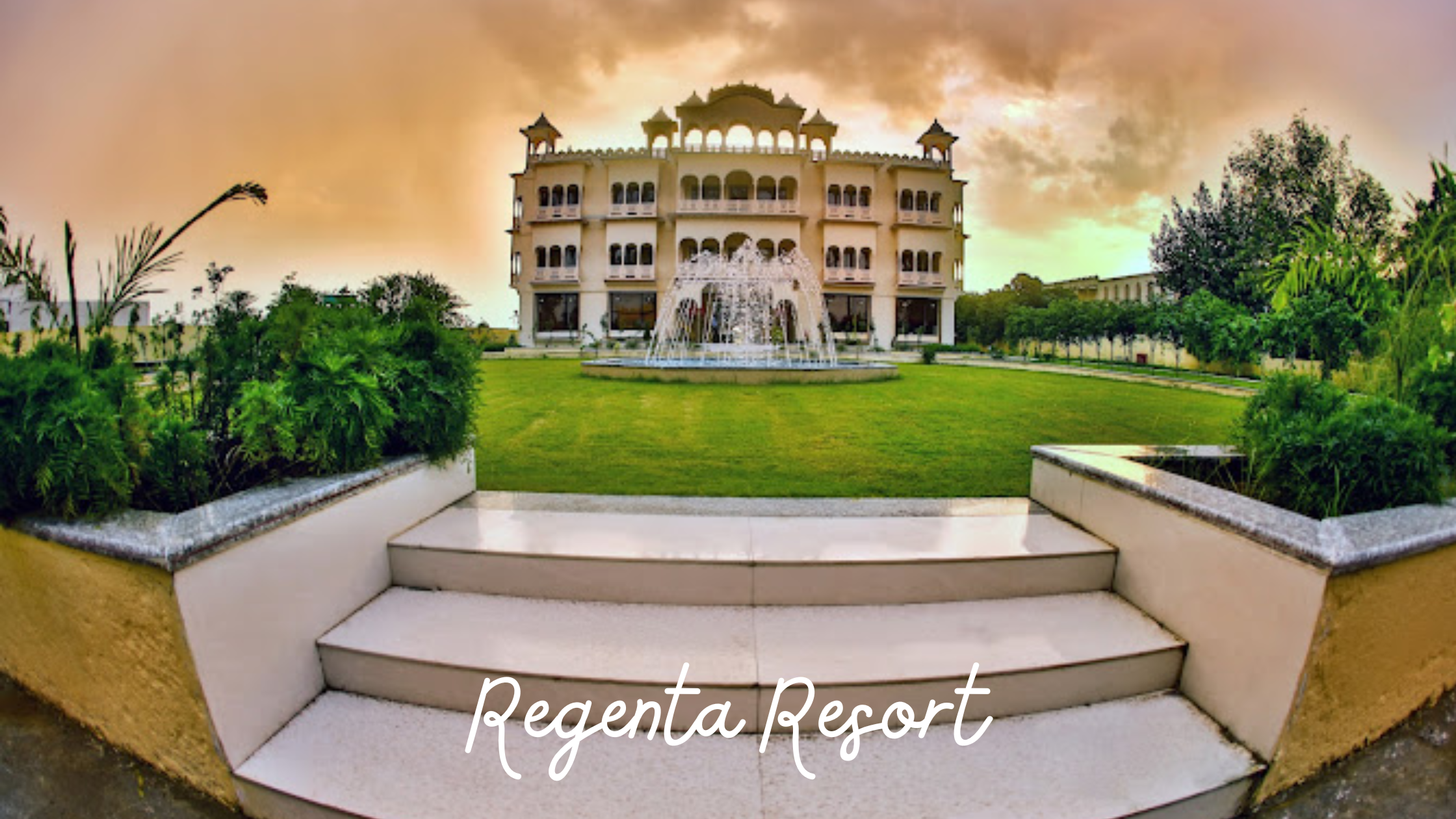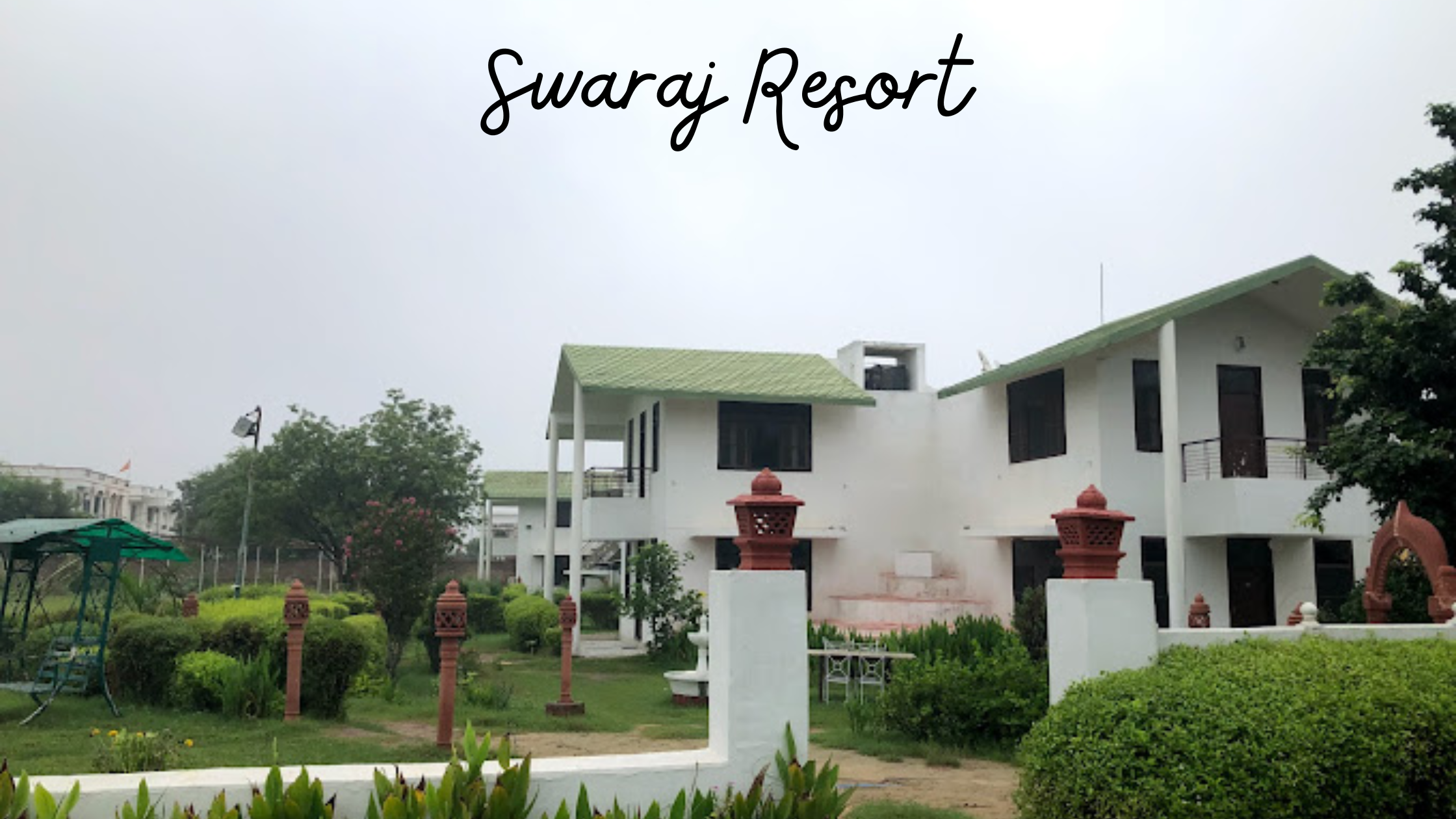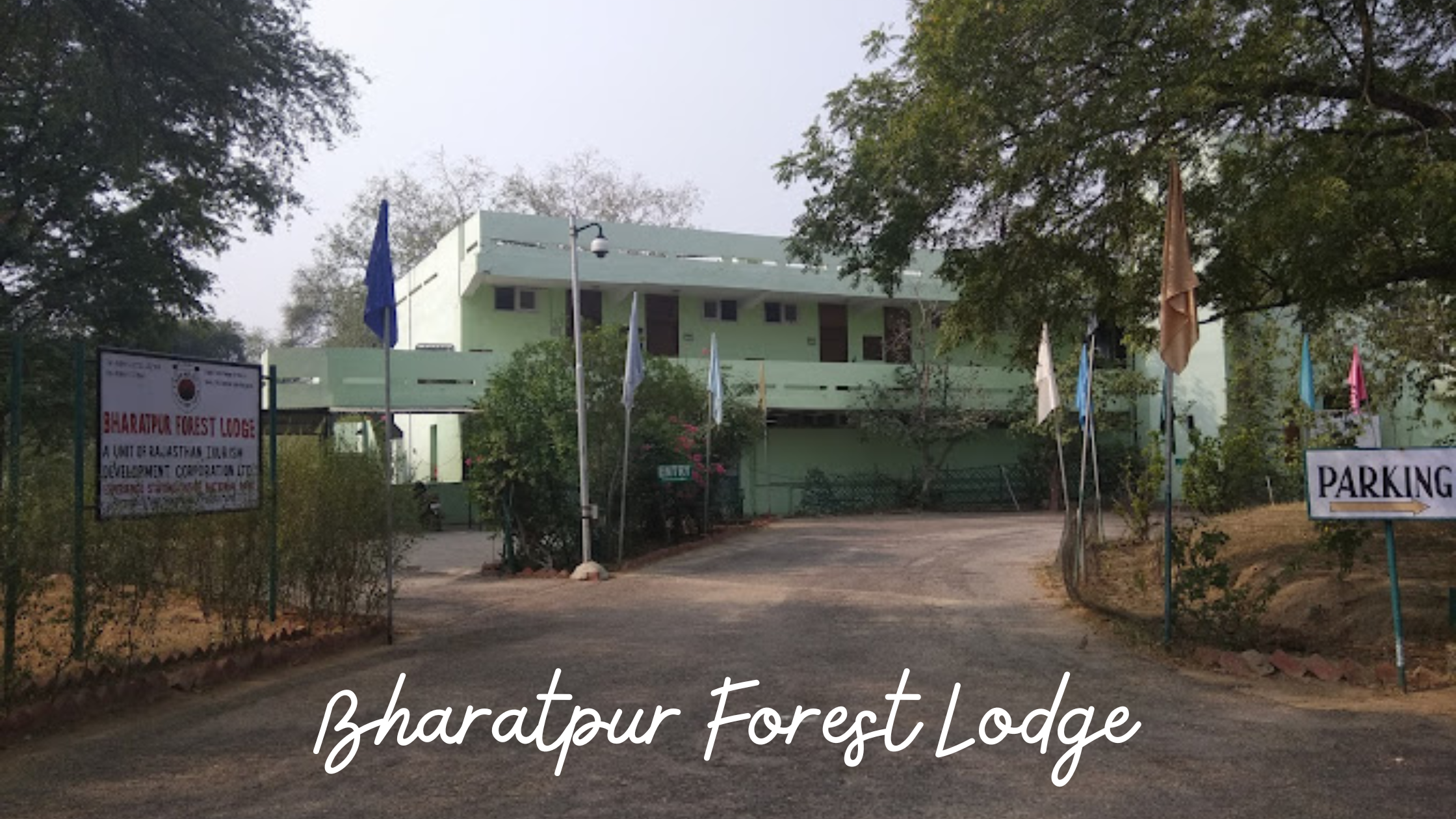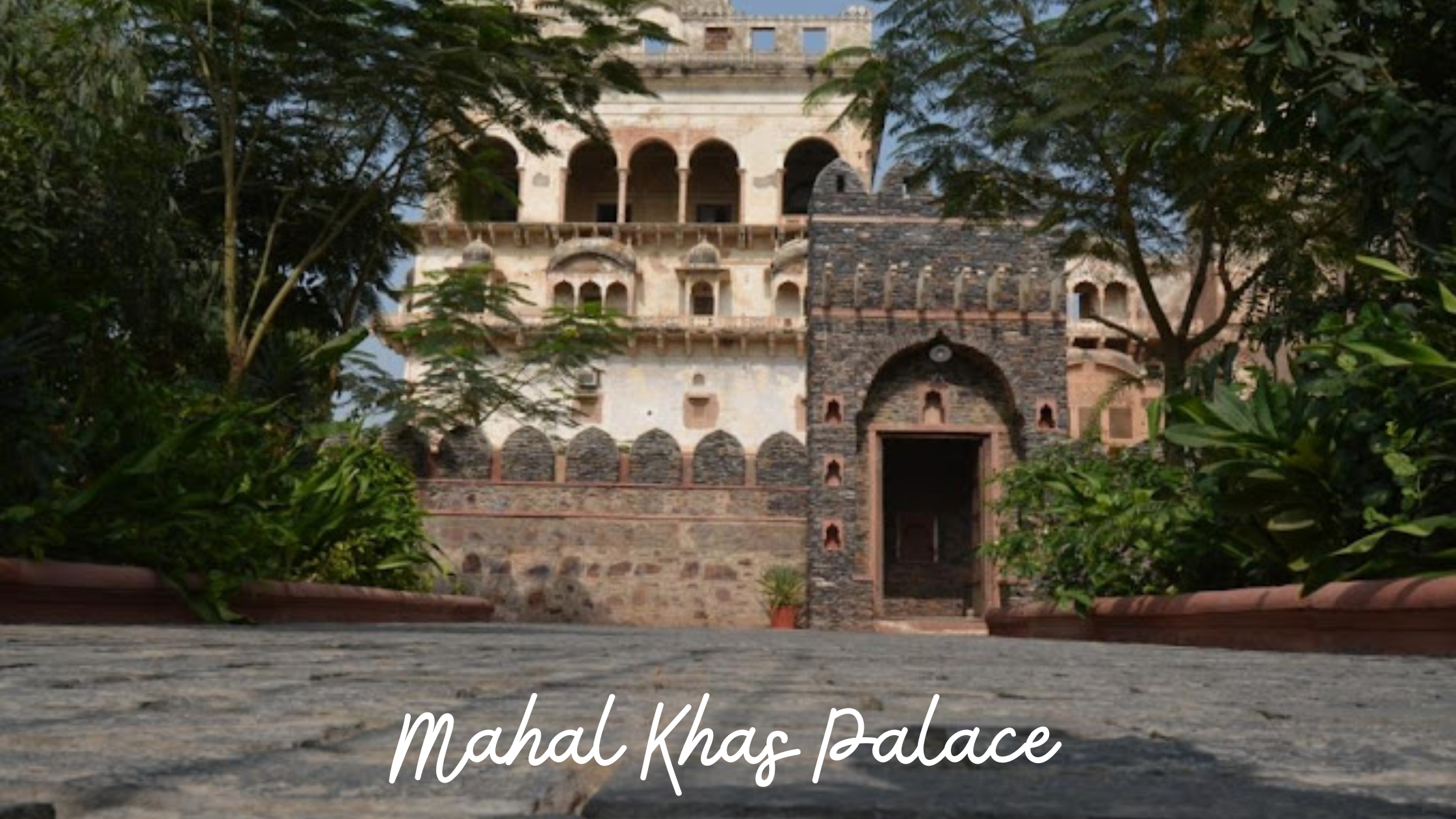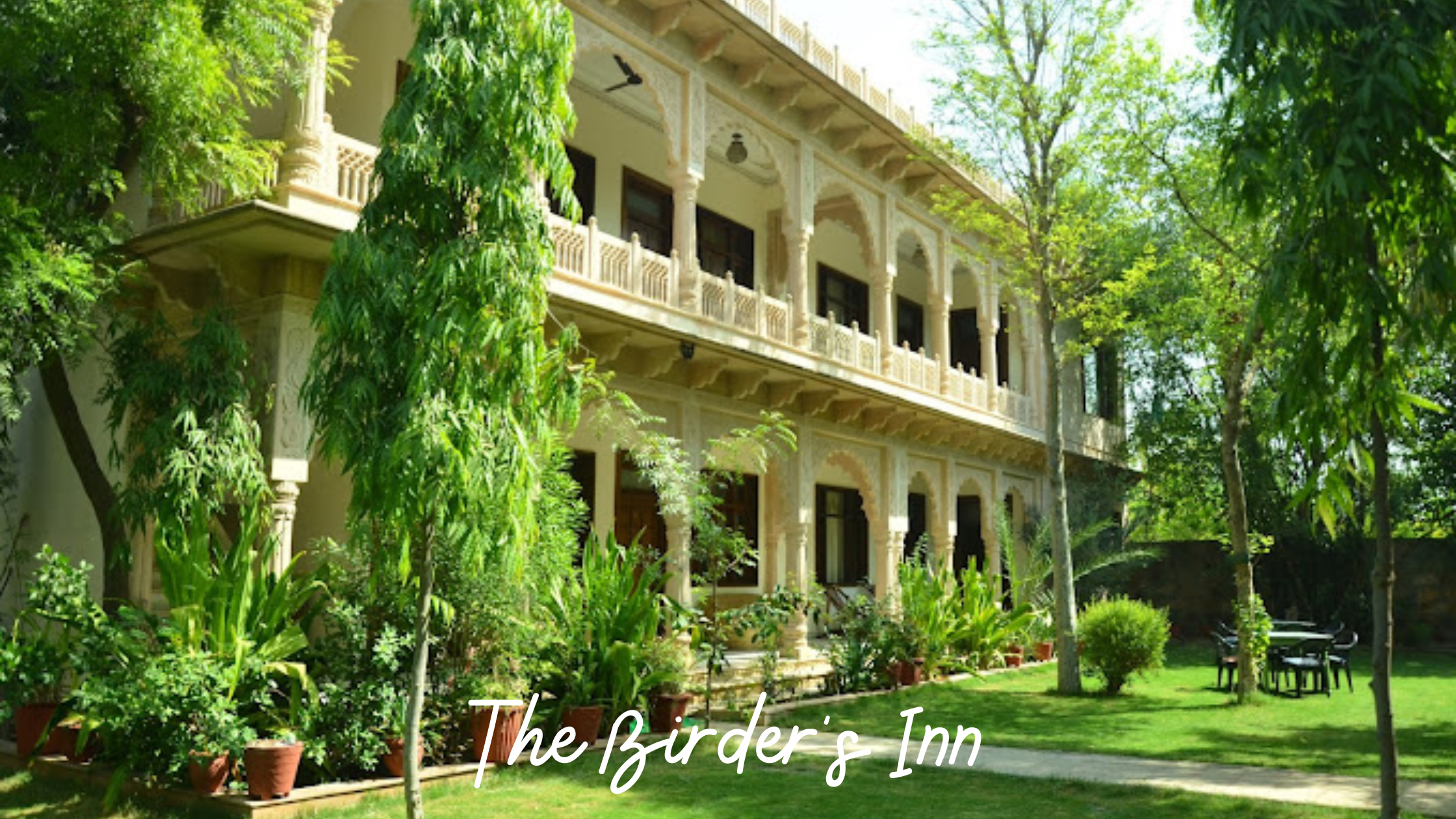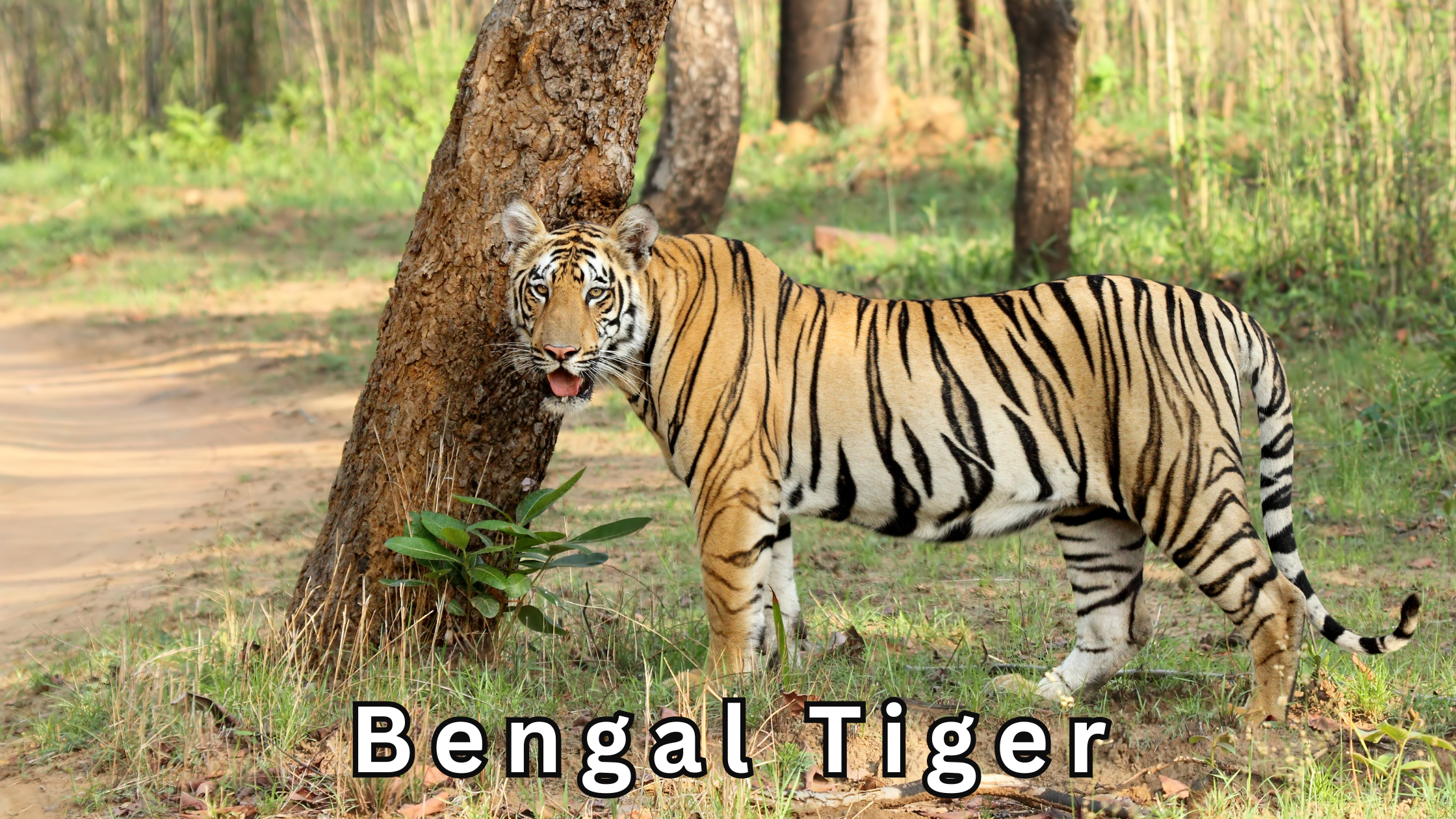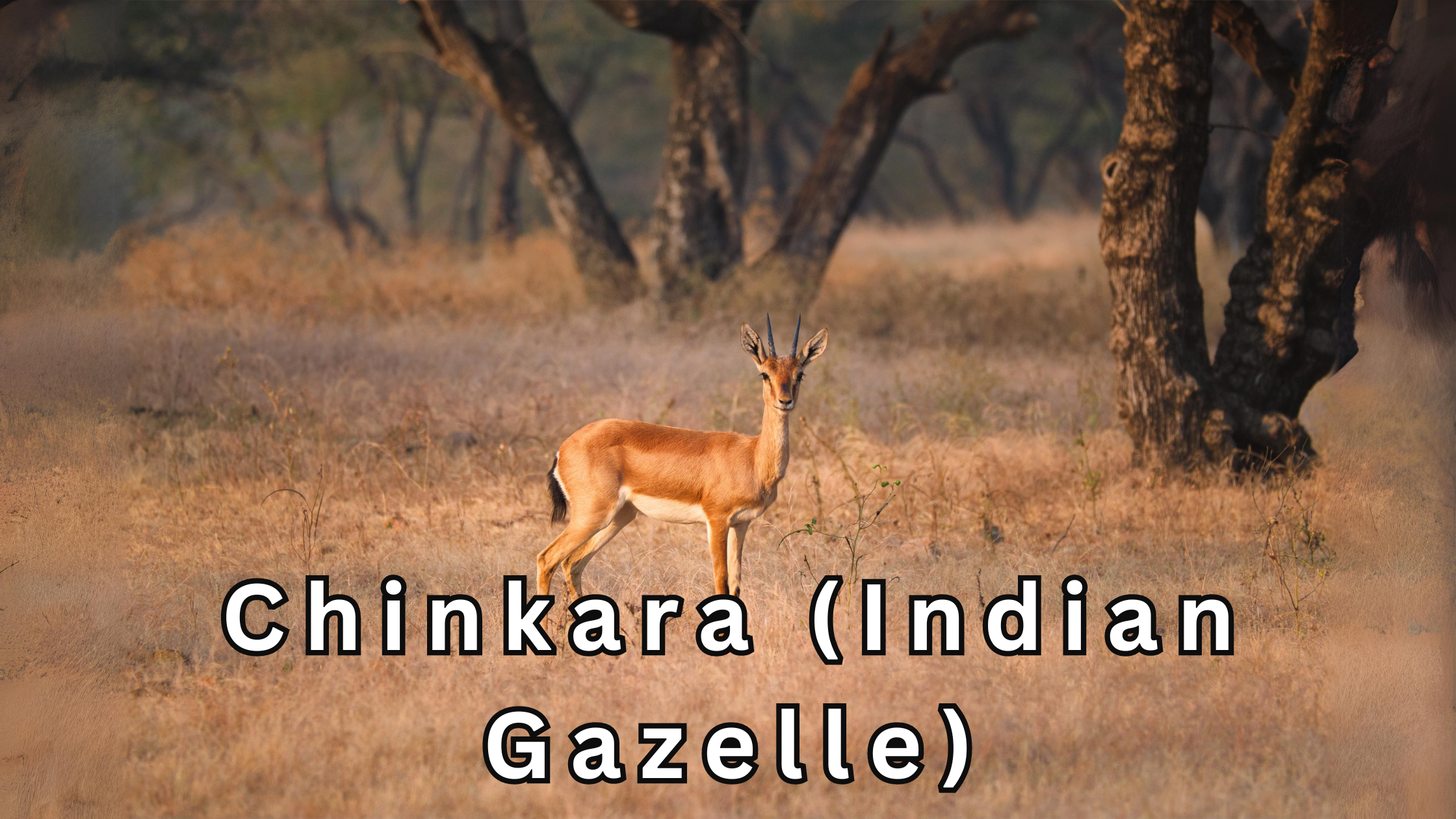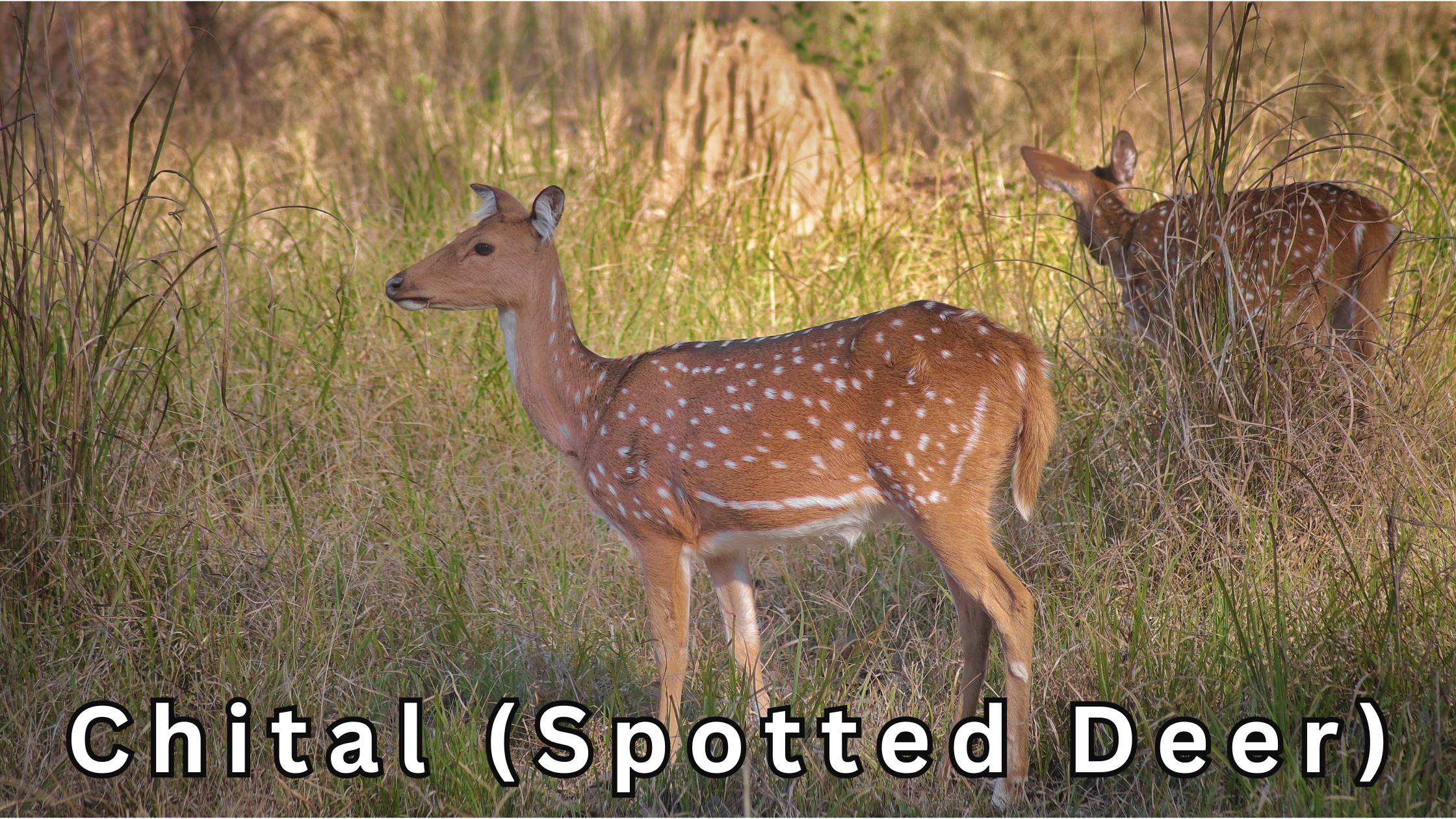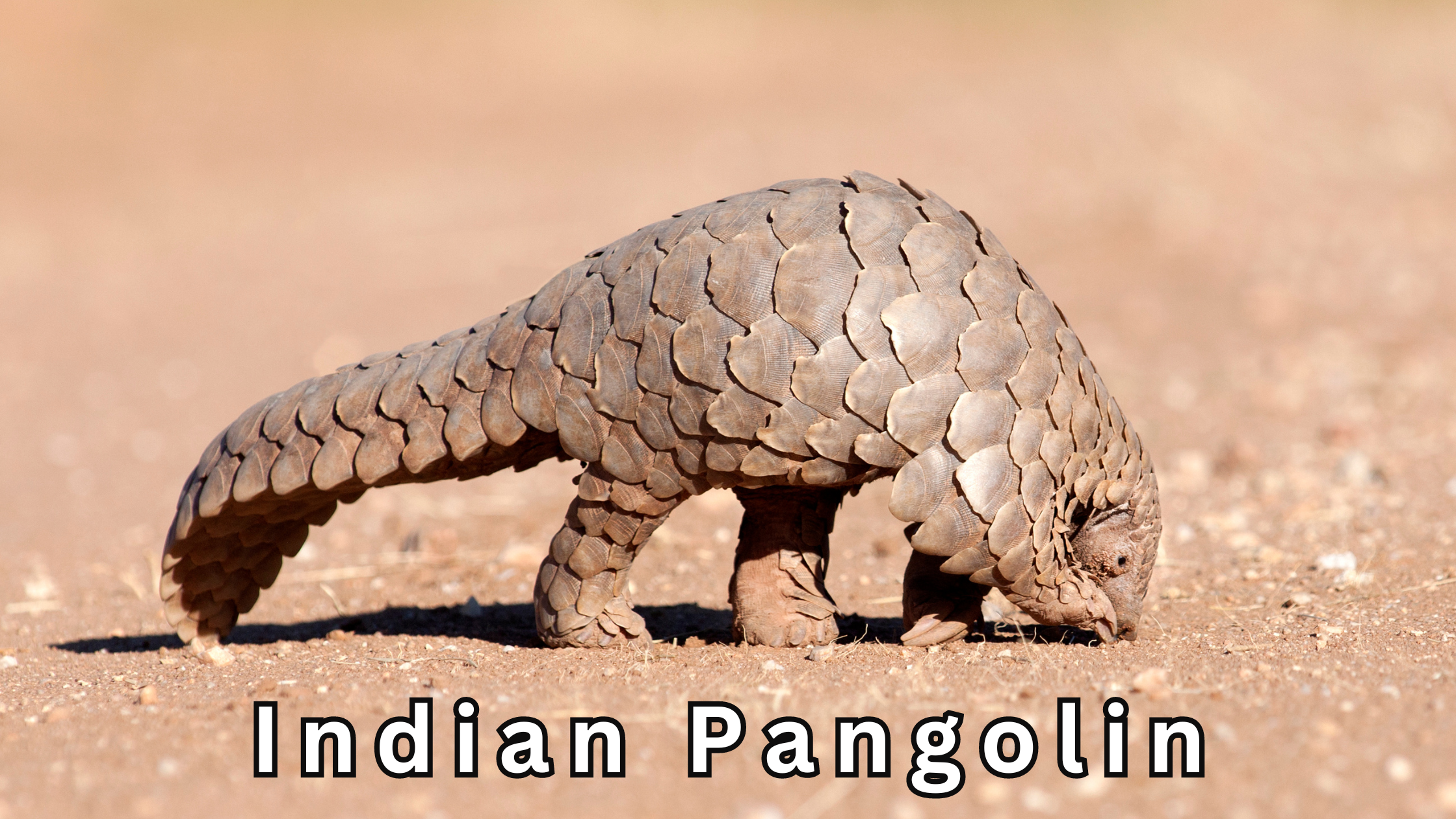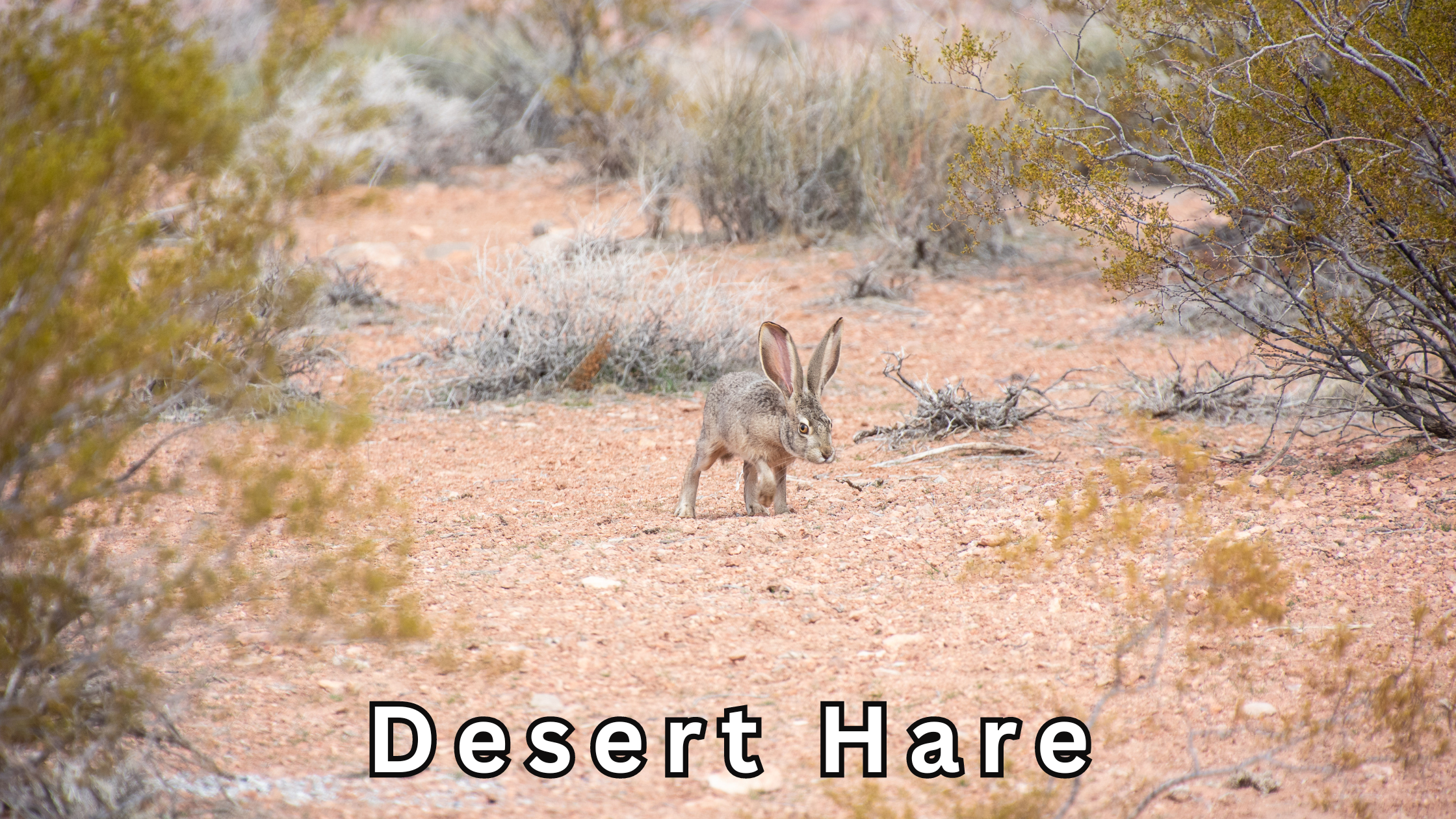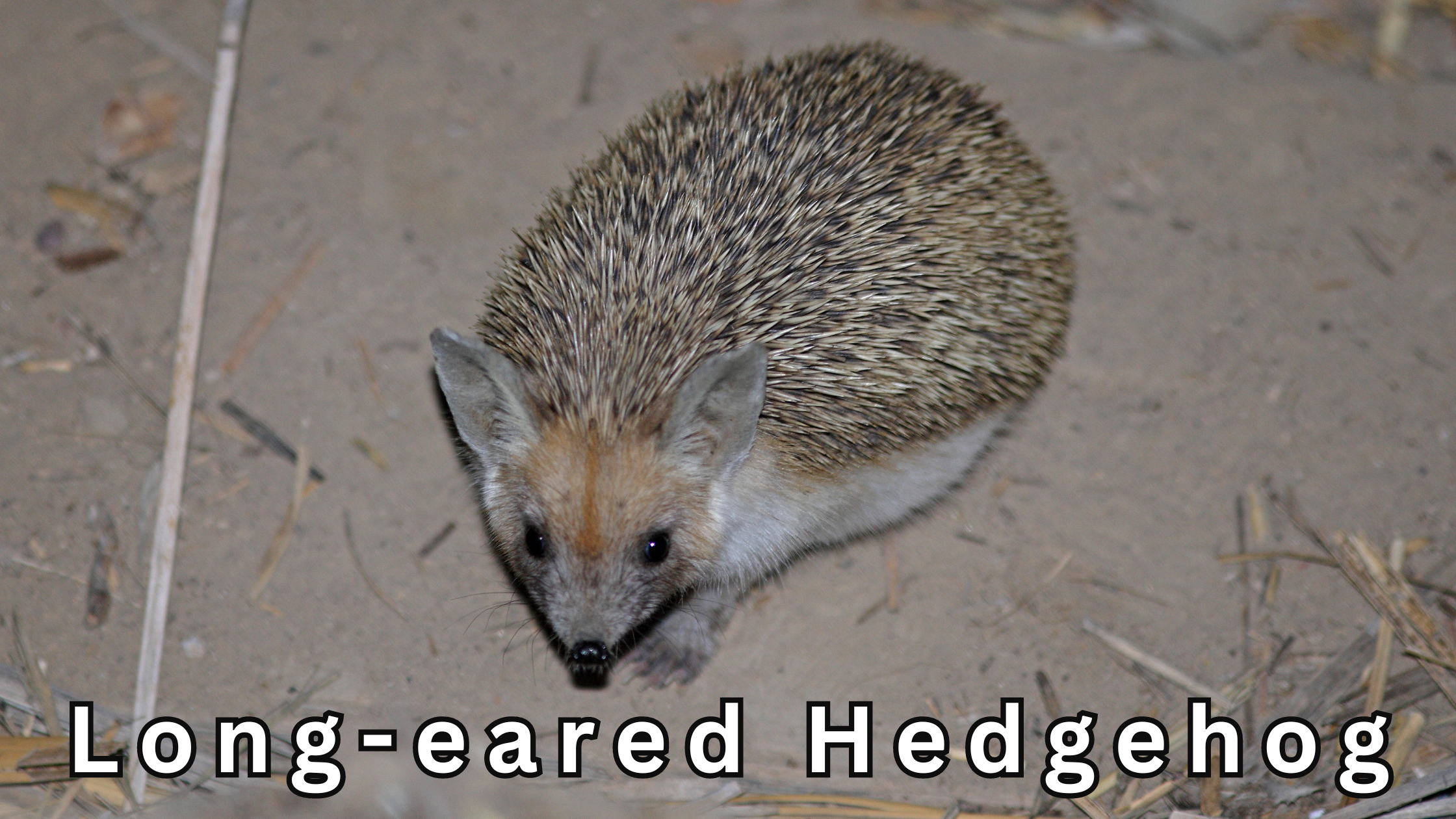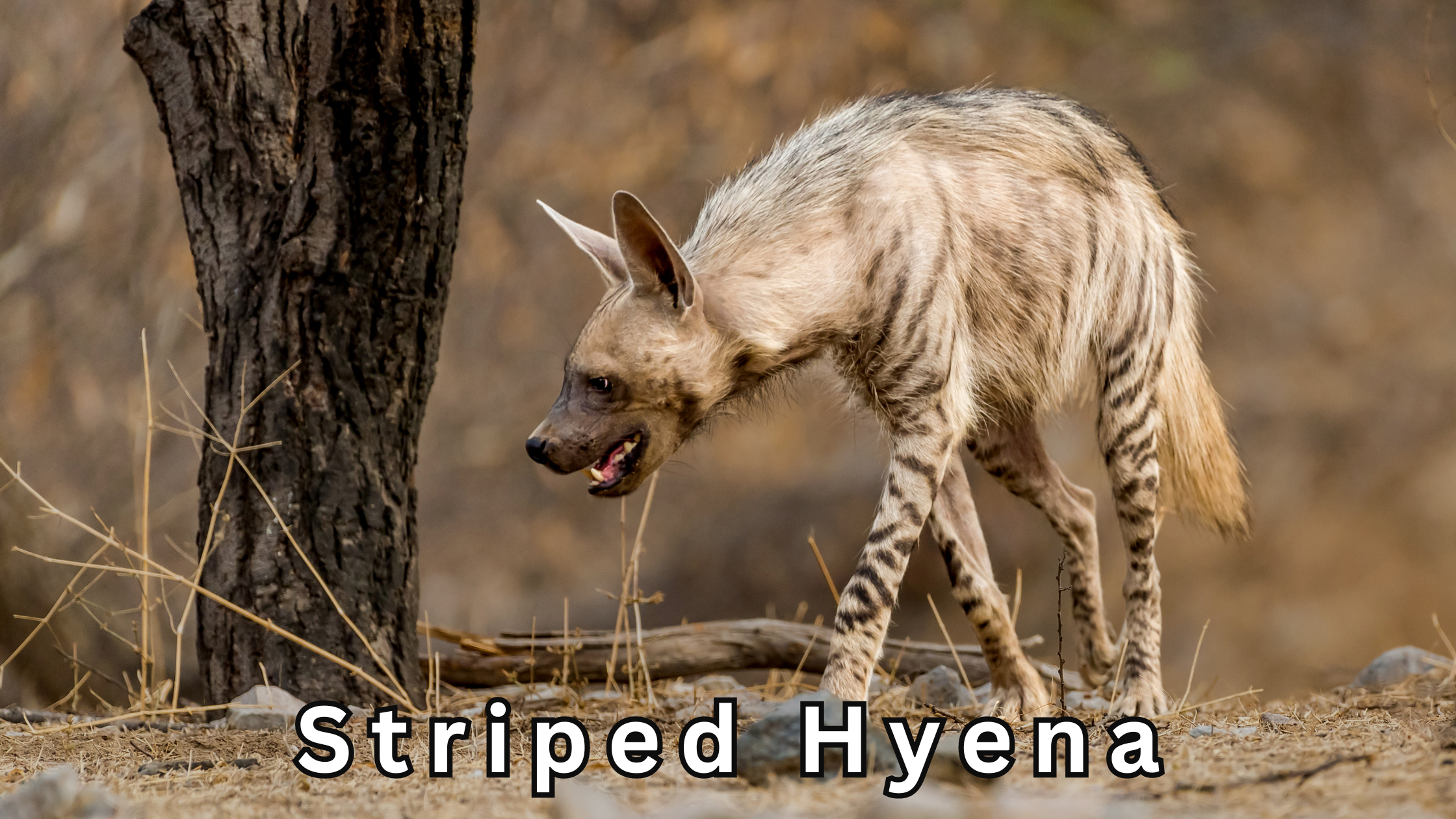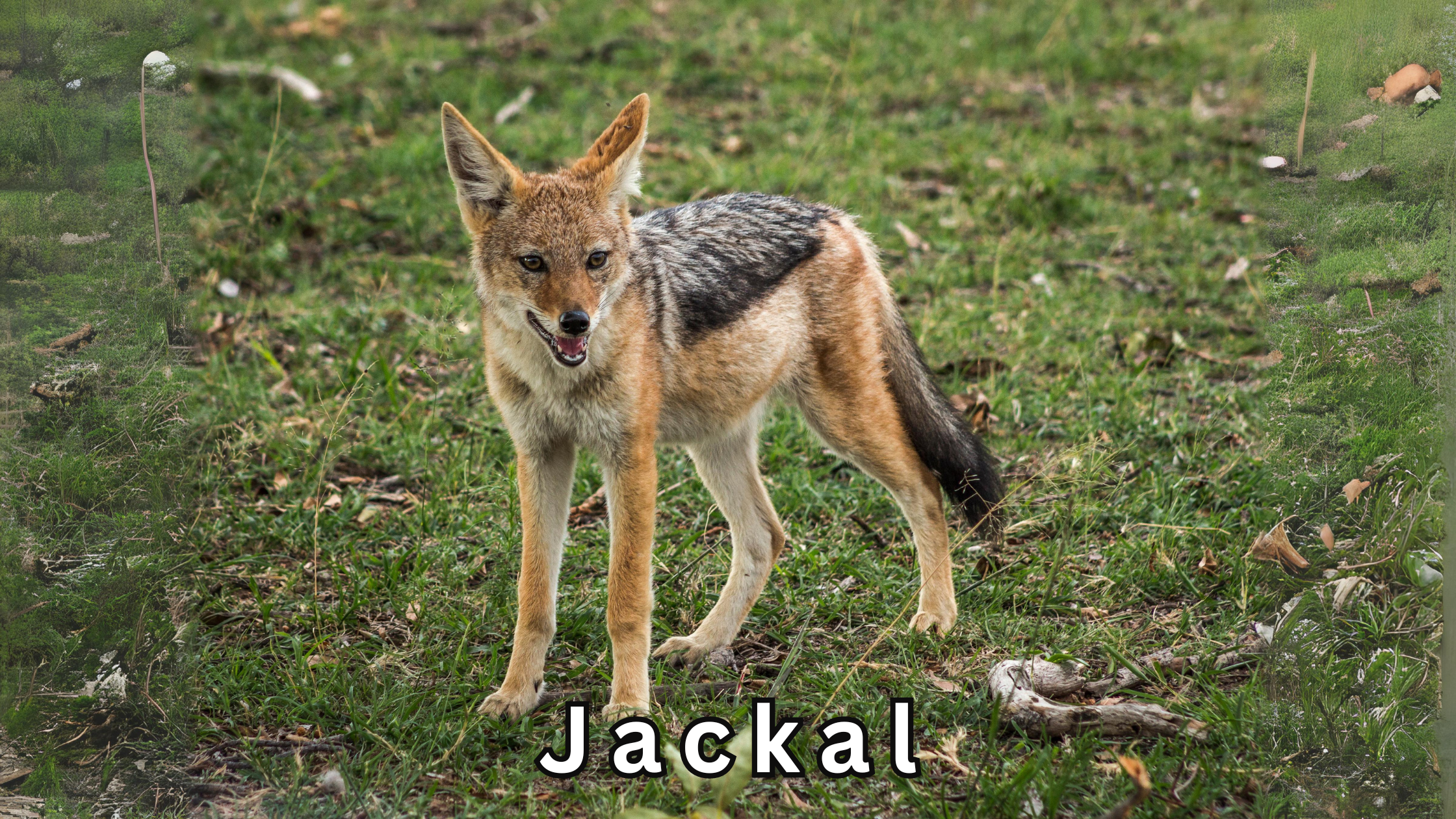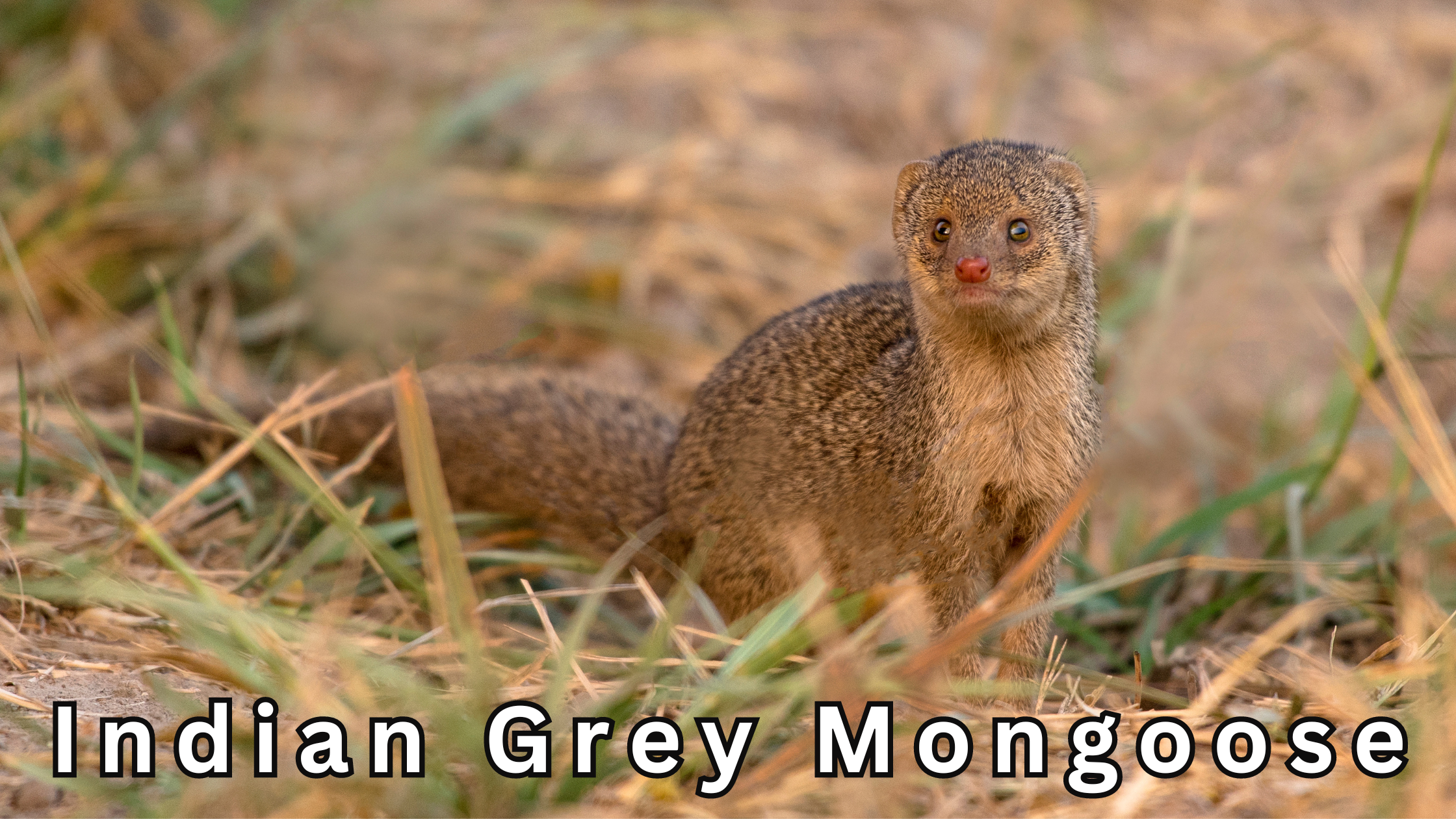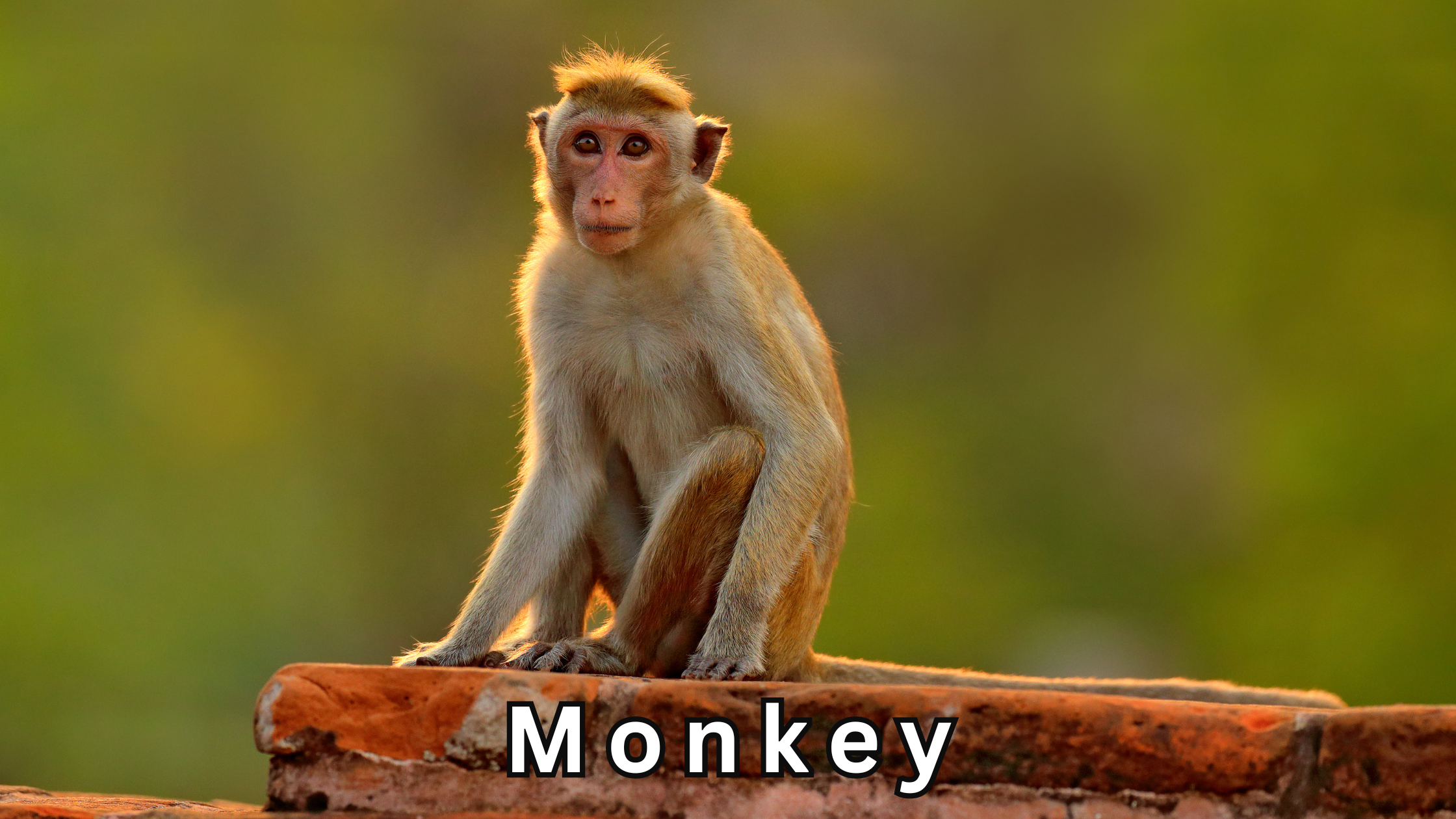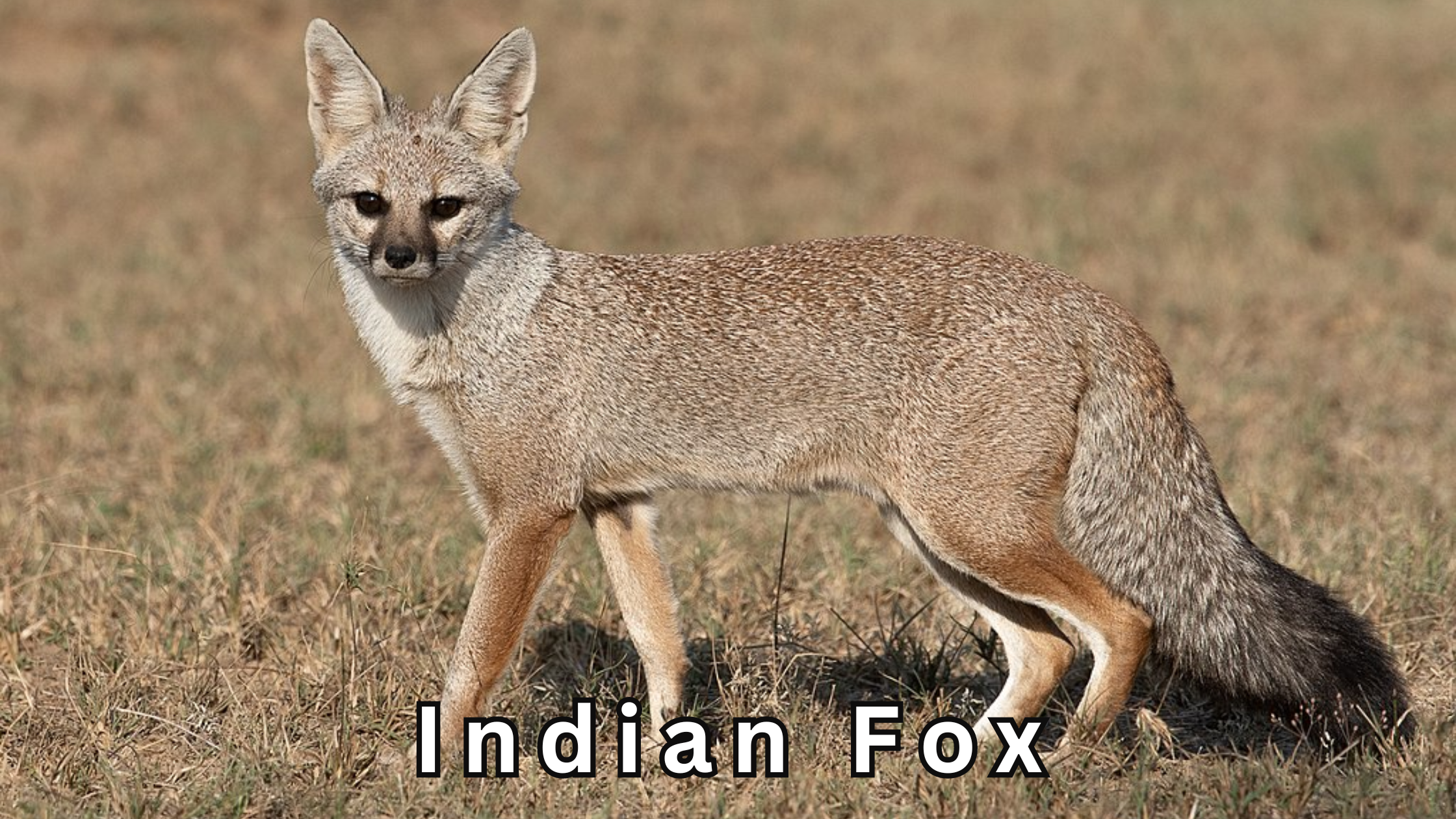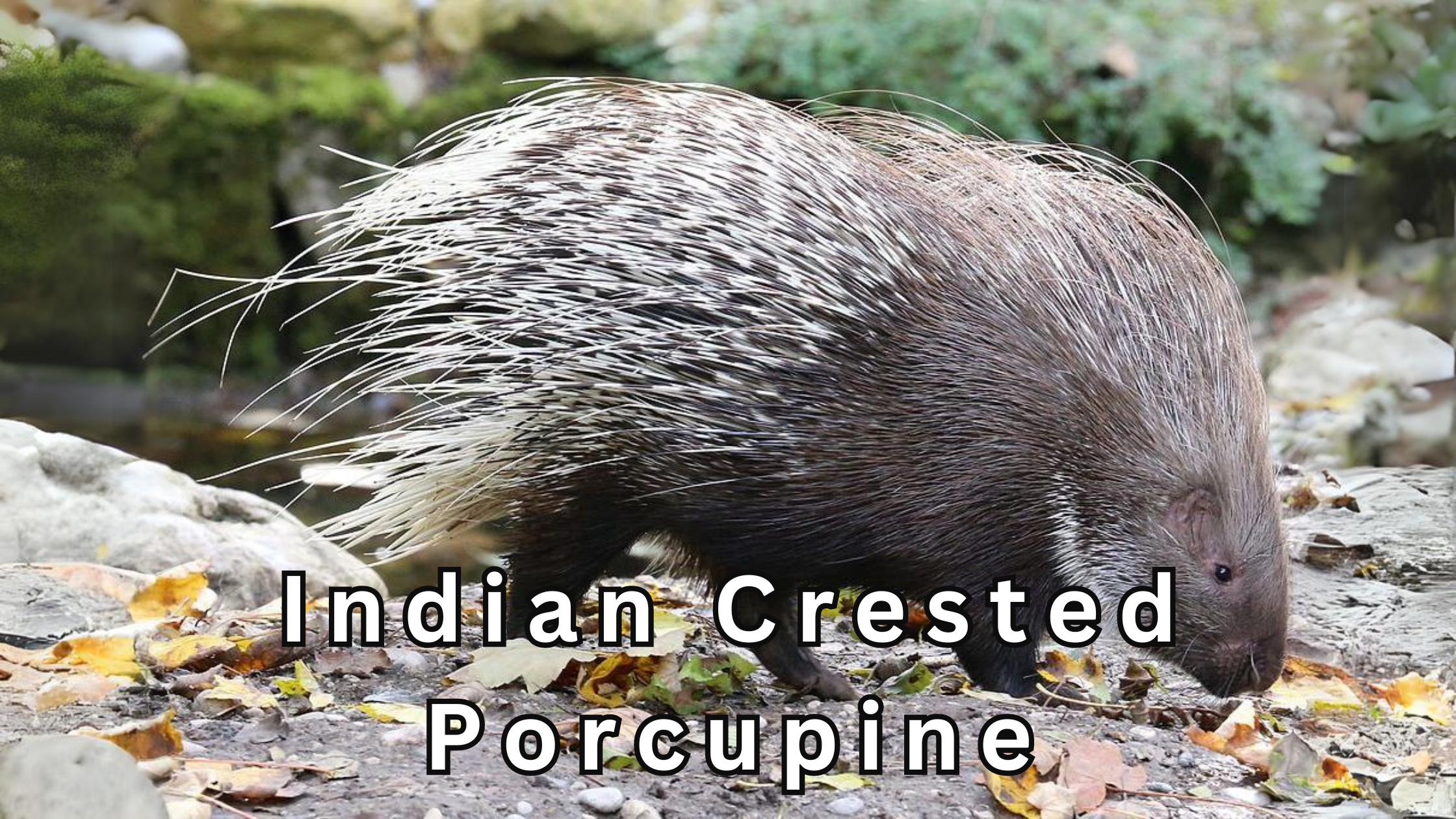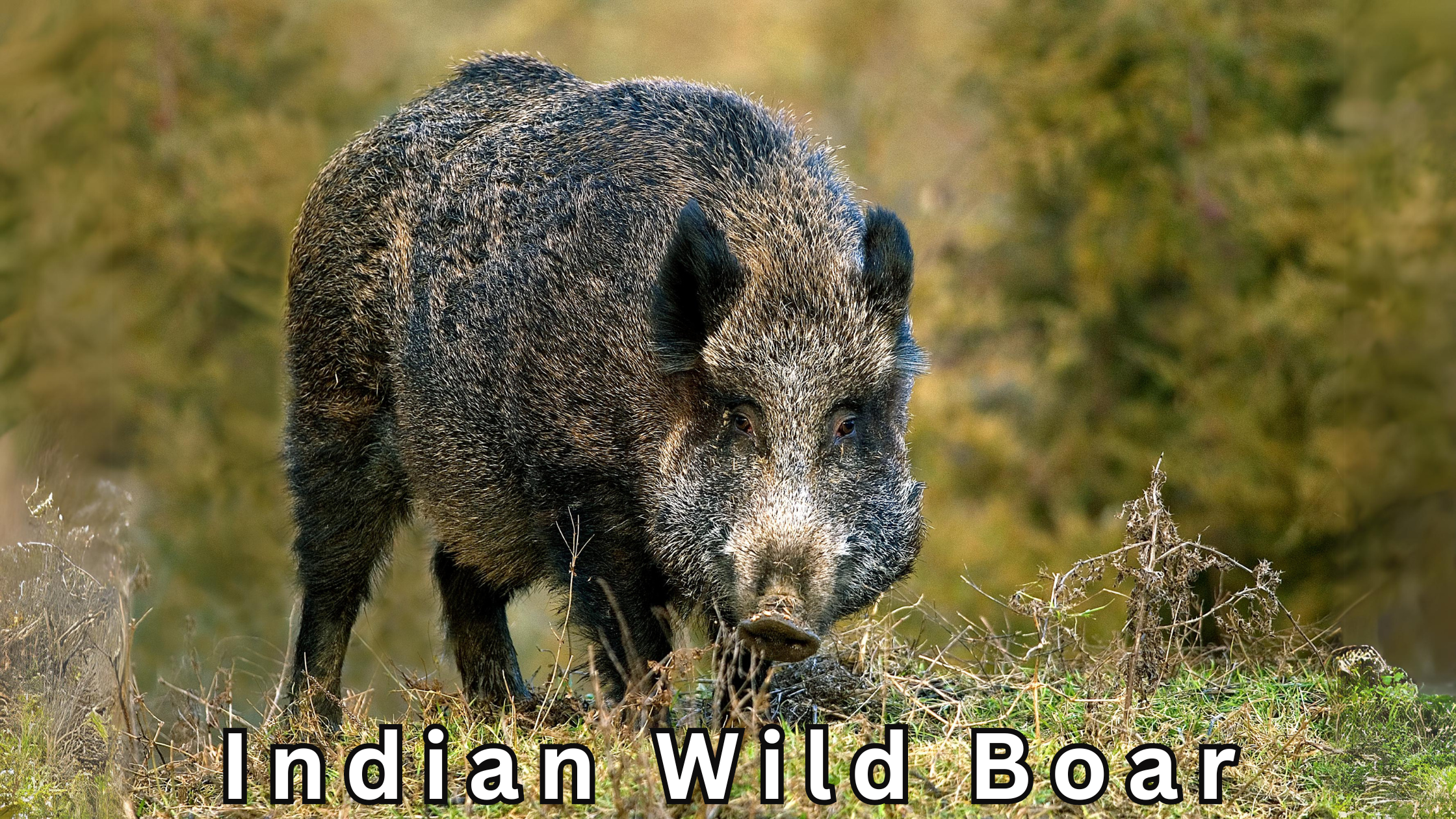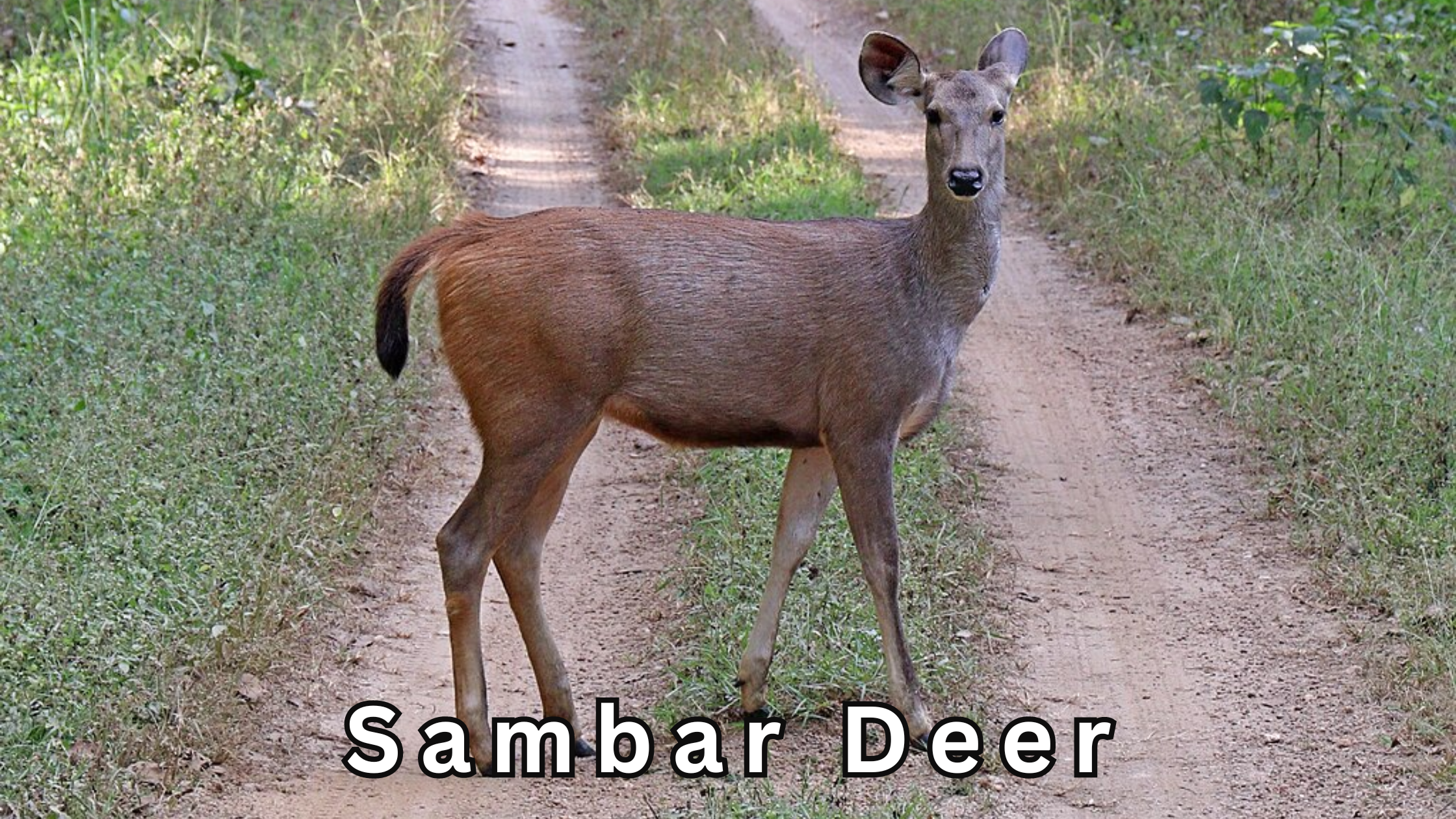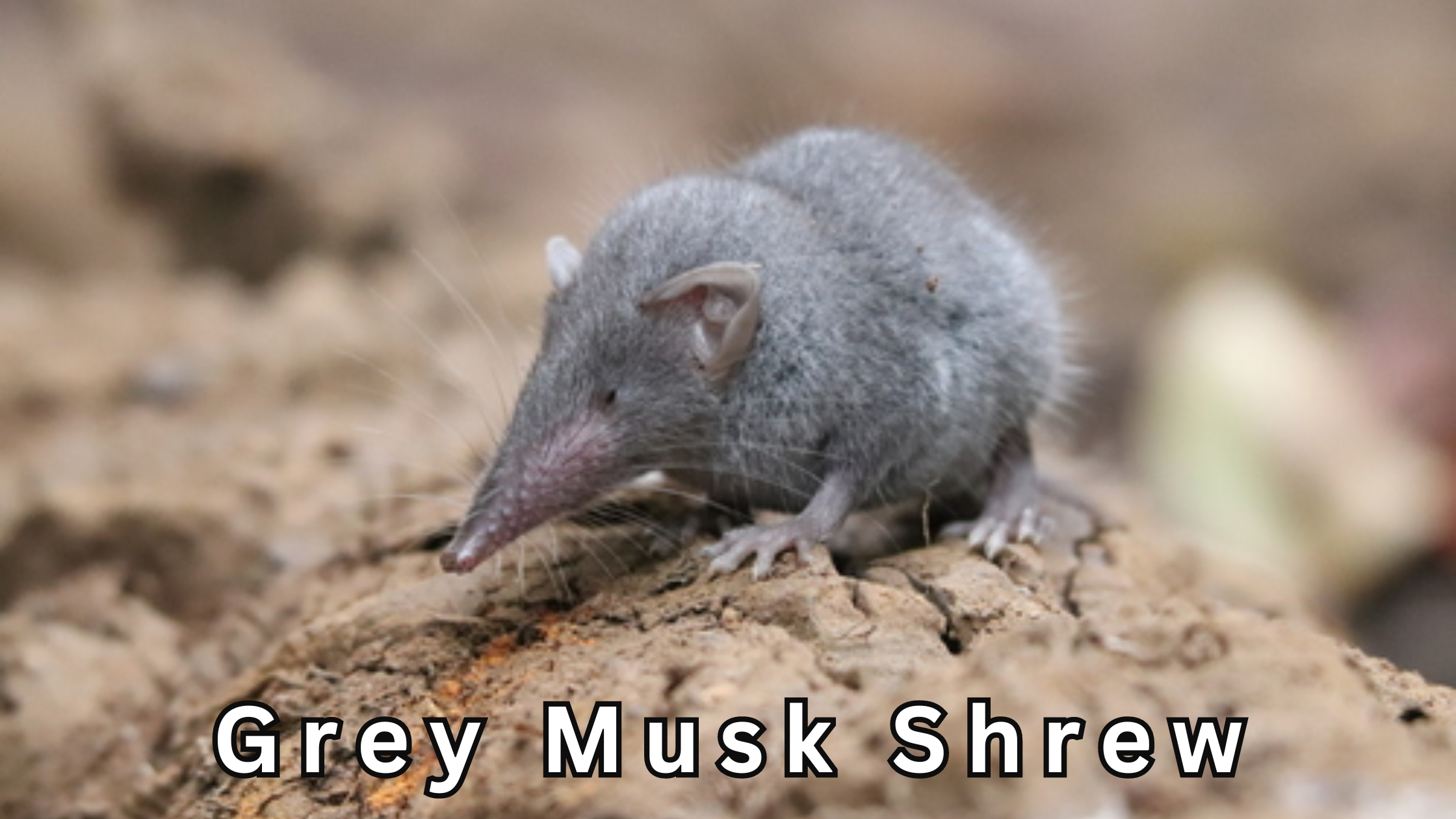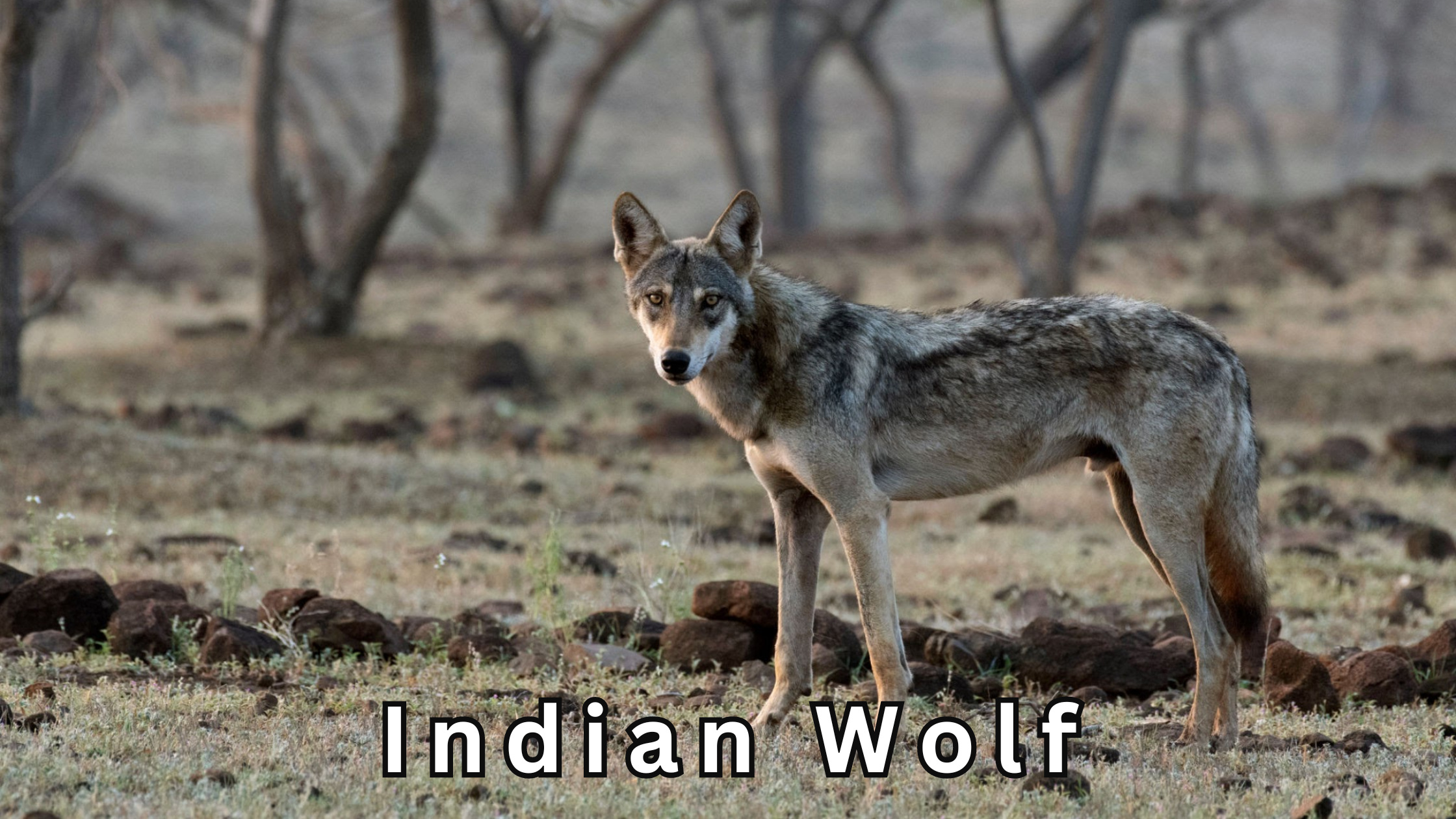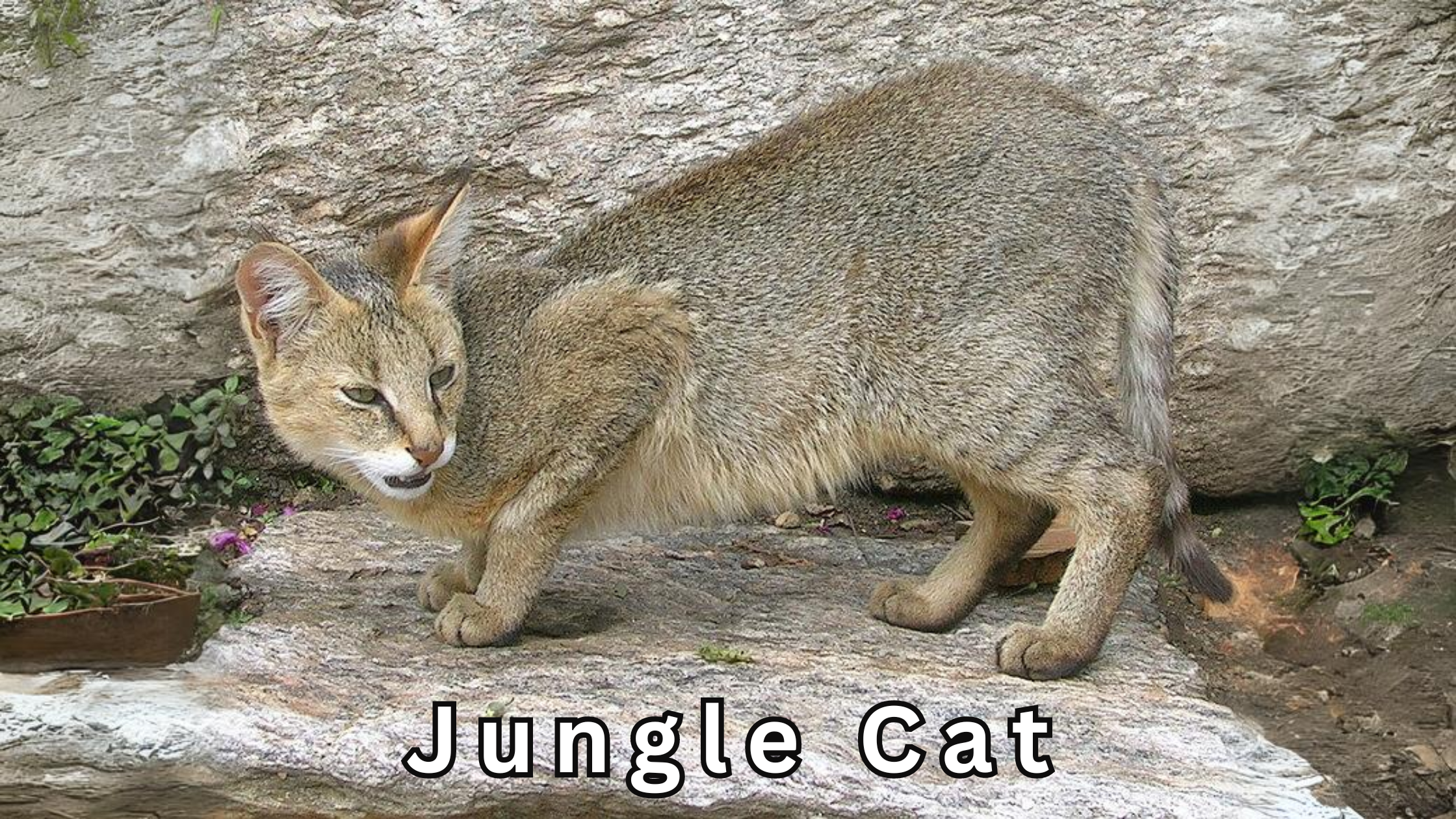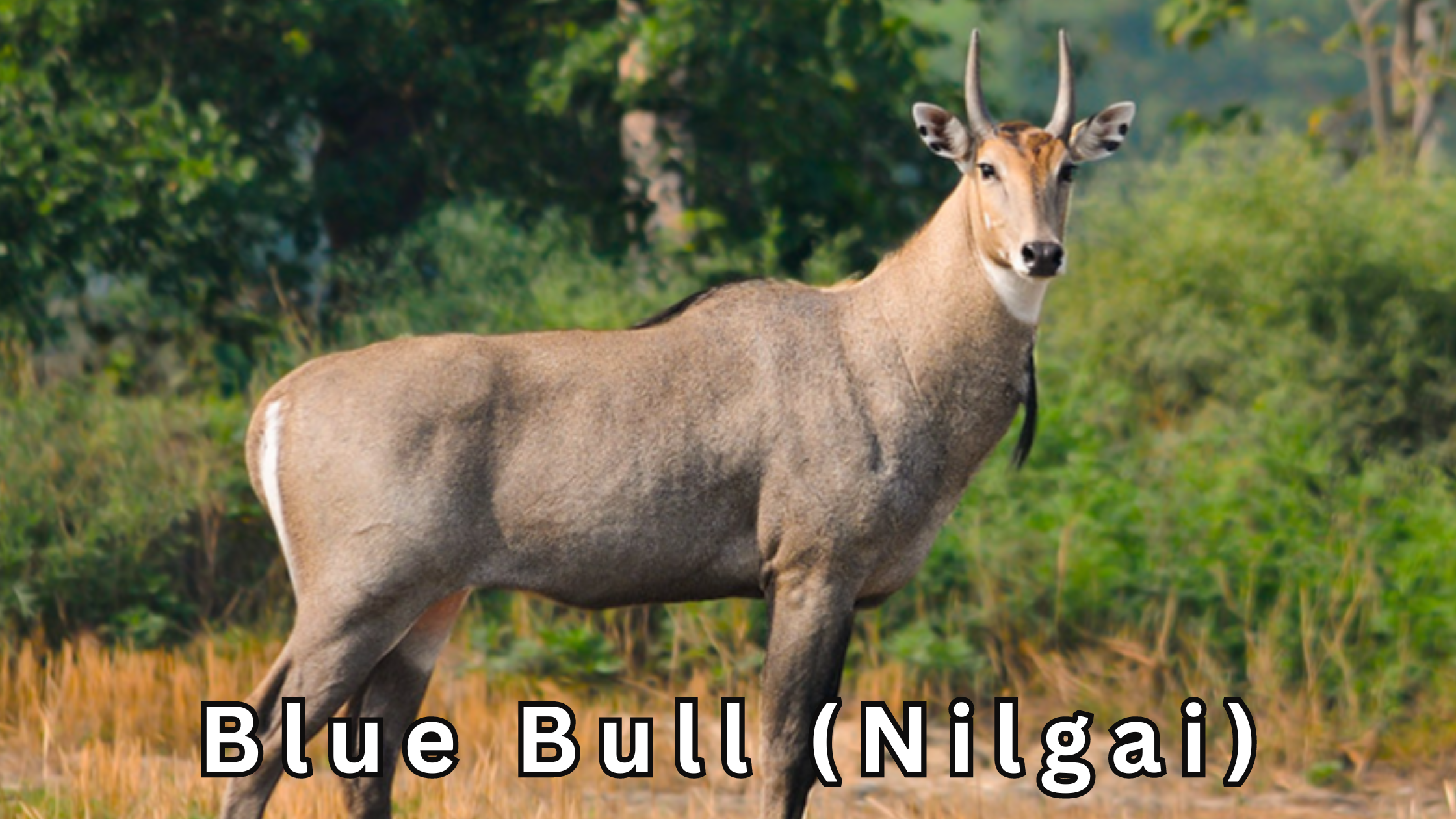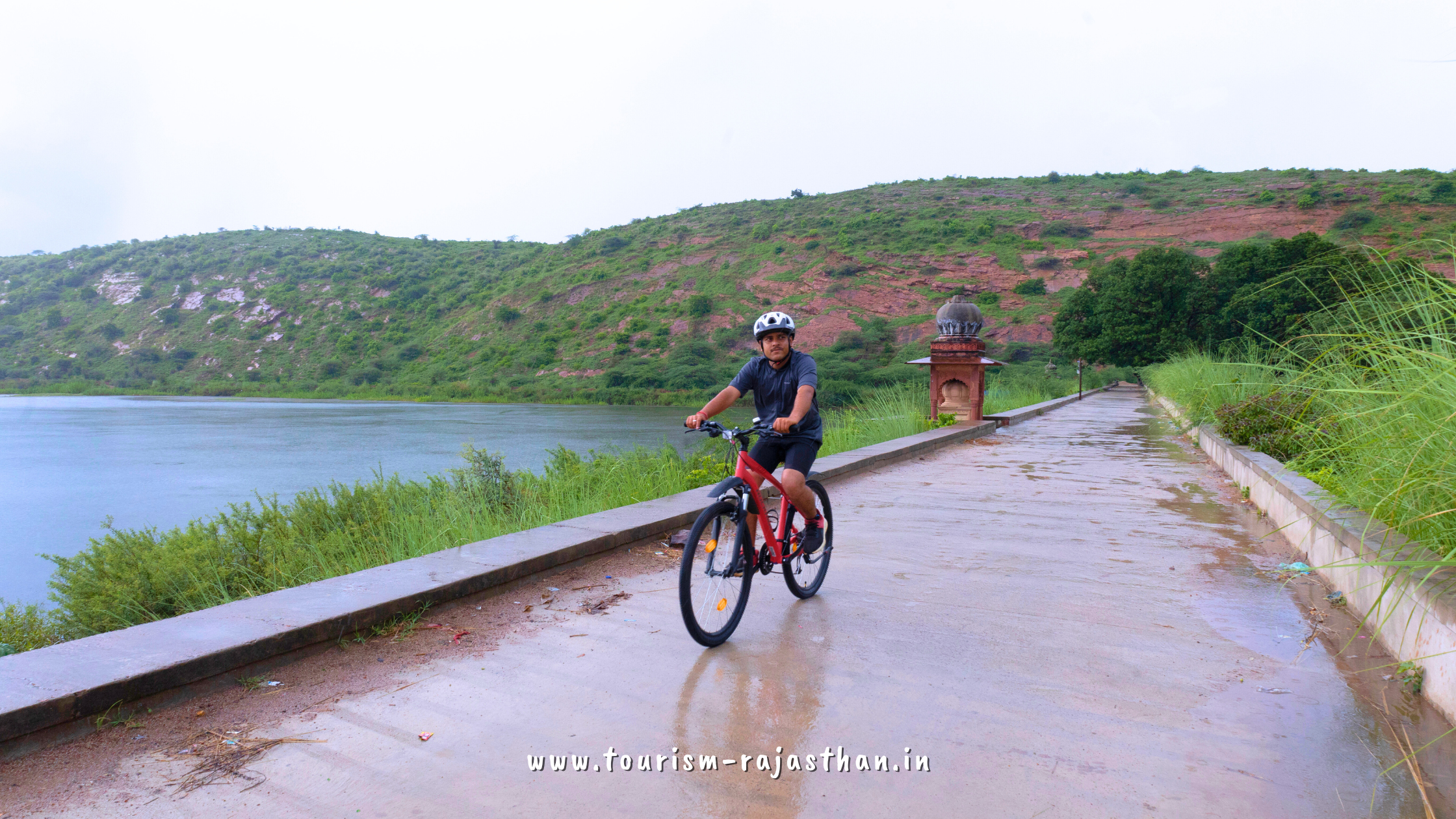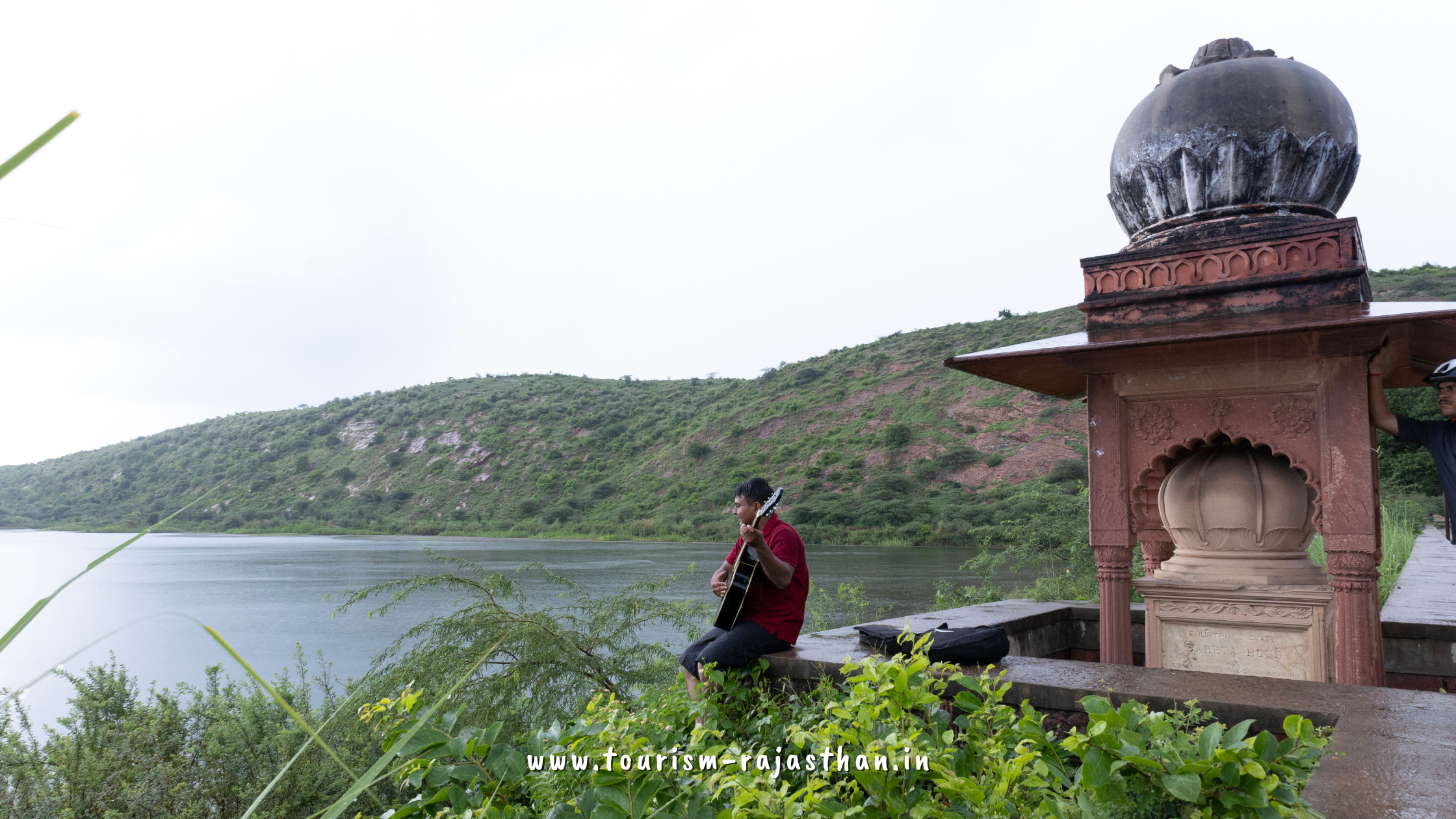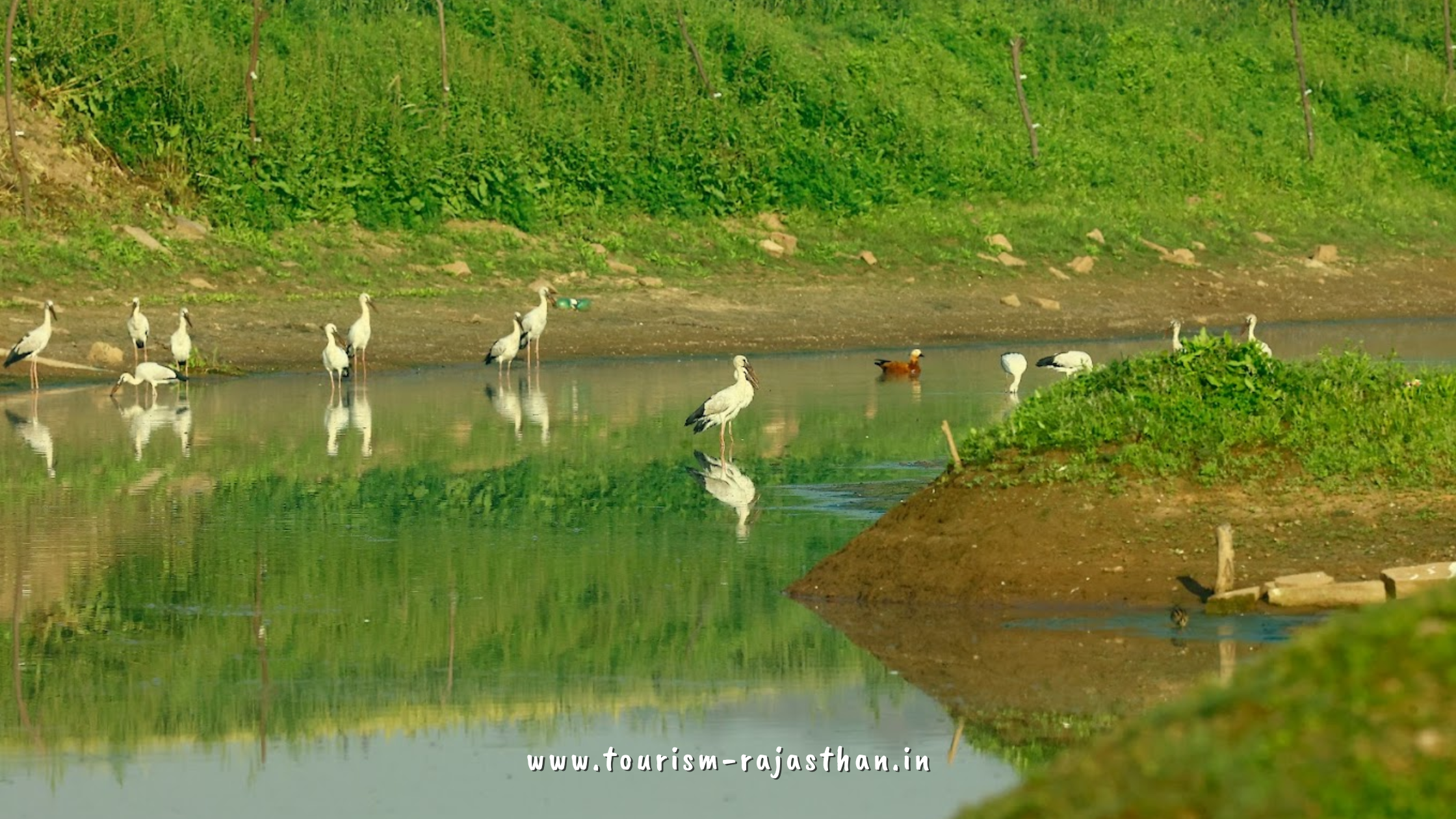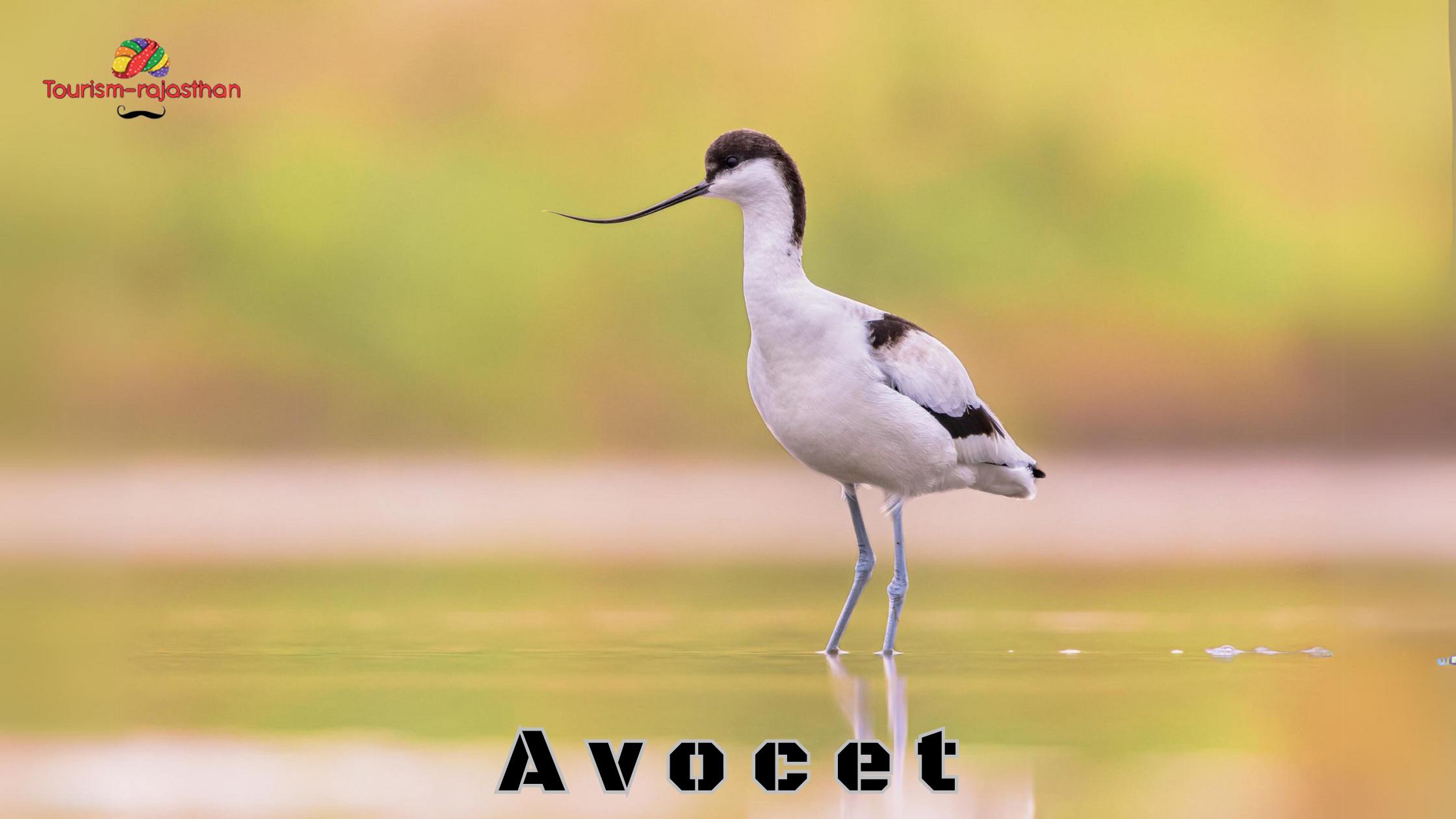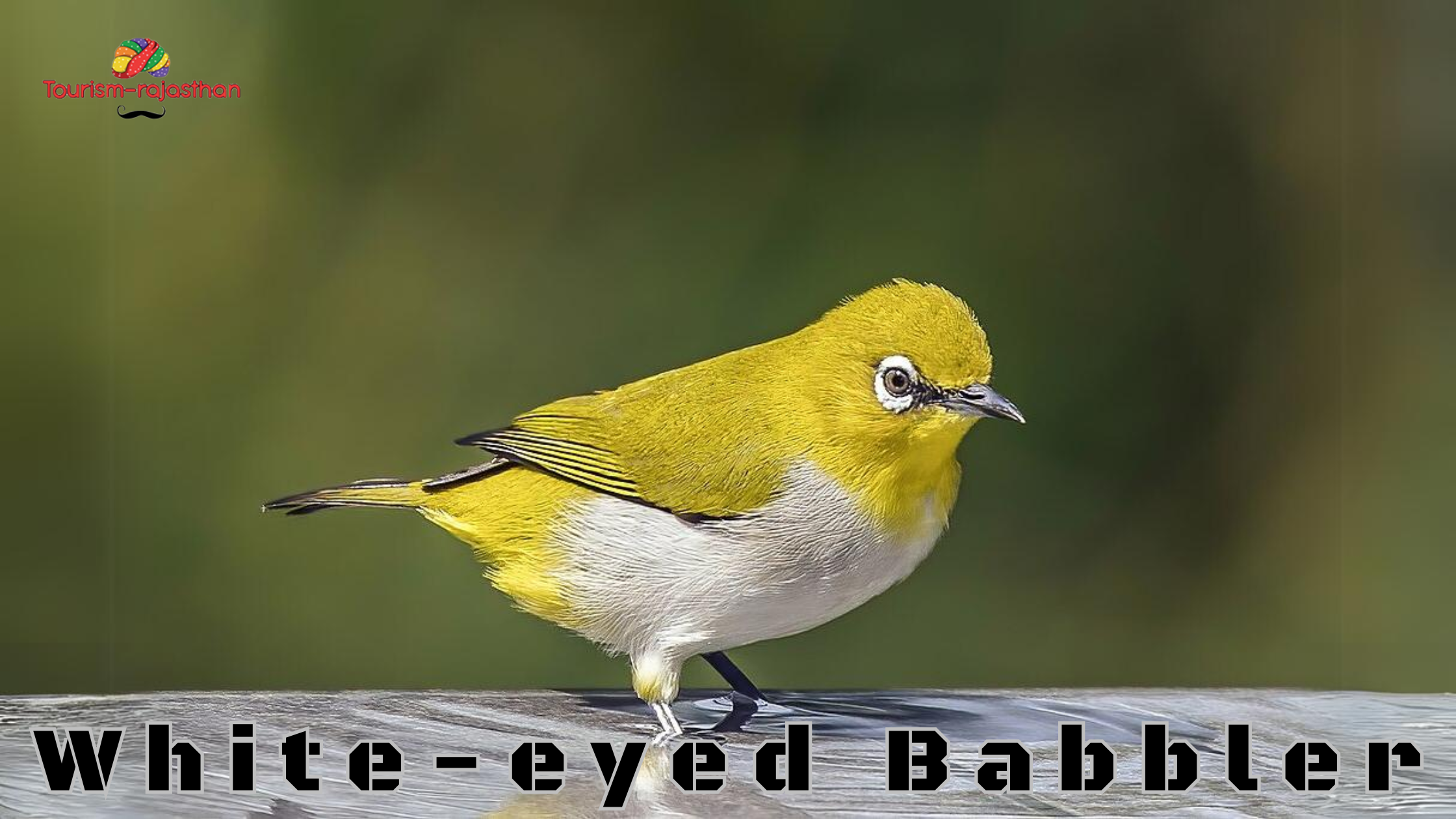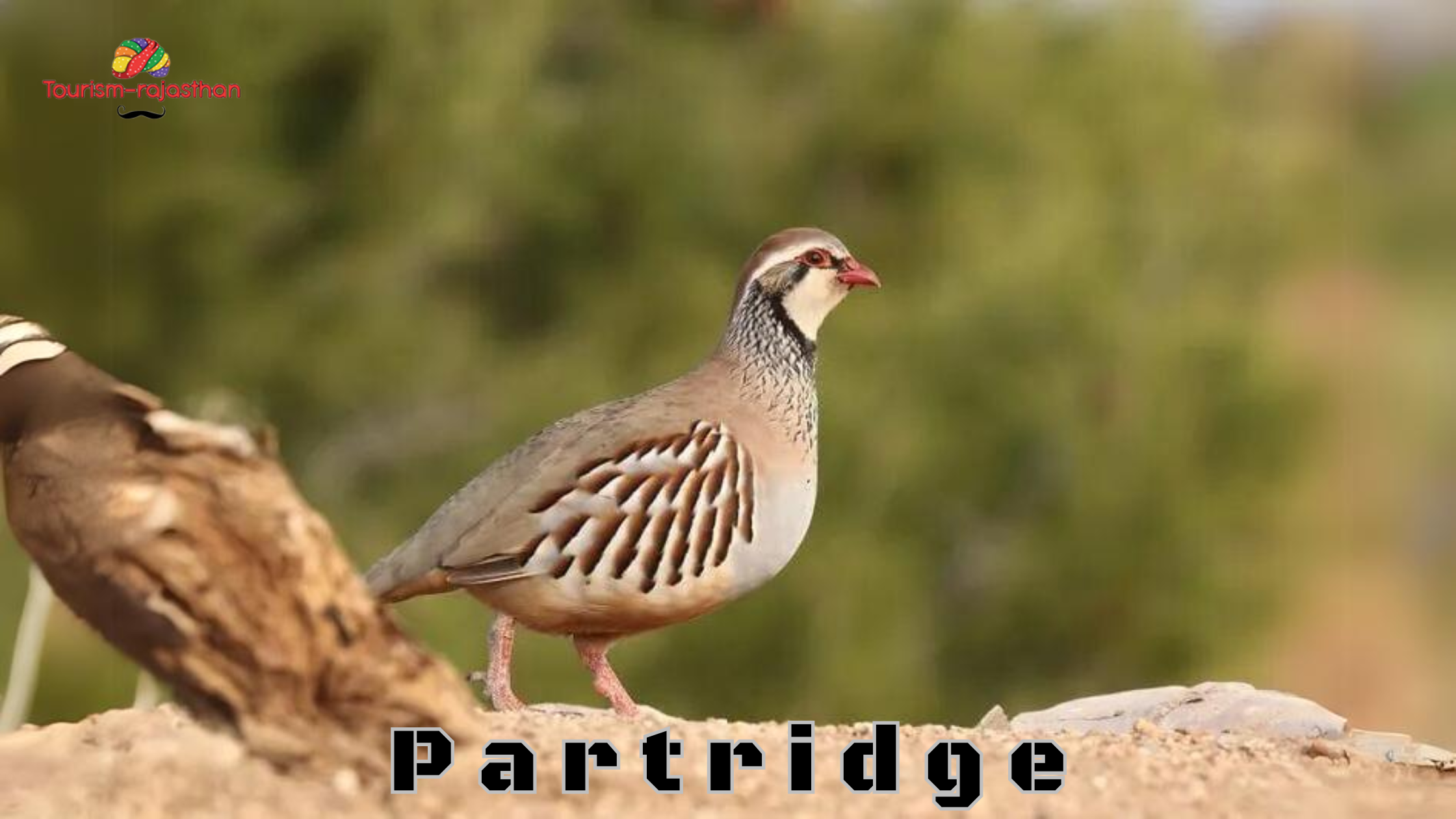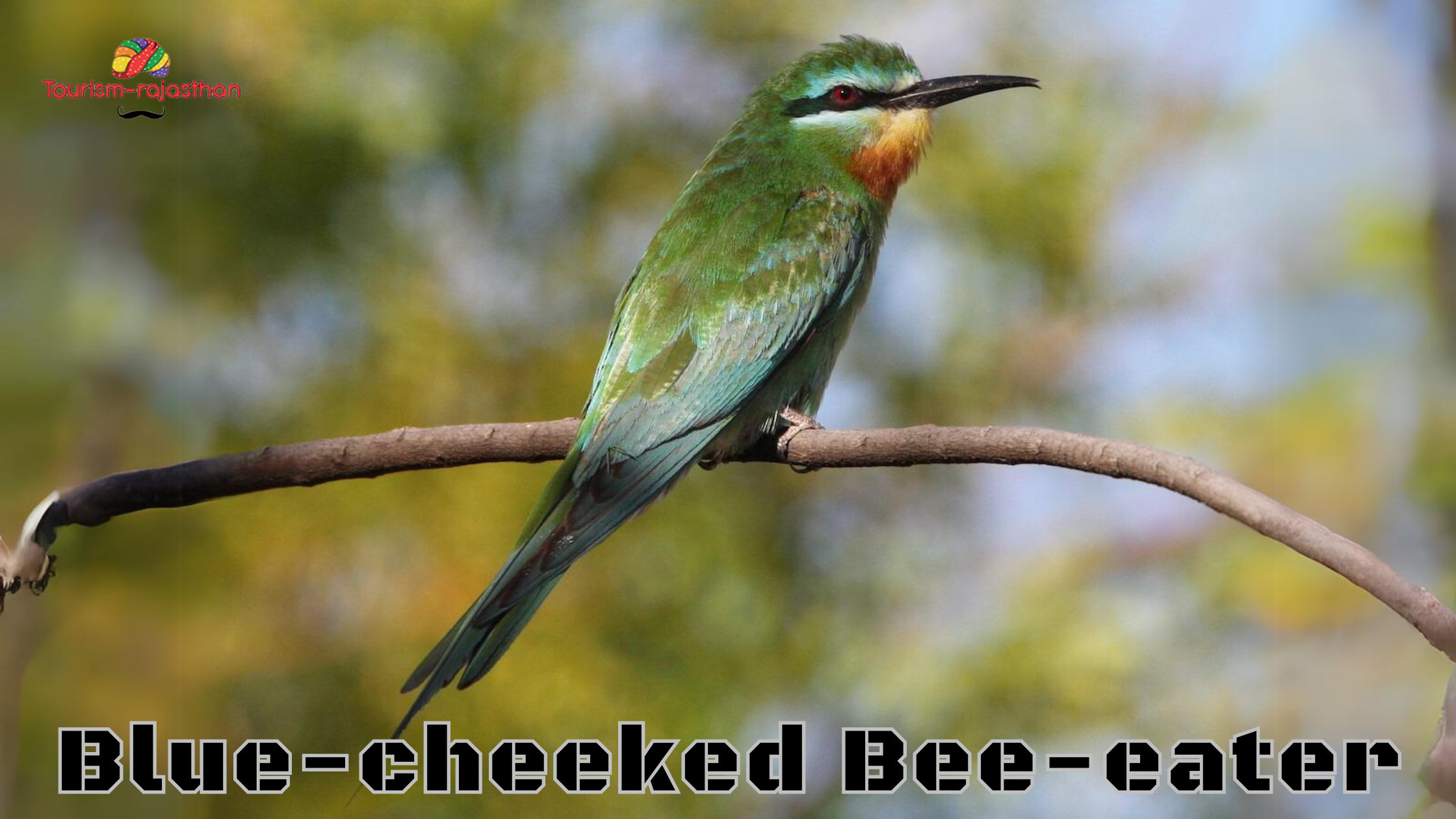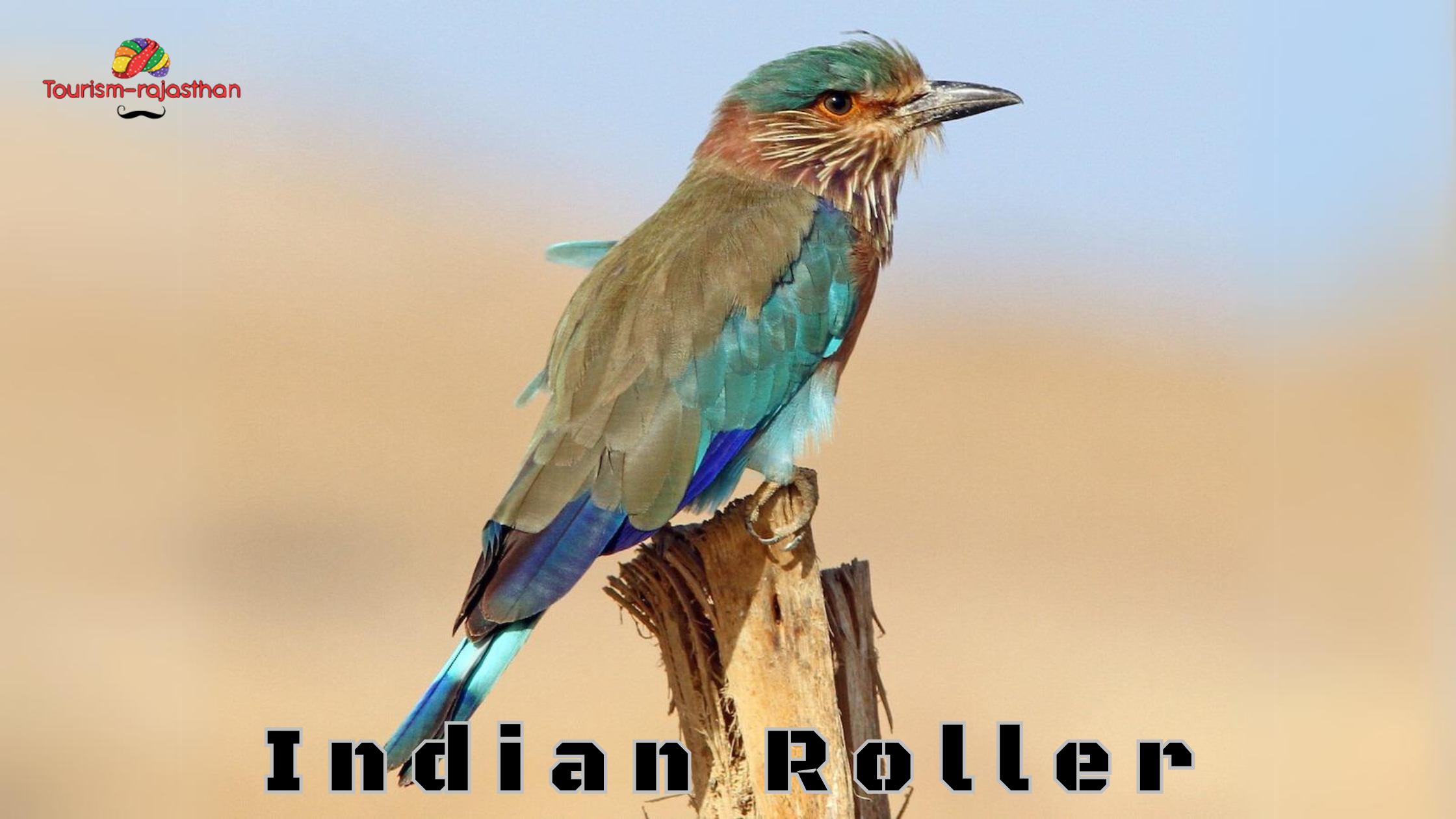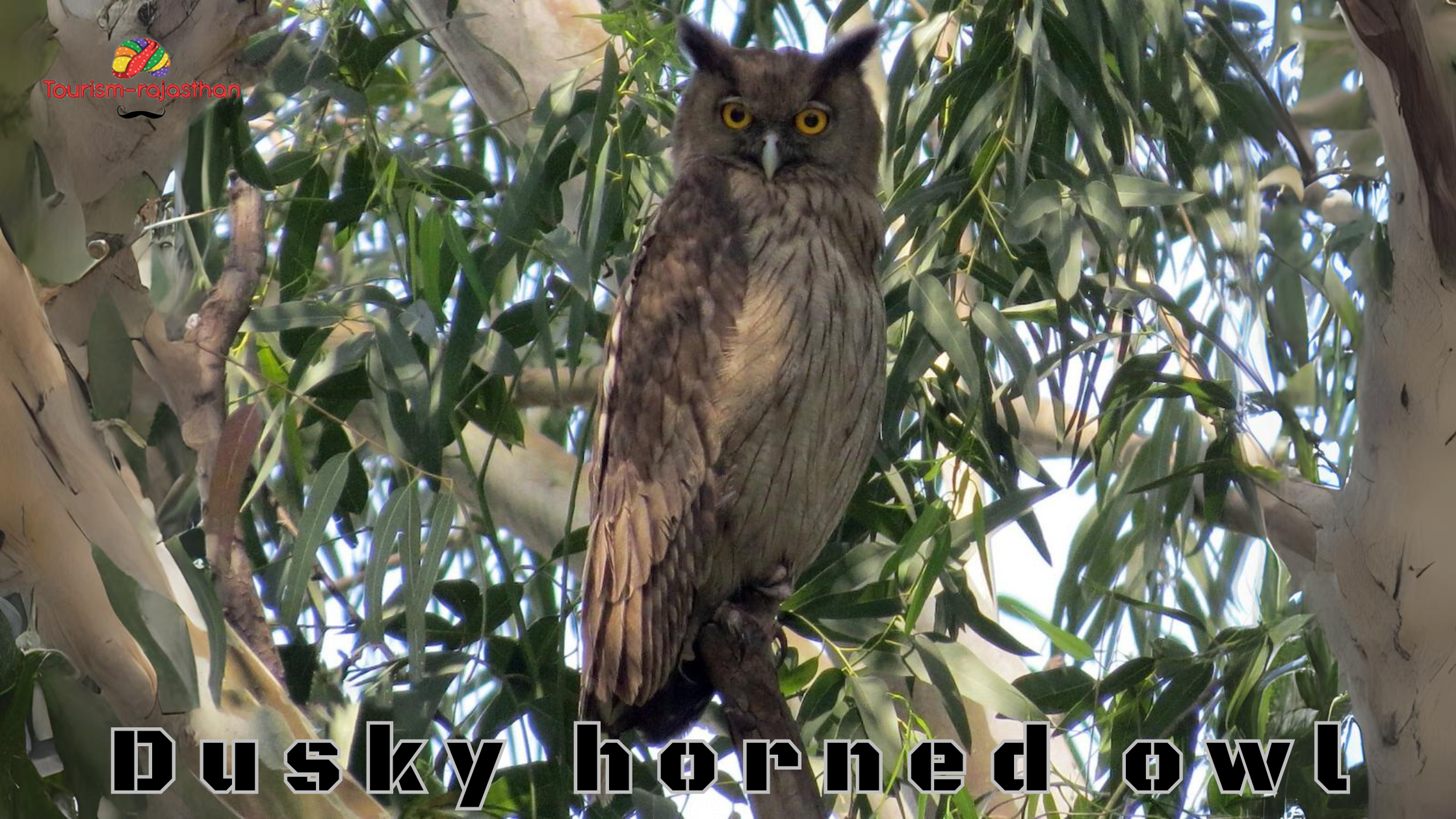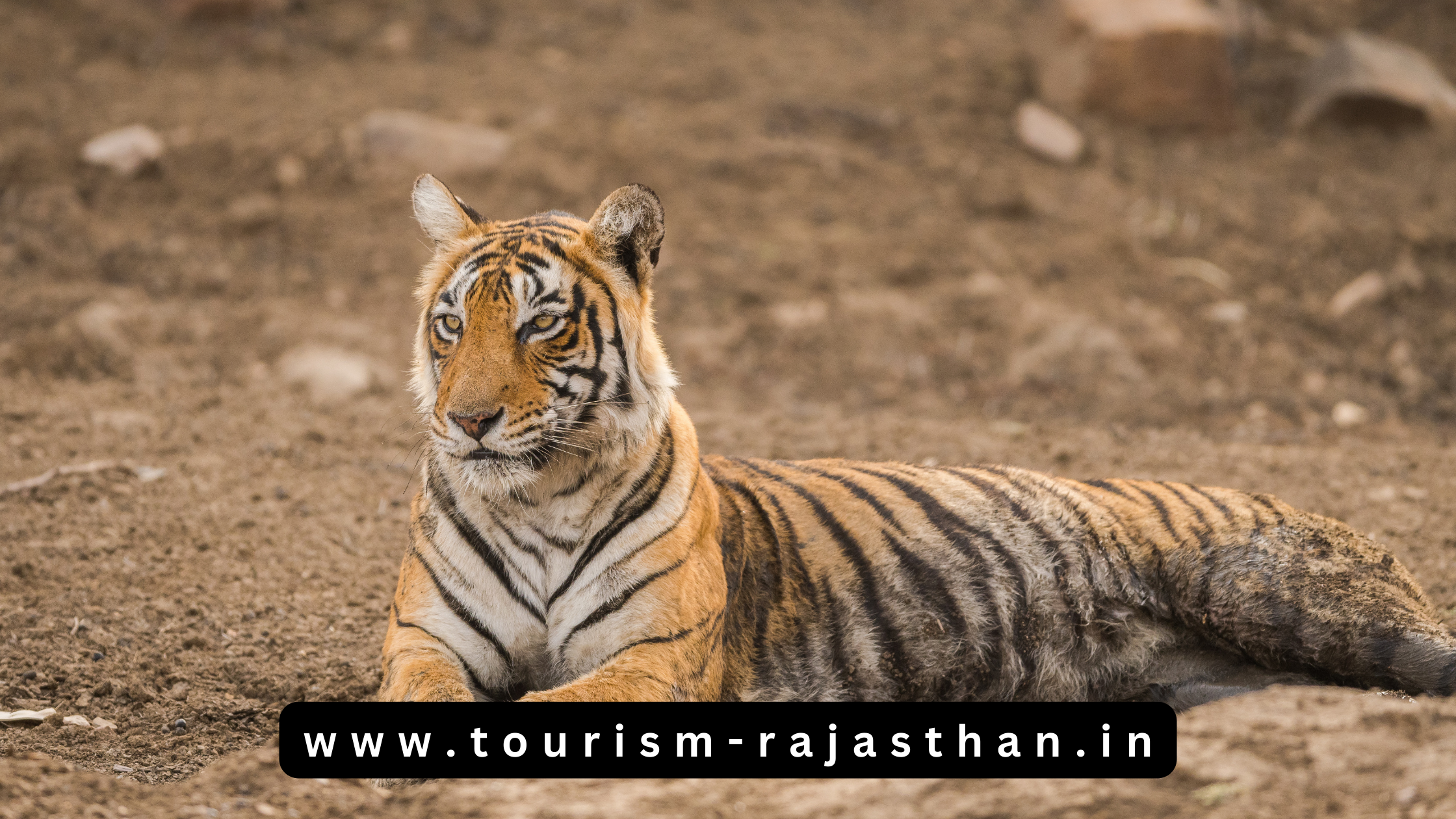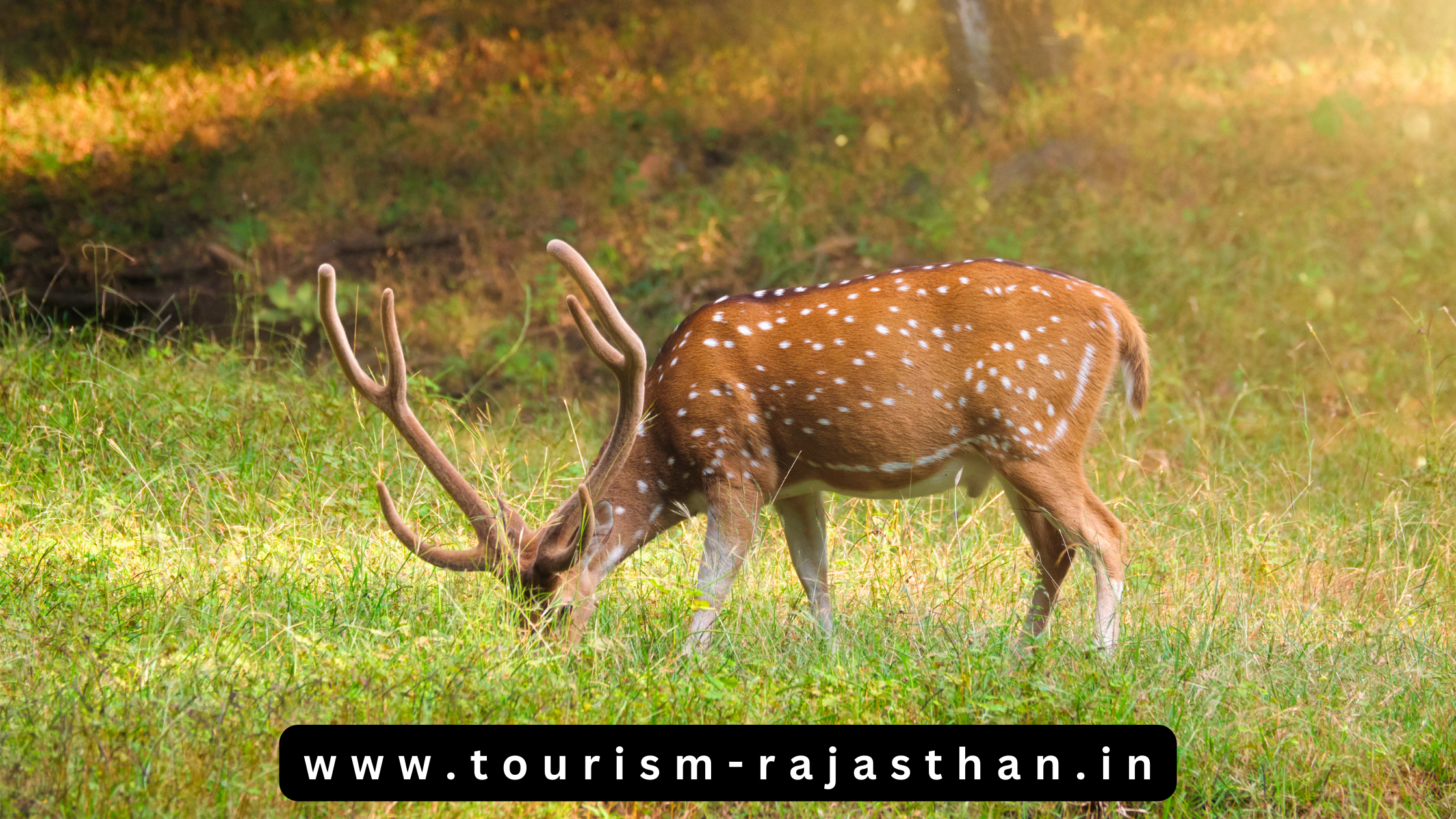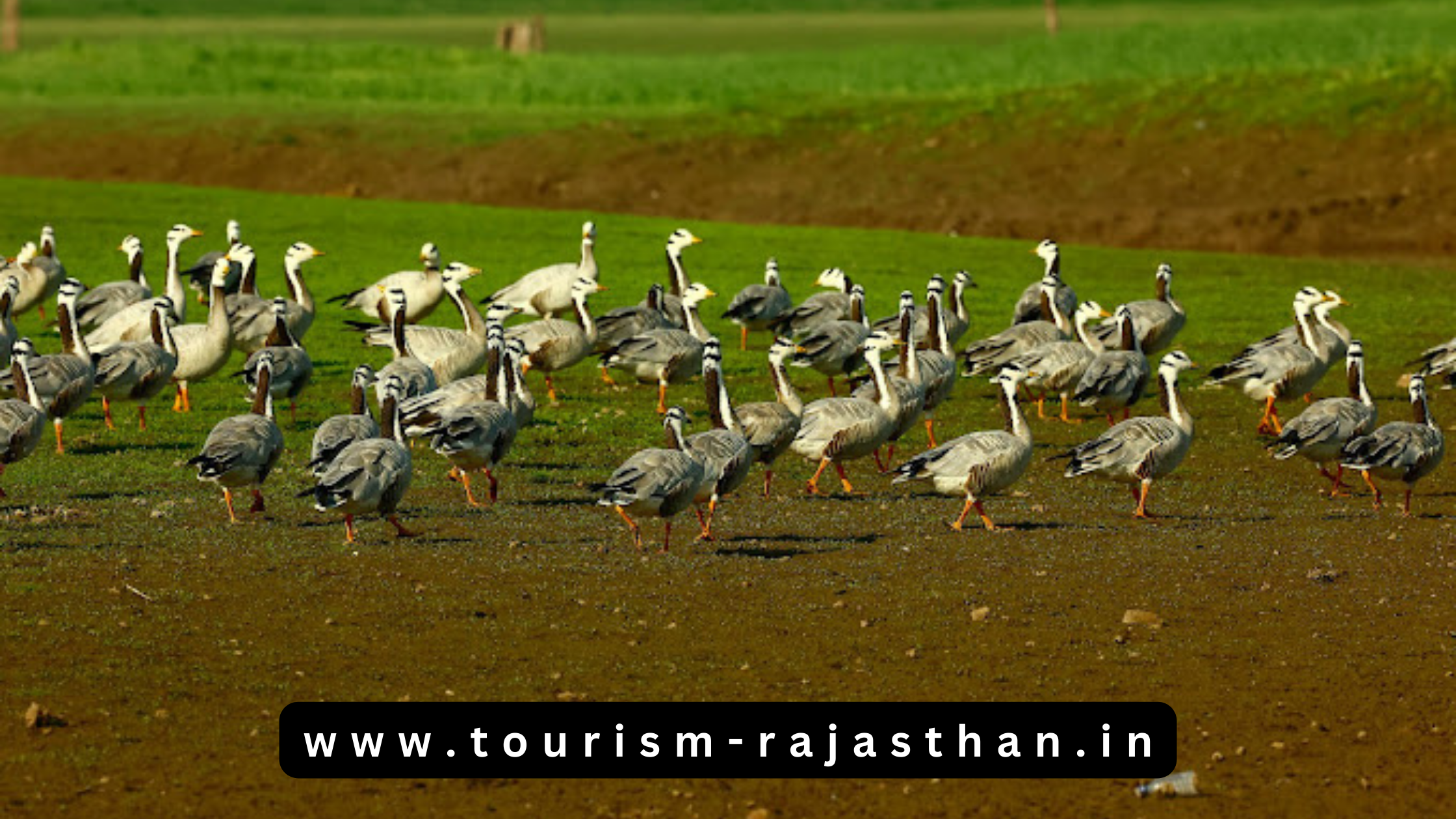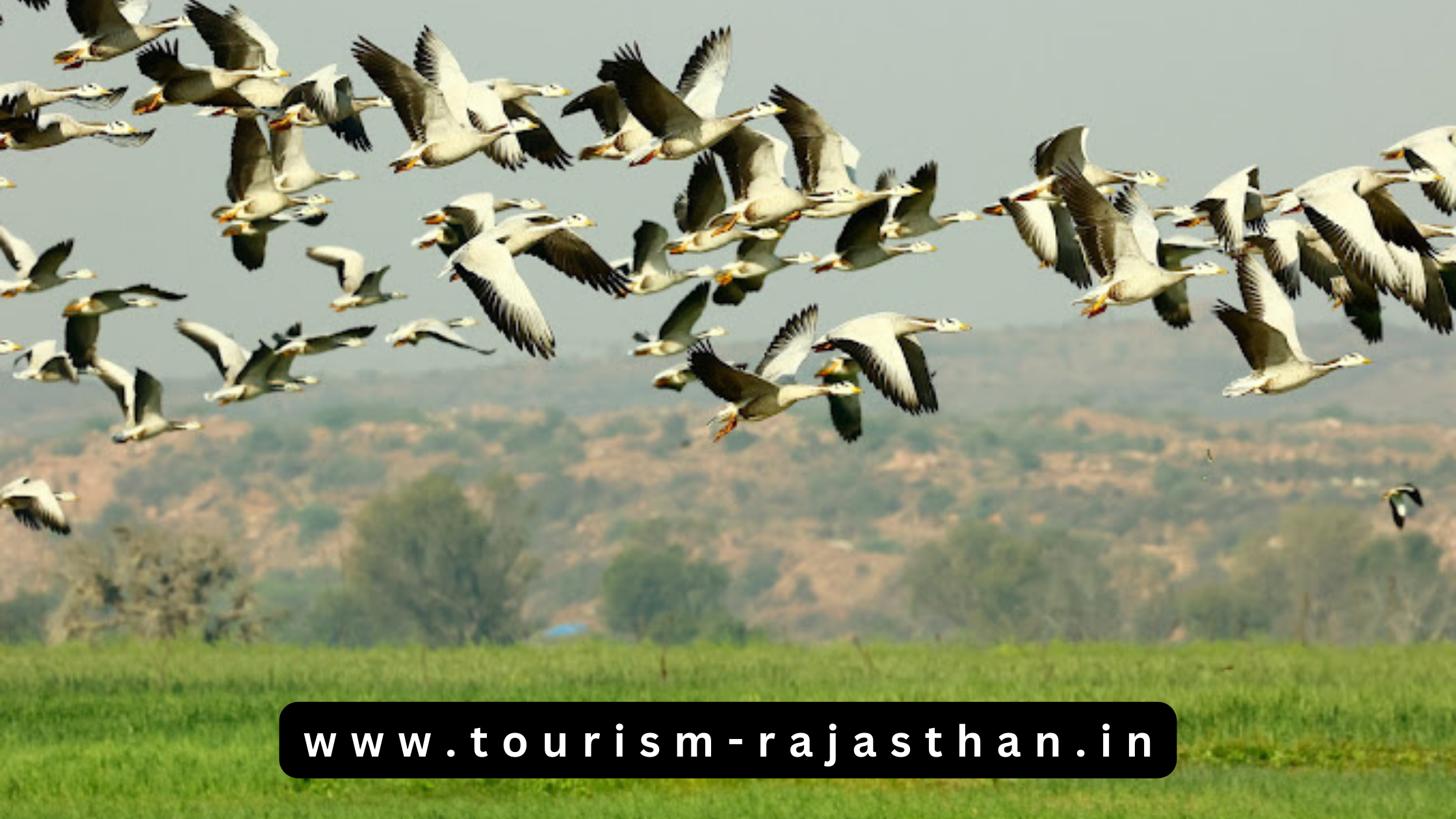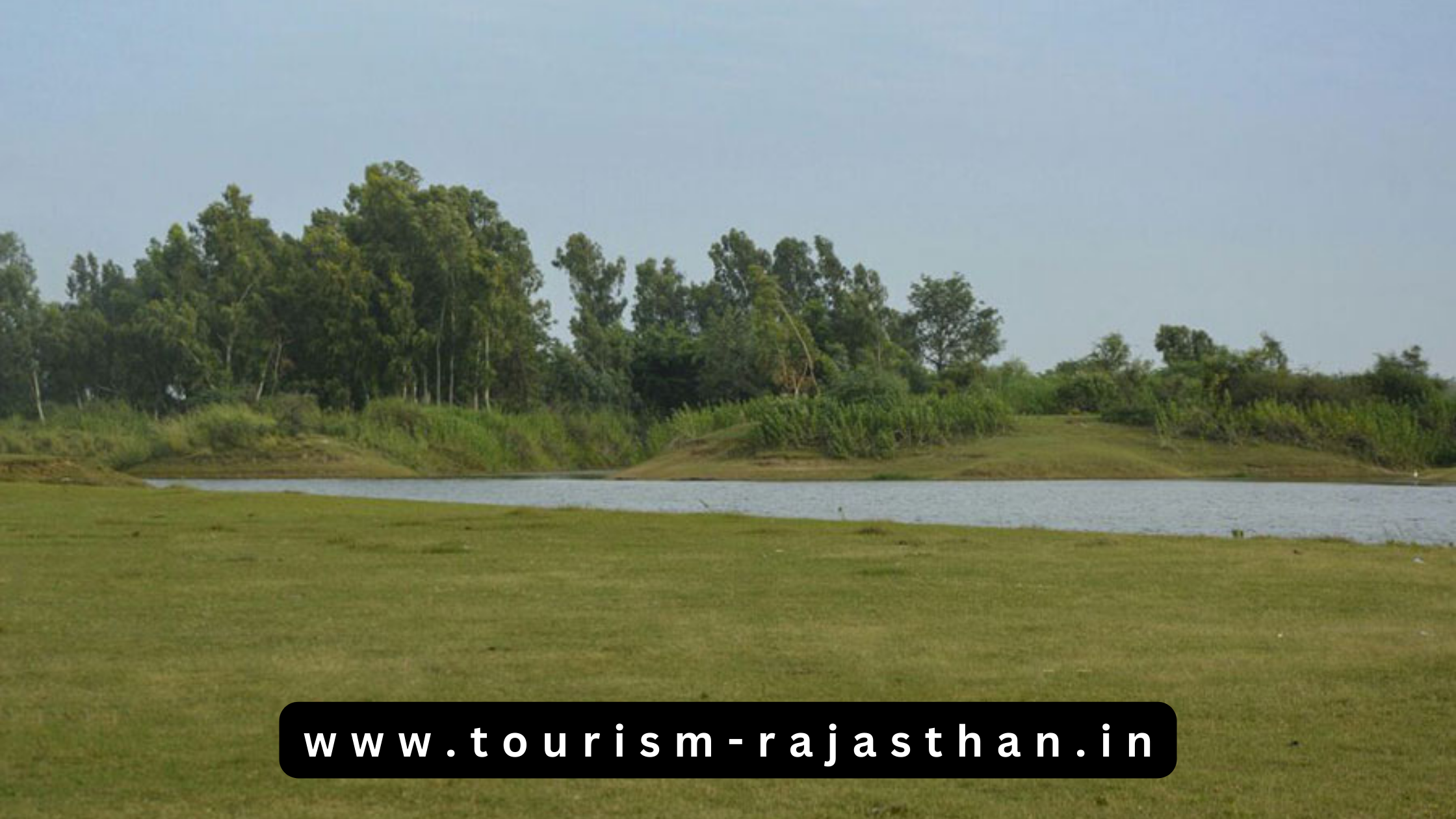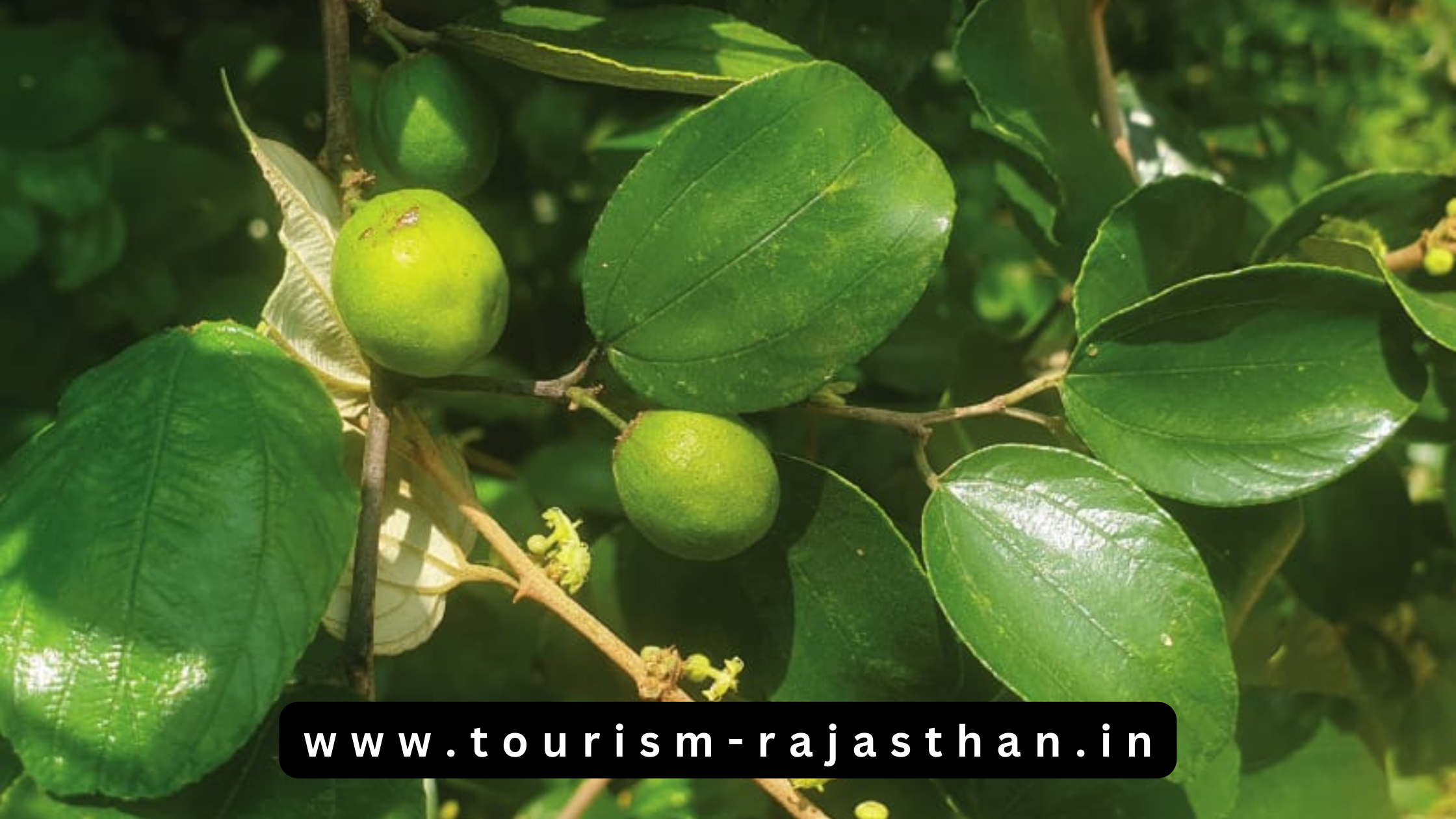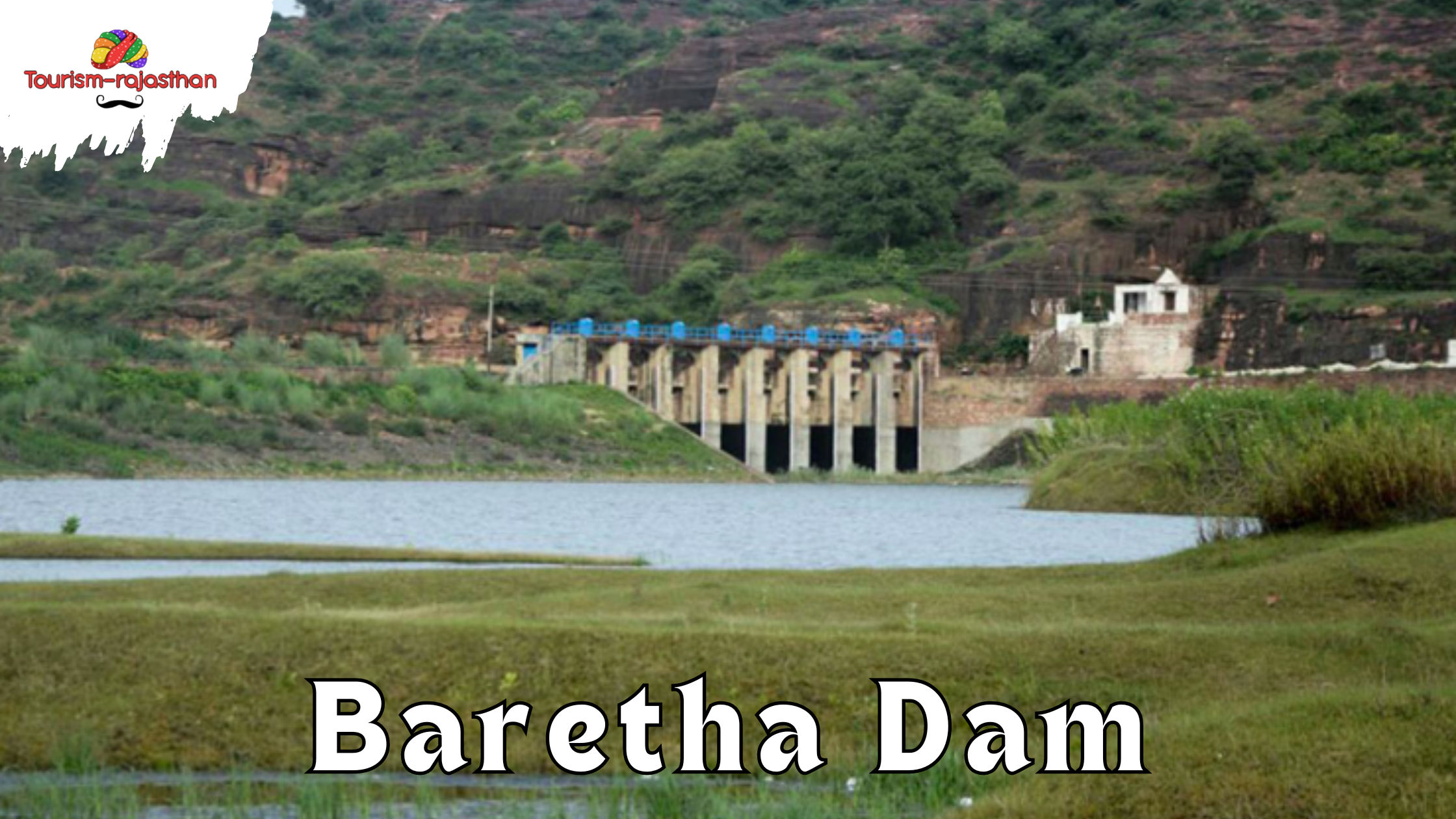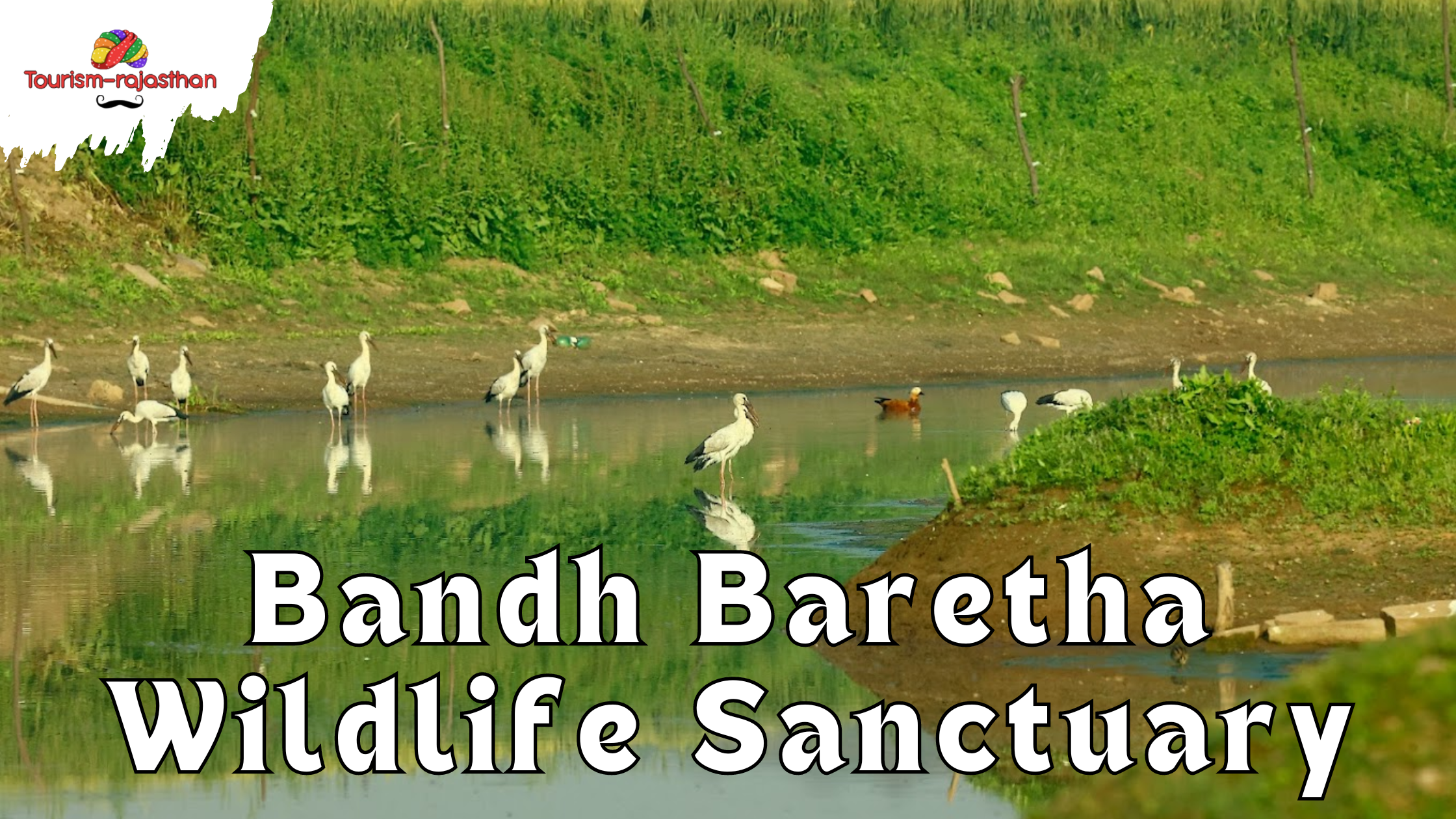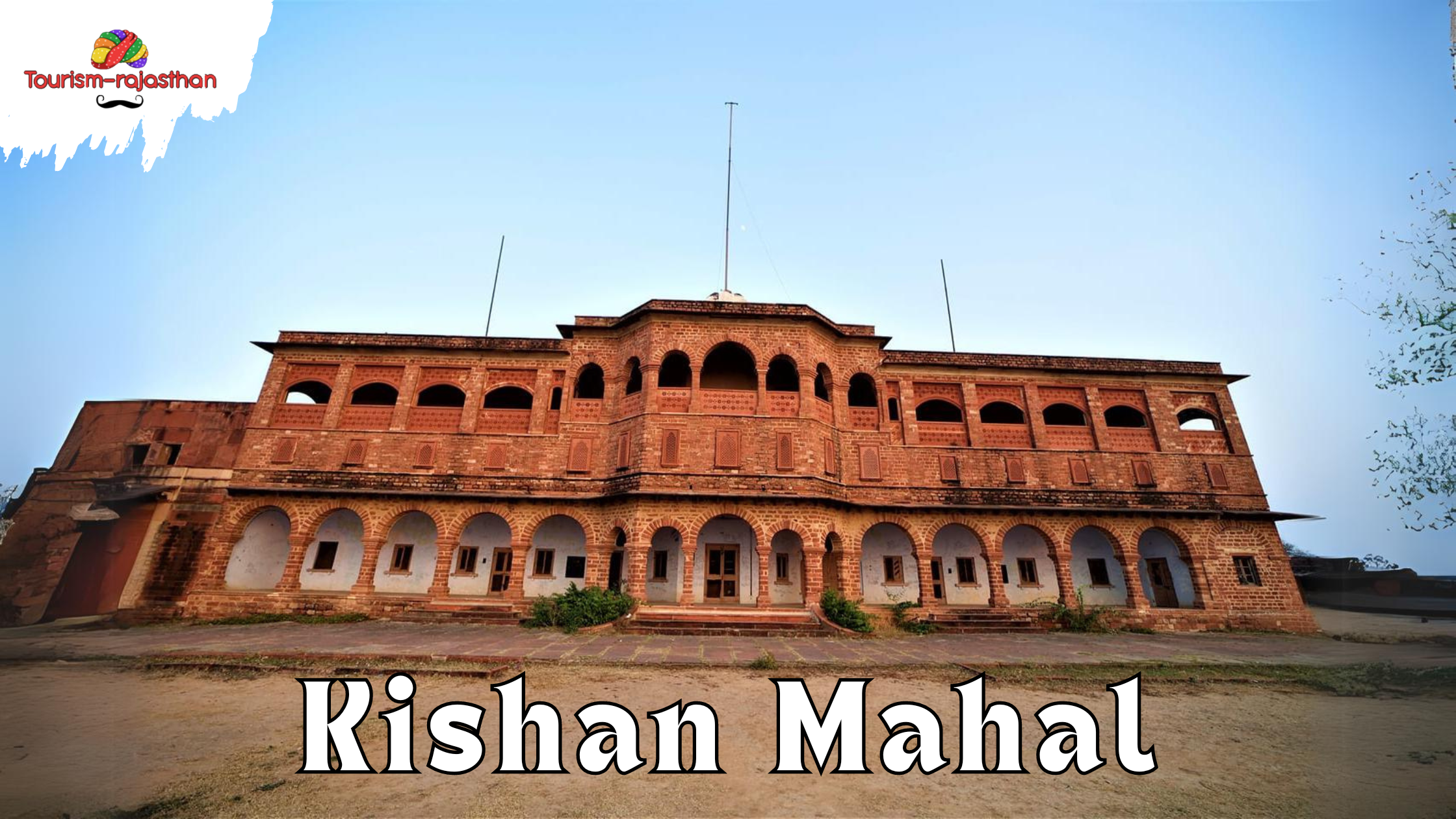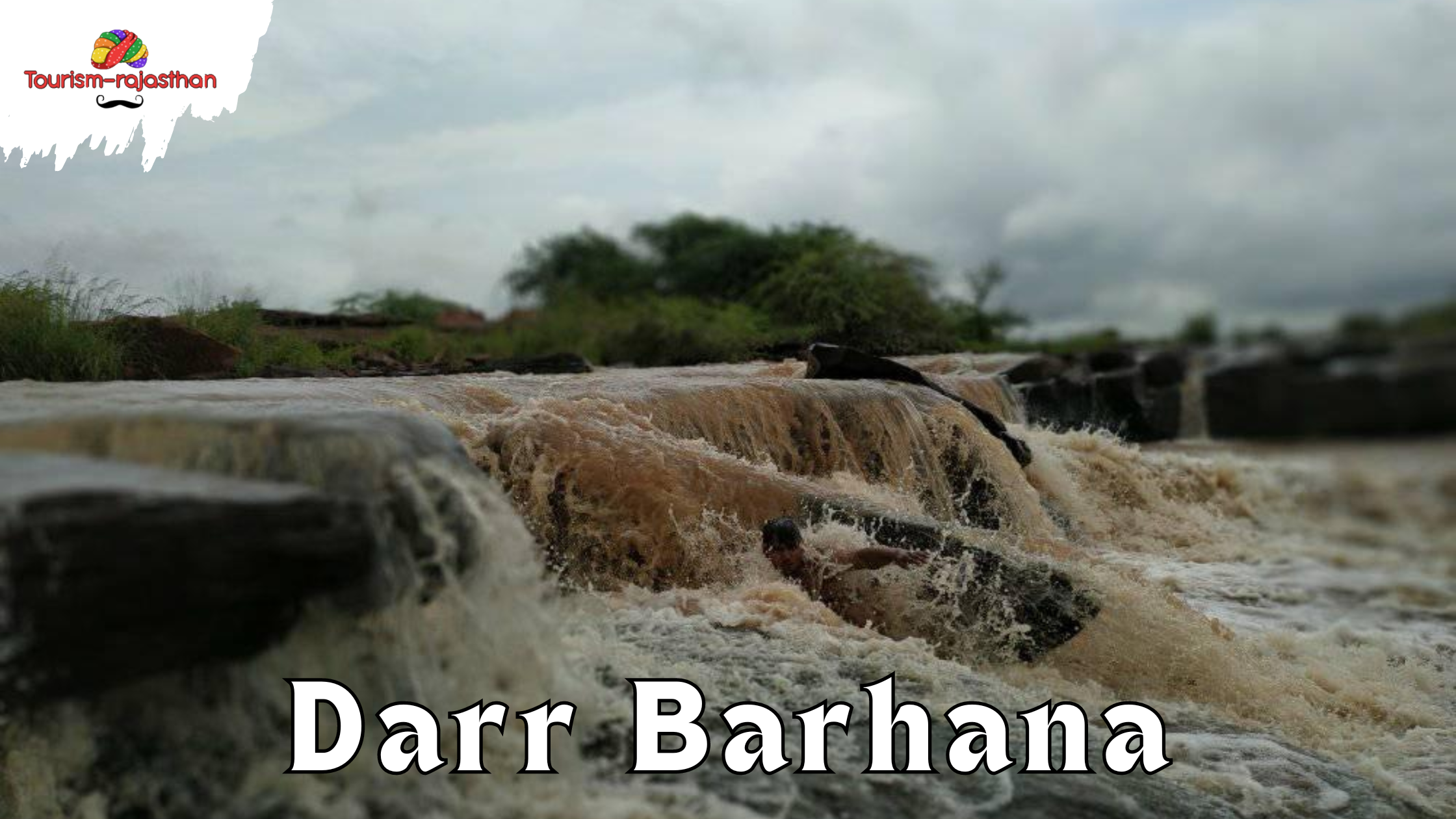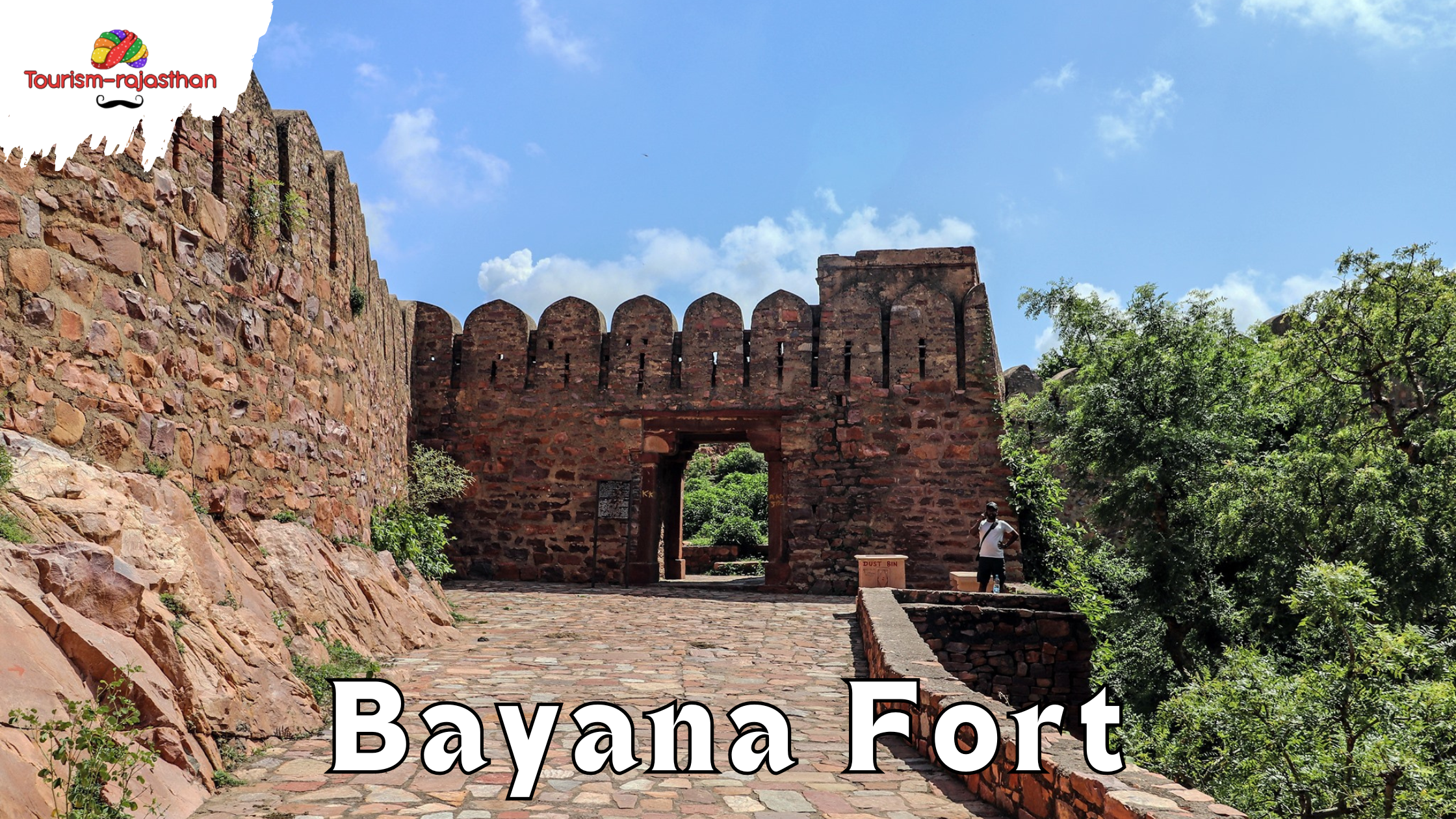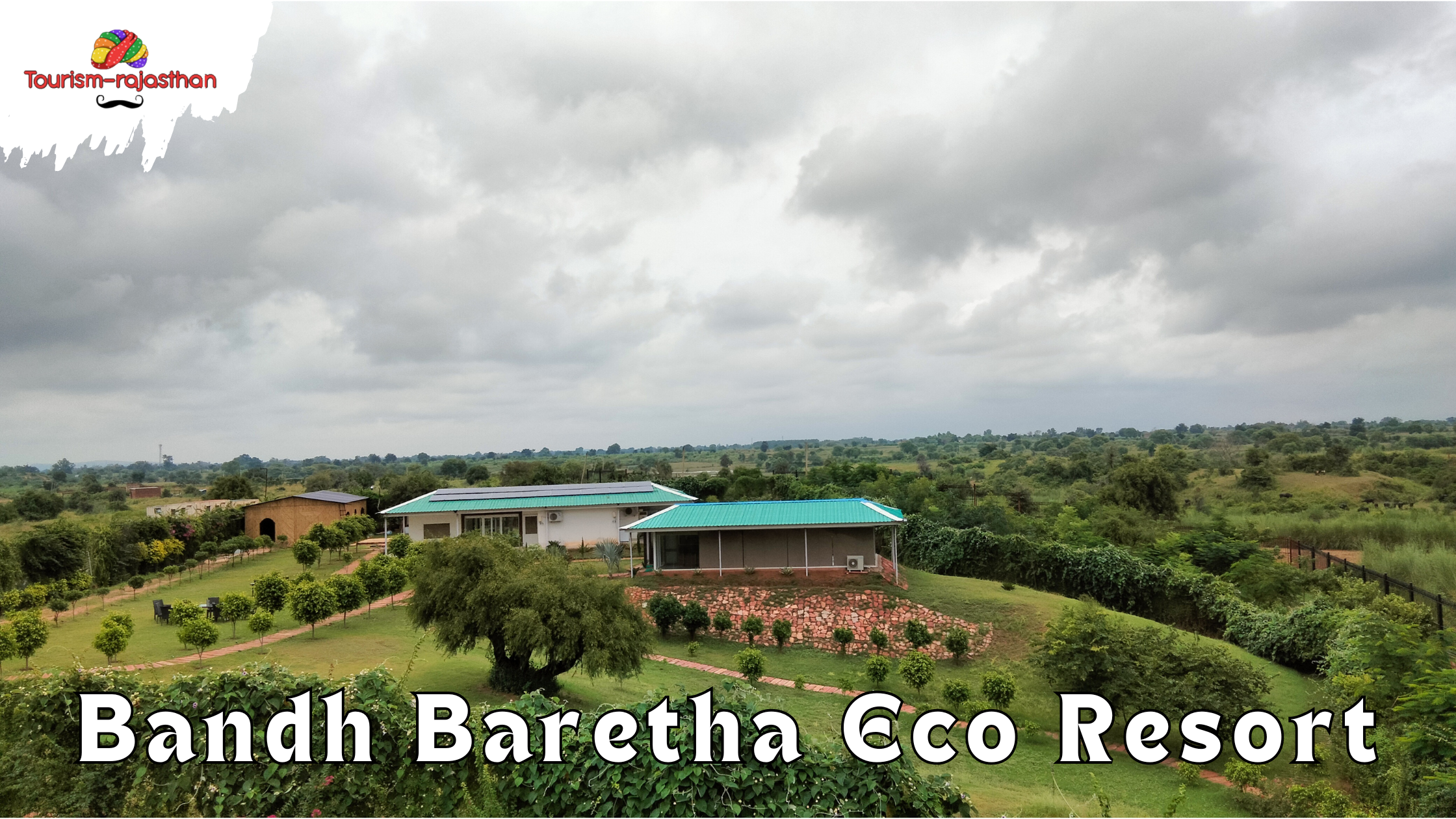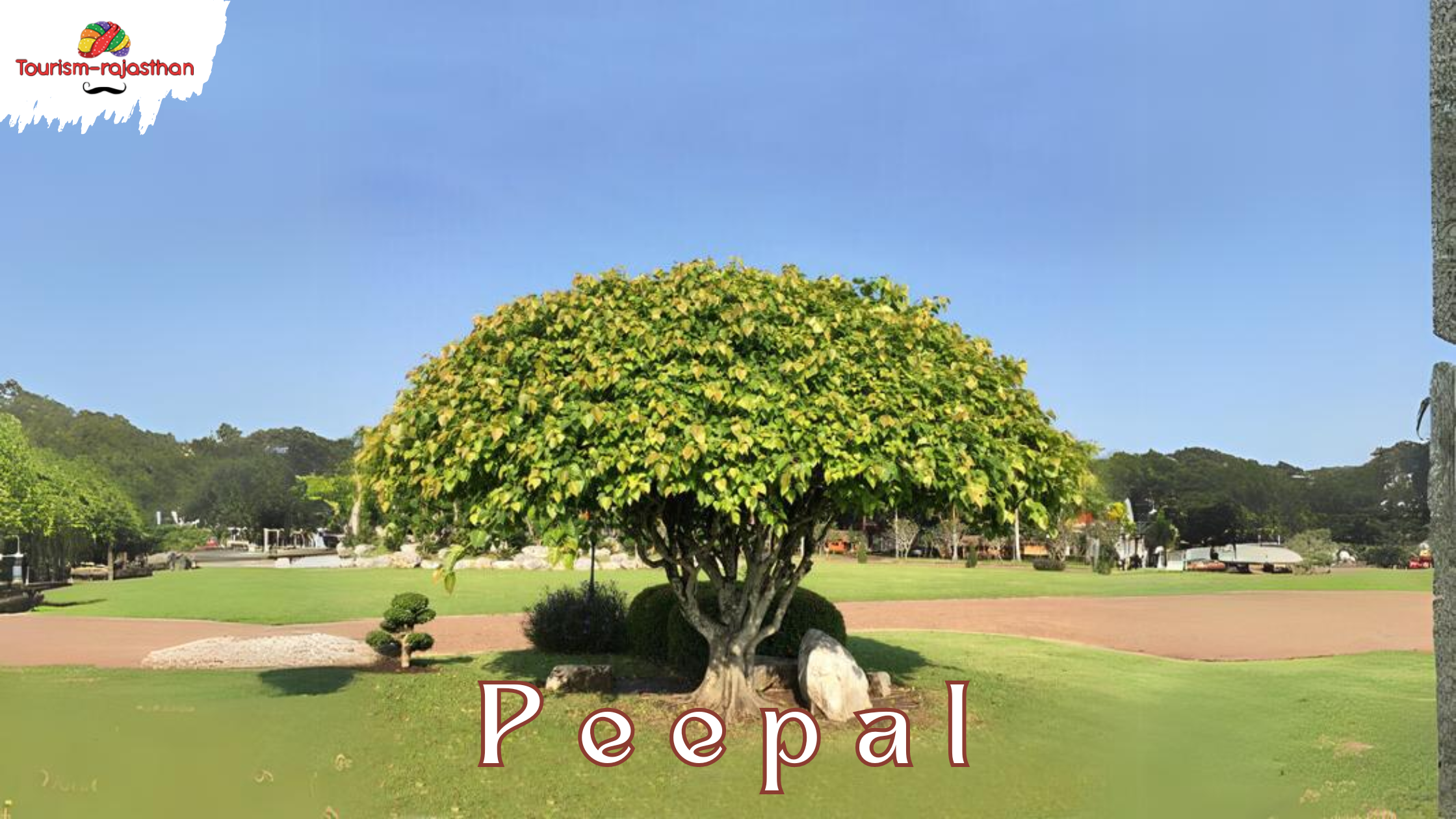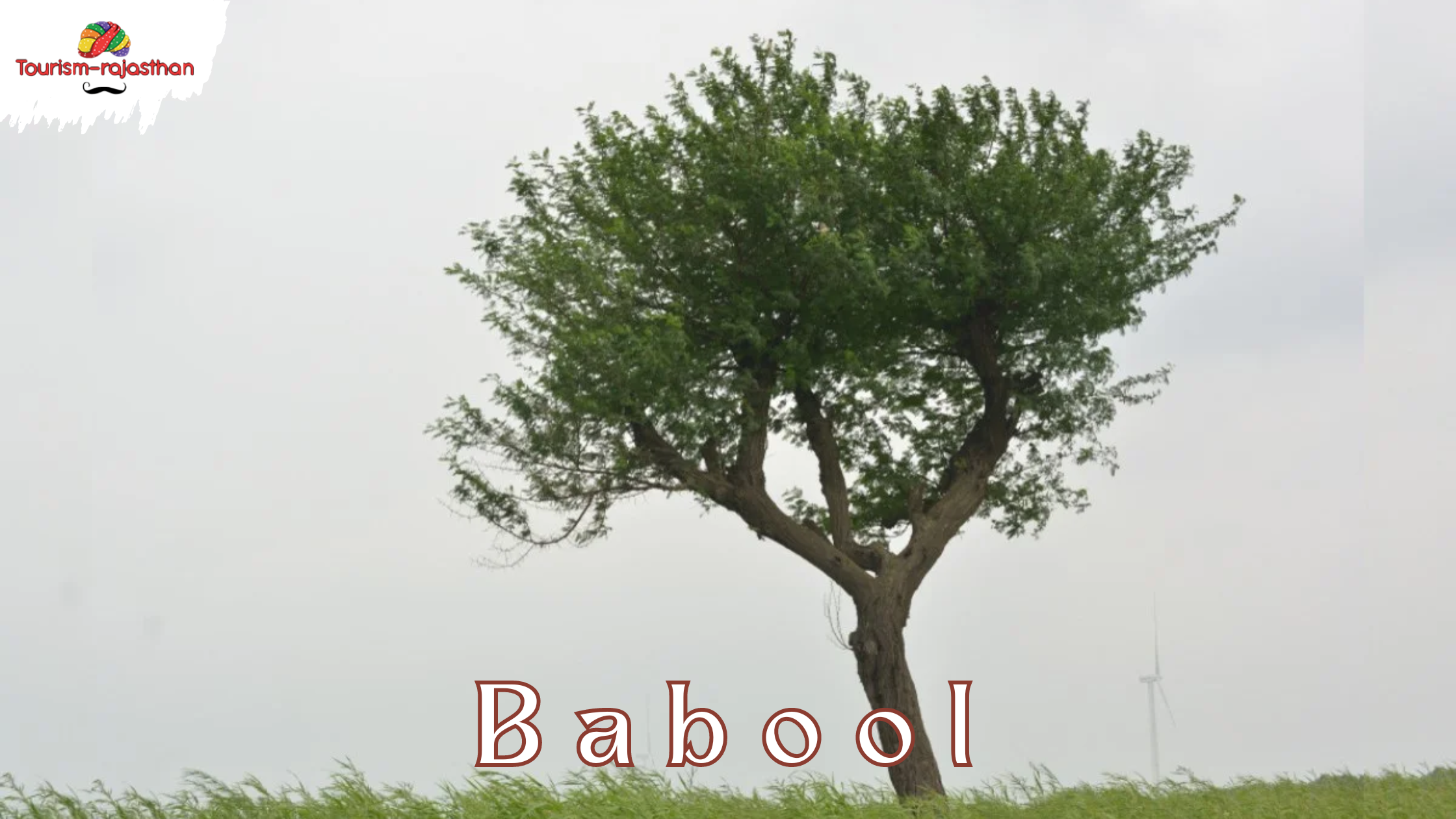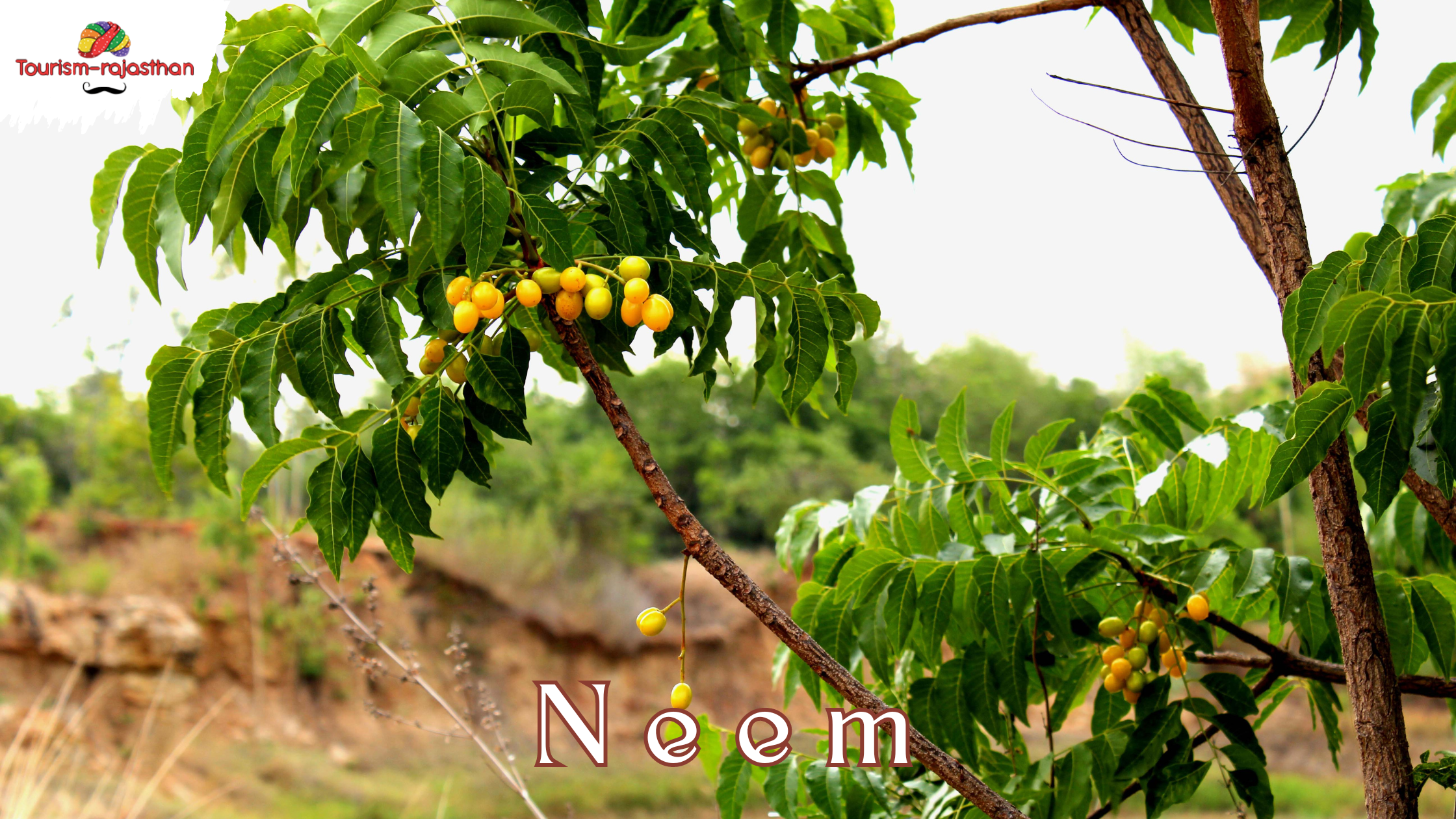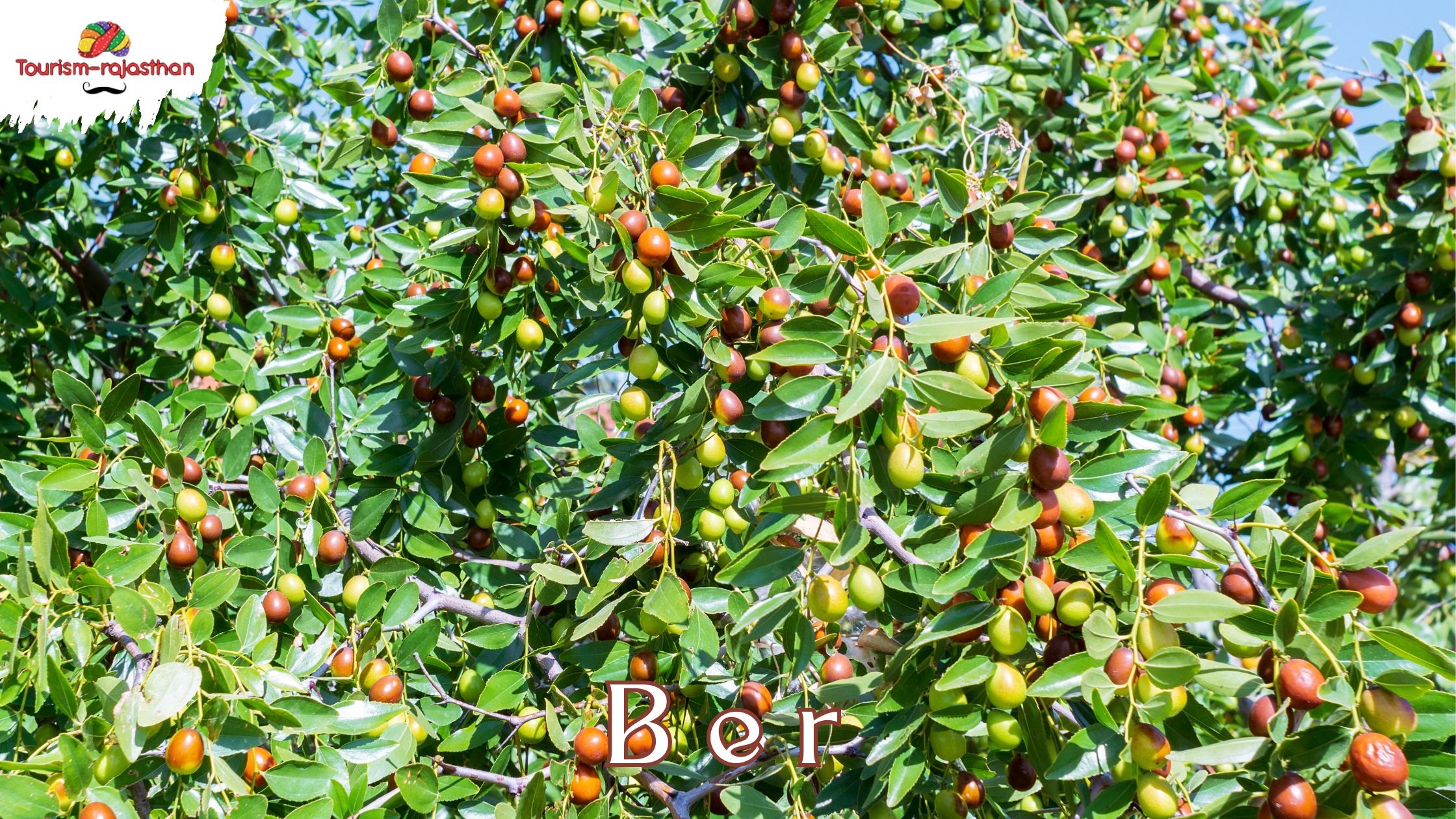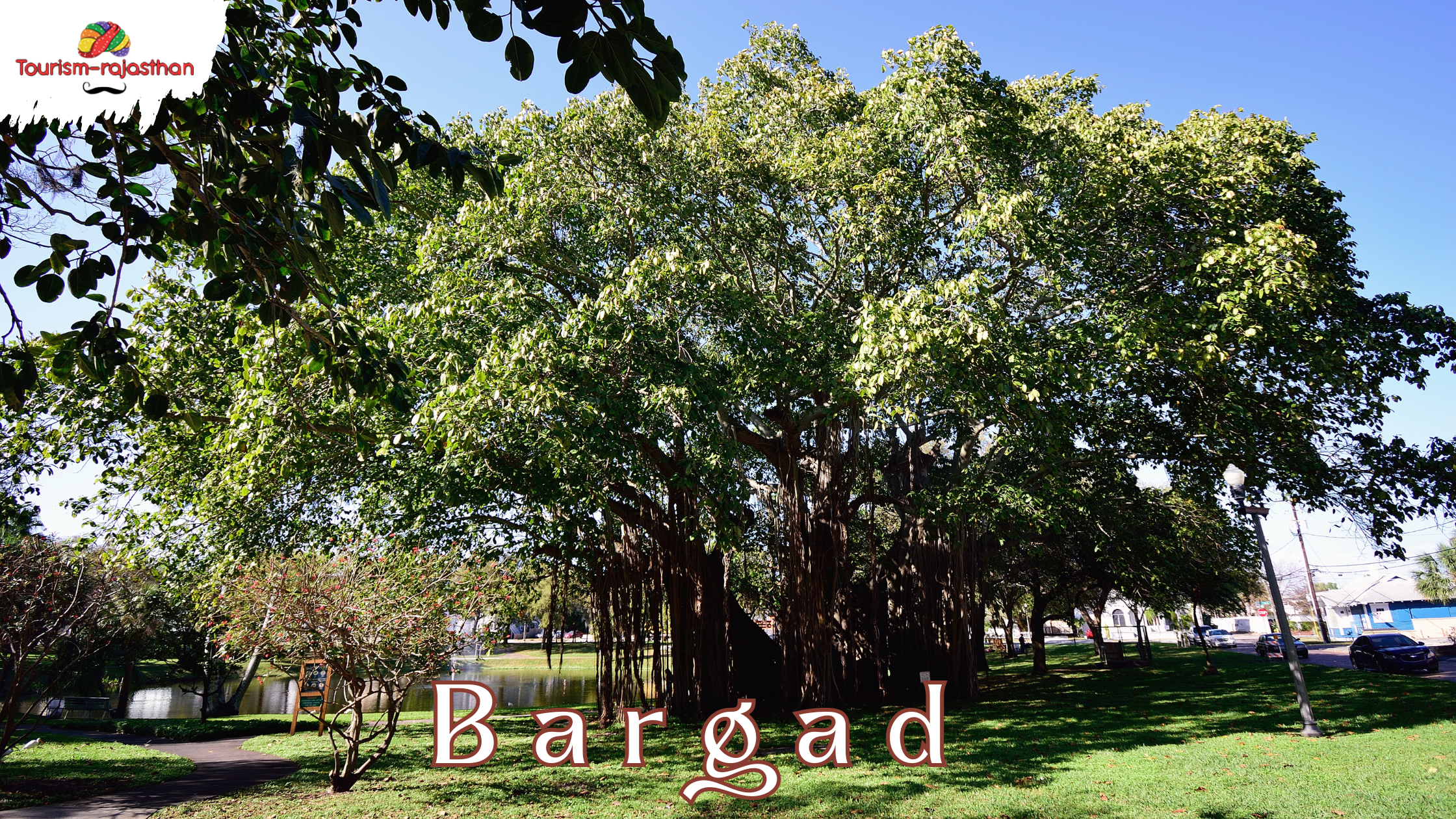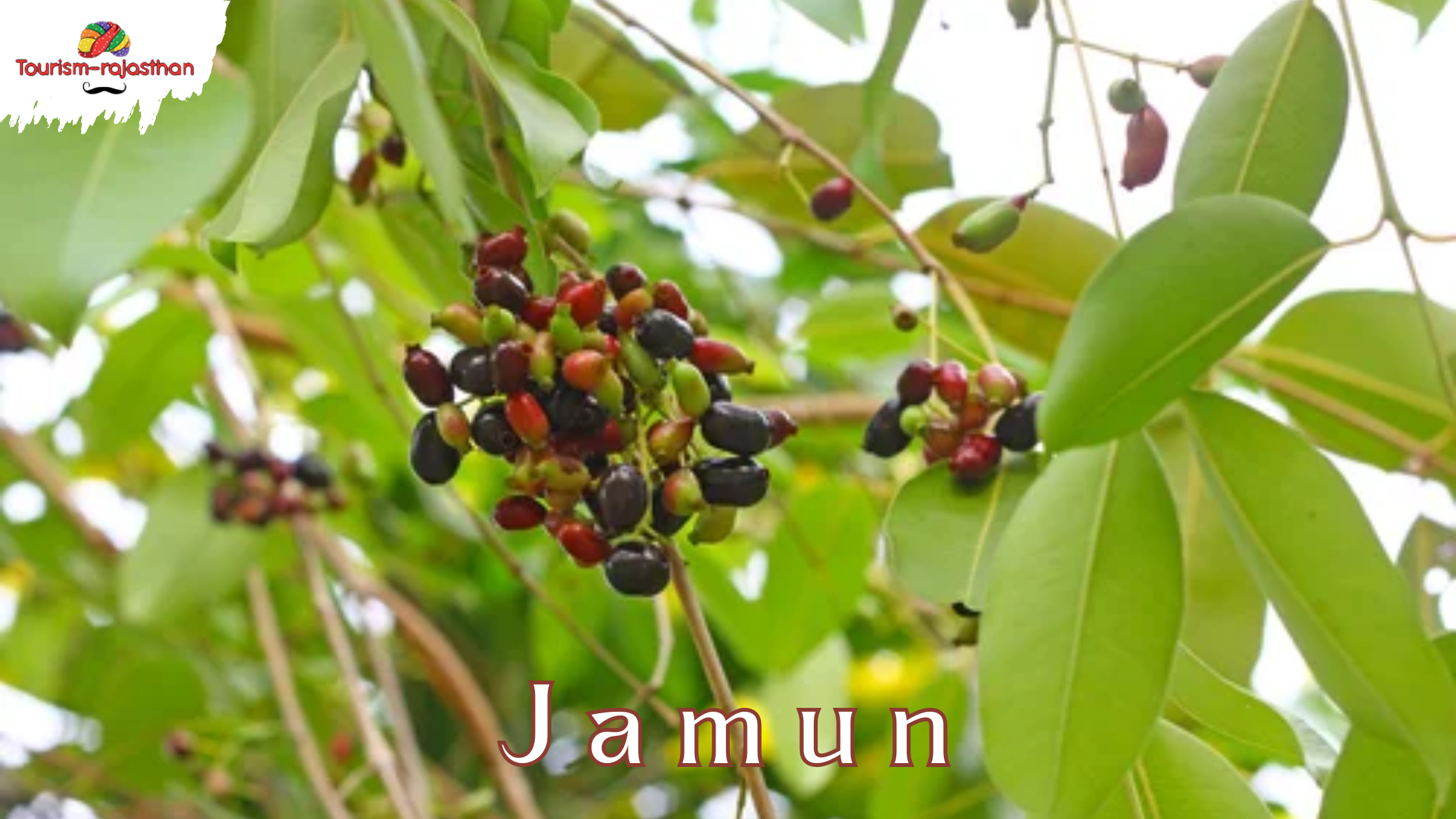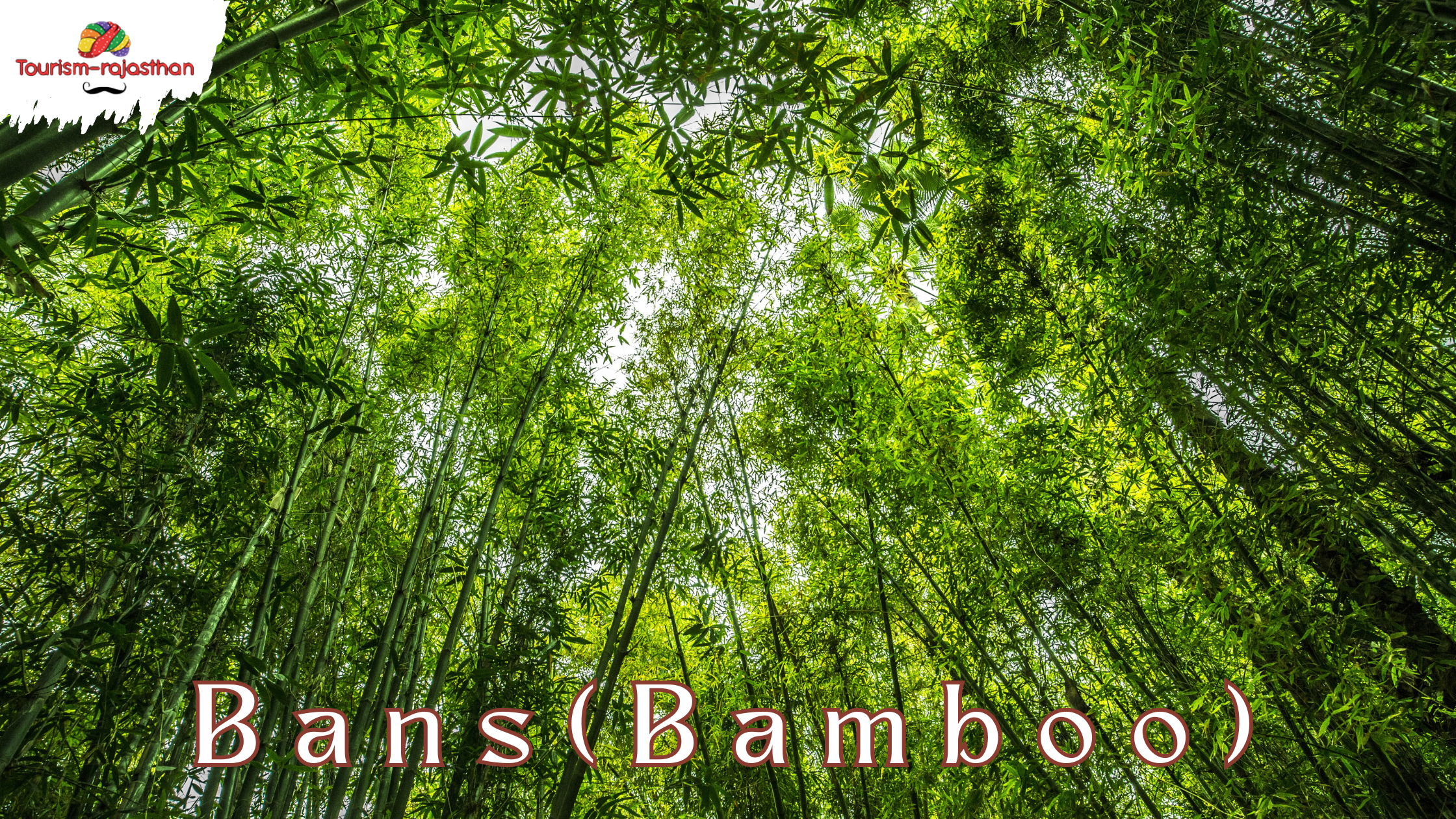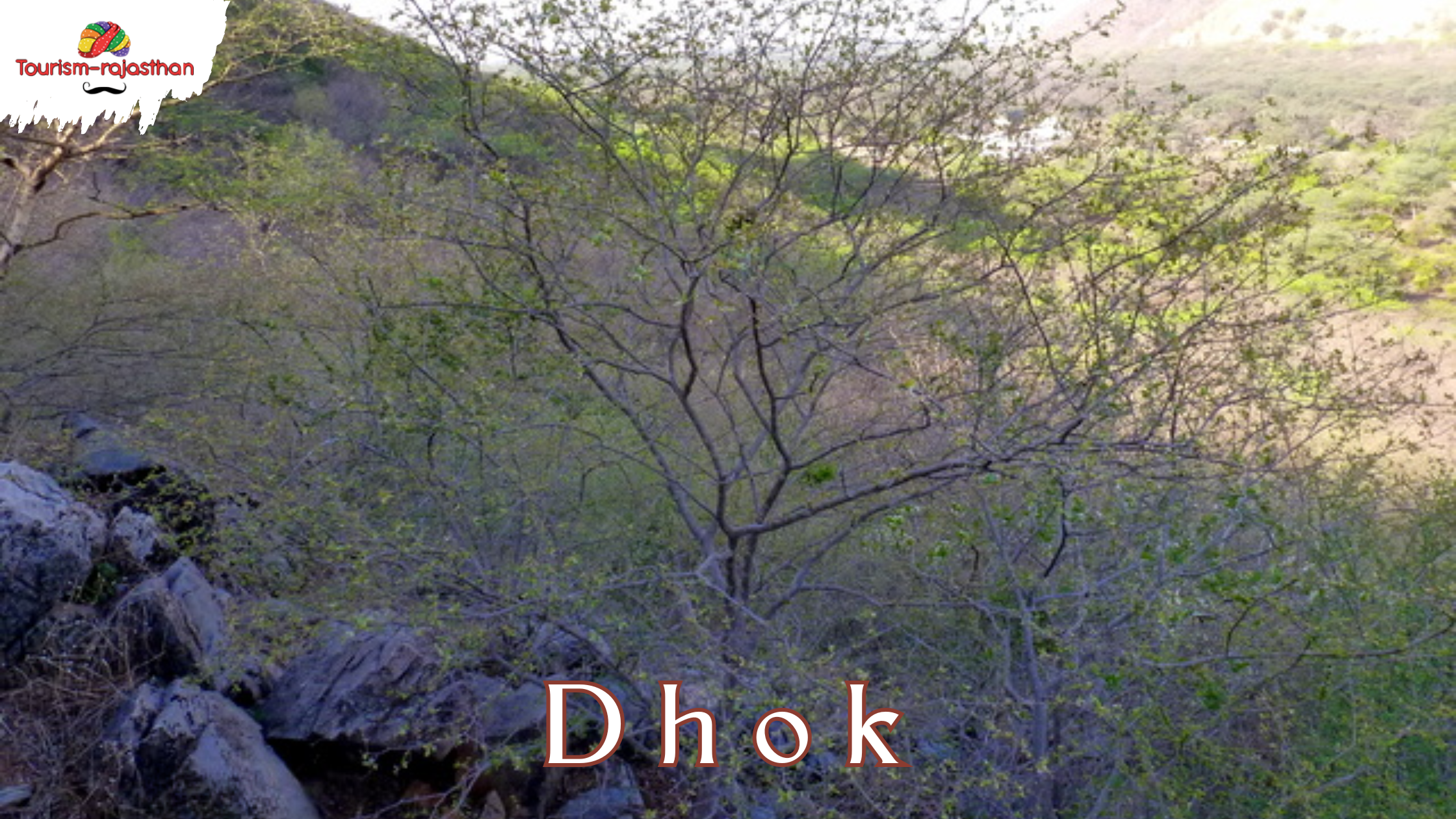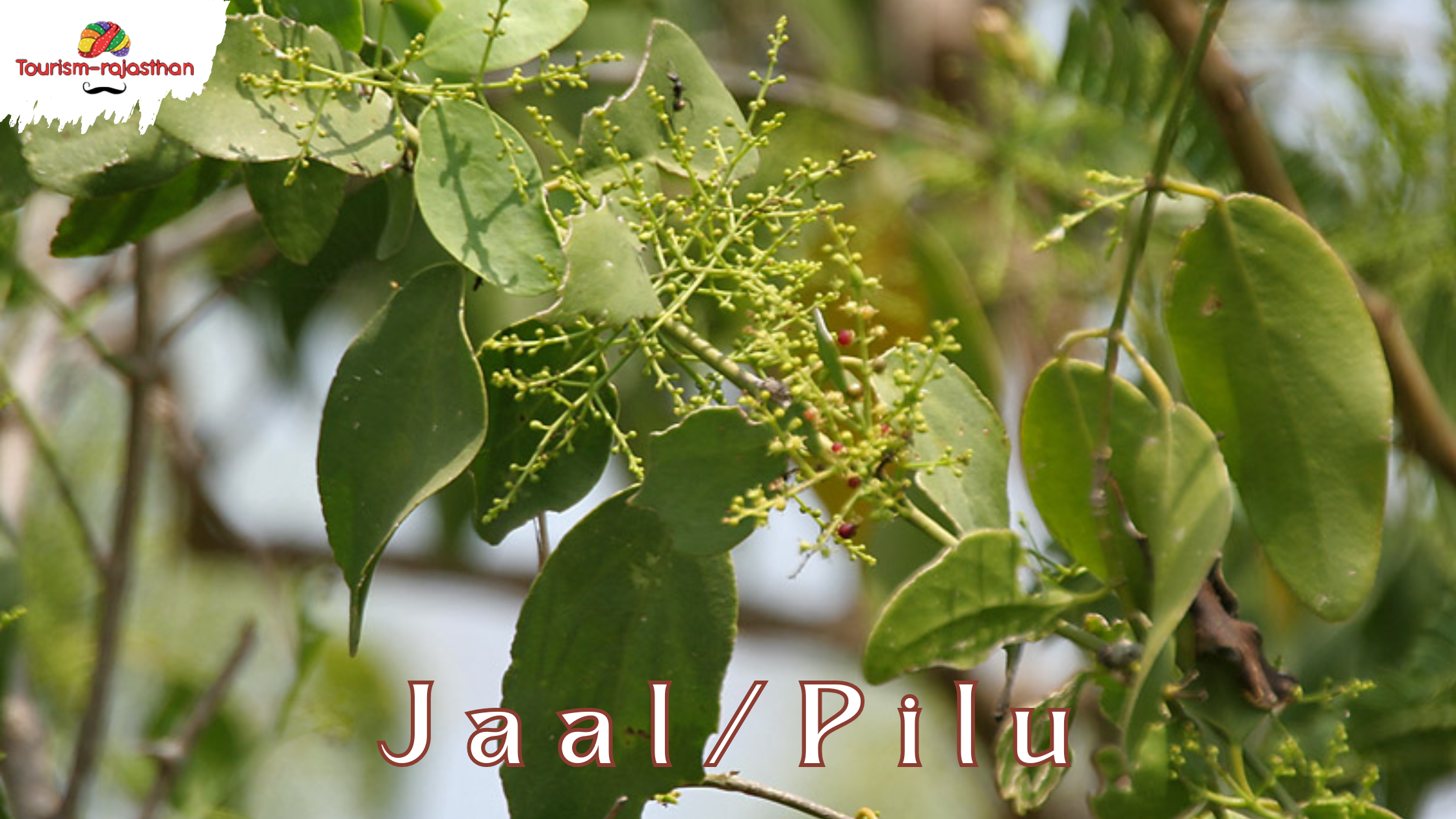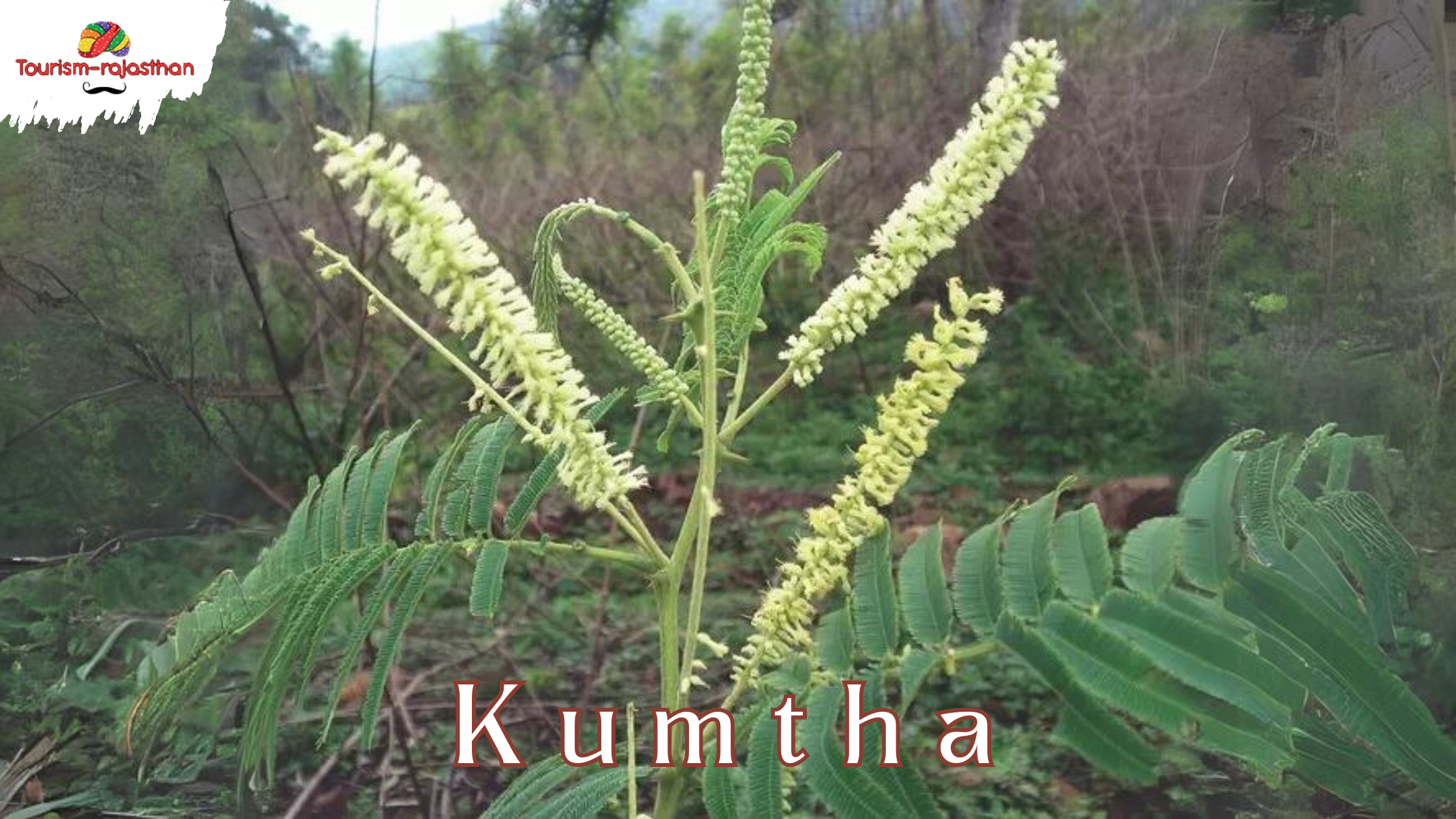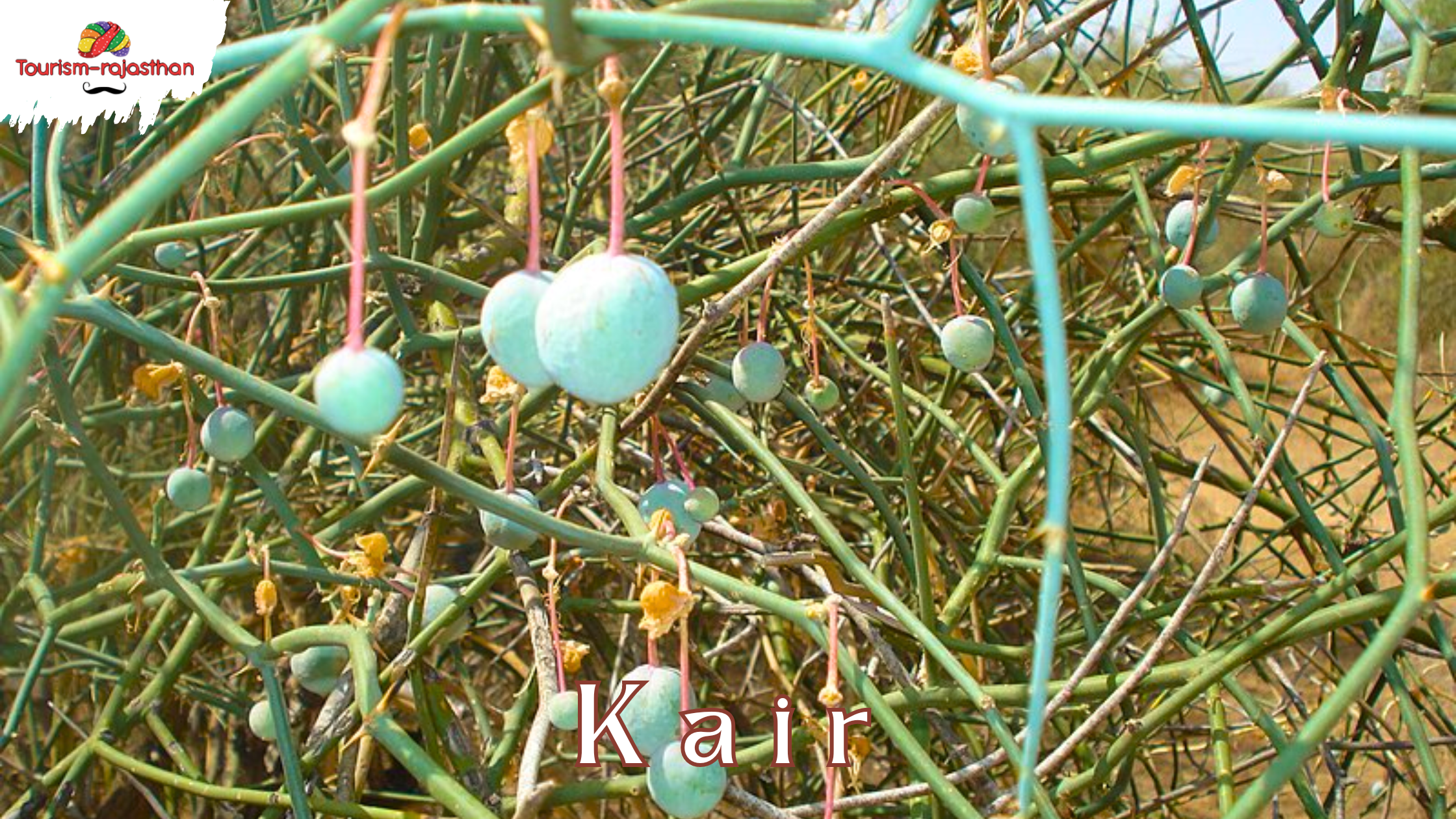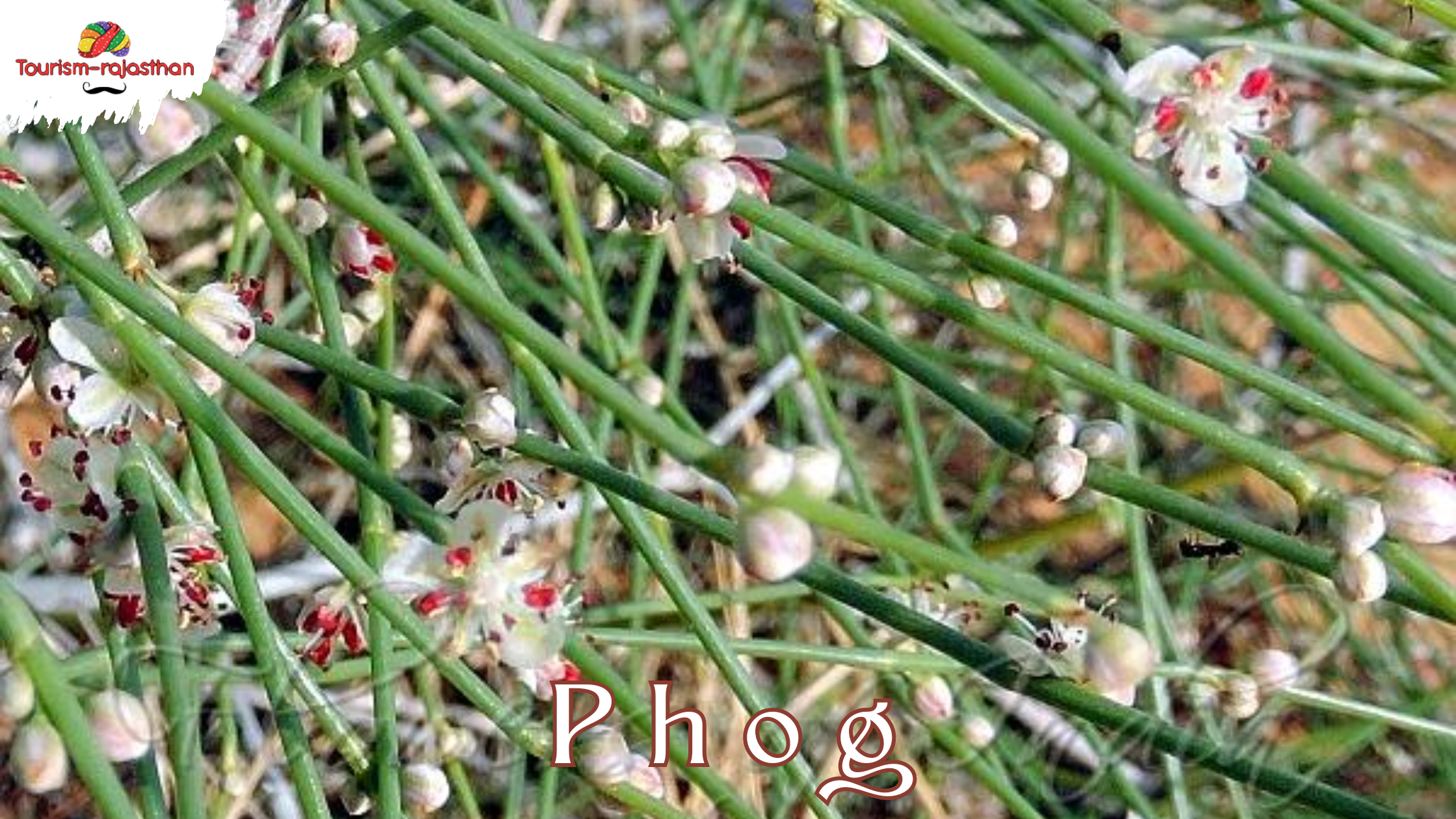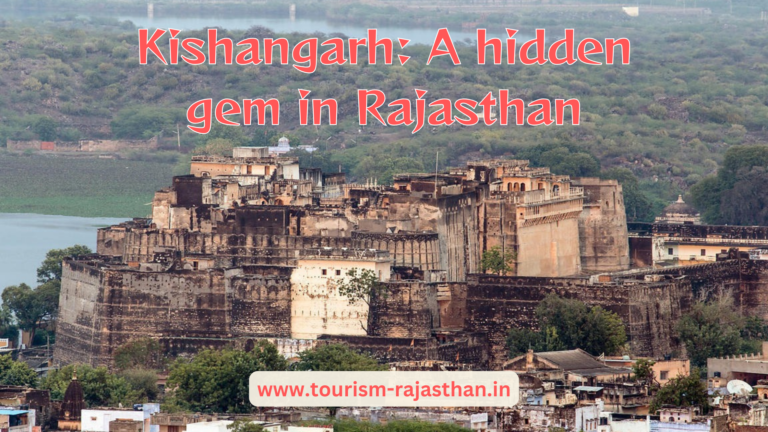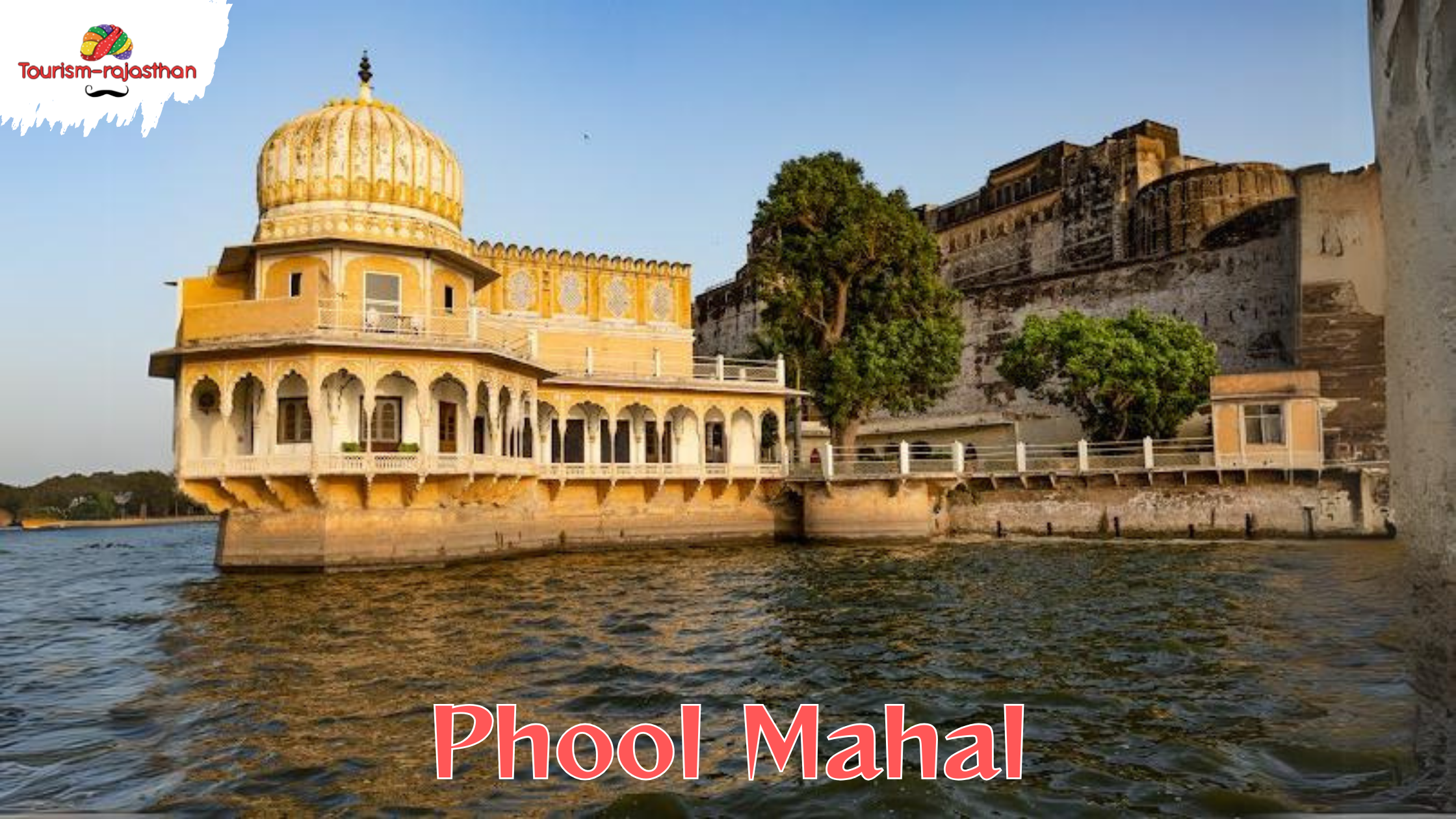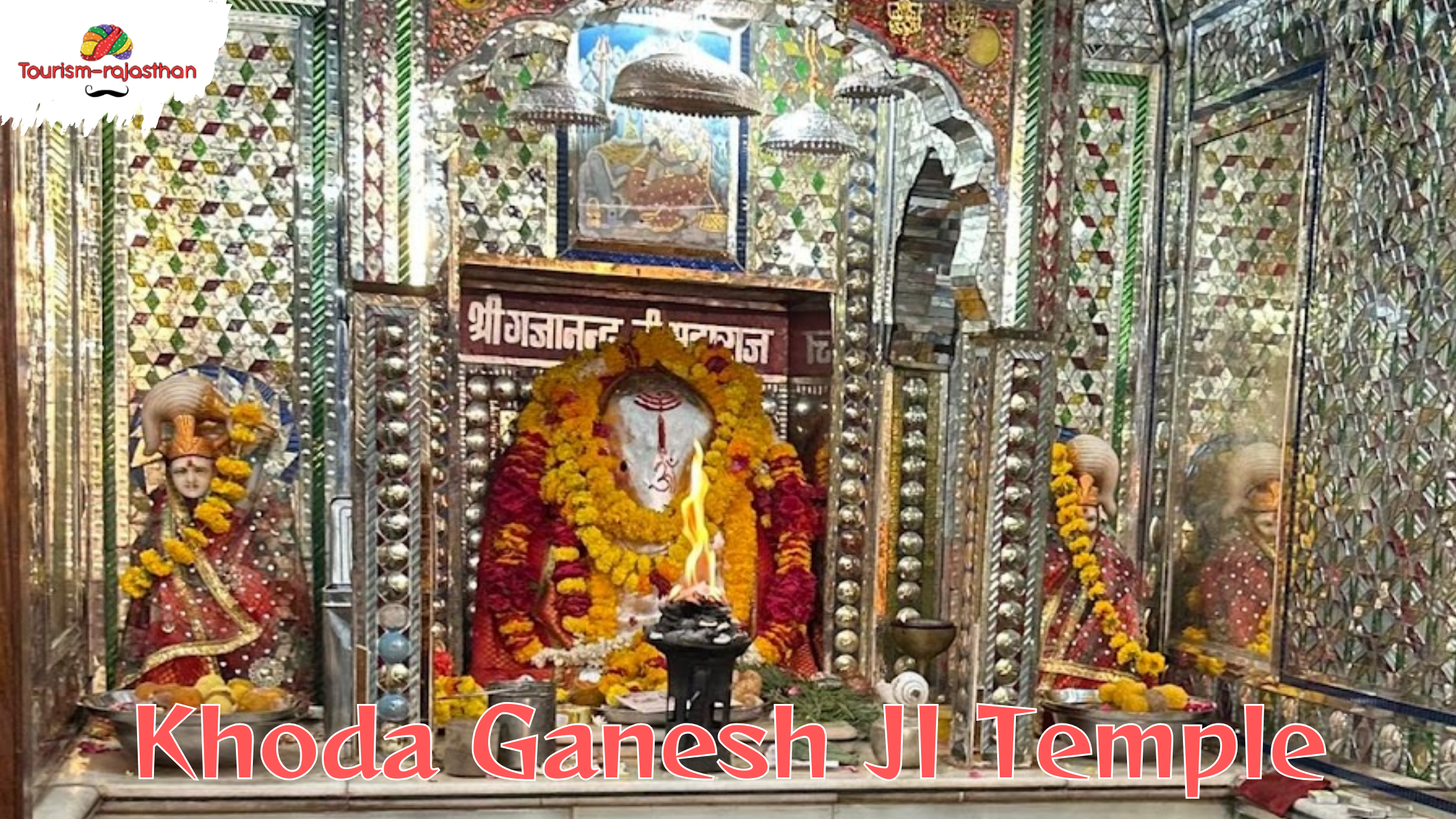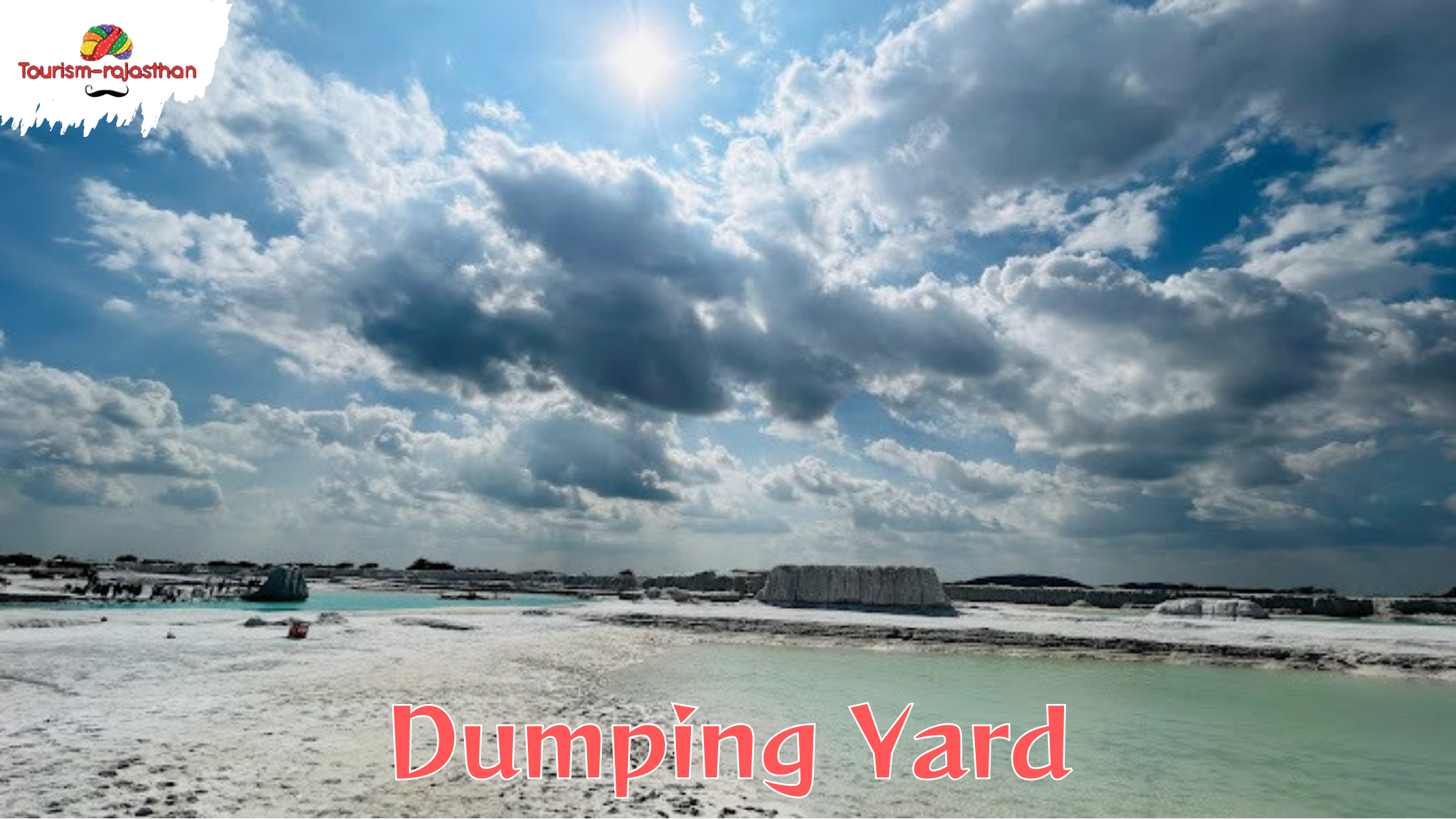Rajasthan, with its arid landscapes and vast stretches of desert, may not be the first place that comes to mind when you think of dams. However, this vibrant state is home to several remarkable dams that play a crucial role in water management, irrigation, and hydroelectric power generation. Let’s embark on a journey to discover some of the most notable dams in Rajasthan:
1. Baretha Dam:


Nestled amidst the picturesque landscapes of Bharatpur and Karauli districts in Rajasthan, India, the Baretha Dam stands as a testament to human ingenuity and resourcefulness, serving as a crucial cornerstone in the region’s water management system. Dating back to the late 19th century, its construction began in 1866 under the visionary leadership of Maharaj Jaswant Singh and was completed in 1897 by Maharaj Ram Singh after three decades of meticulous effort. Spanning the Kakund River, this lifeline for the region’s agricultural and drinking water needs boasts a storage capacity of 684.00 million cubic feet, ensuring bountiful harvests even in the harshest summers. One of its most enchanting features is the Kishan Sagar Lake, formed by the damming of the Kakund River, serving as a picturesque retreat and vital habitat for migratory birds during the winter months.
2. Ranapratap Sagar Dam:


The Rana Pratap Sagar Dam is a formidable largest gravity masonry structure standing at a height of 53.8 meters, commands the Chambal River’s flow in Rawatbhata, Rajasthan, India. Forming part of an integrated cascade development scheme, it follows the Gandhi Sagar Dam upstream and precedes the Jawahar Sagar Dam downstream, culminating in the Kota Barrage for irrigation purposes. Commissioned in 1970, it represents a monumental feat in hydroelectric power generation, boasting an impressive capacity of 172 MW across four units. Named in honor of the valiant Maharaja Rana Pratap of Rajasthan, the dam’s construction was a pivotal milestone in harnessing the untapped potential of the Chambal River. Spanning a length of 1,143 meters, the reservoir created by the dam not only facilitates power generation but also serves as a vital wetland habitat, supporting diverse birdlife. The reservoir area supports considerable population of resident and migratory birds. With its strategic location and substantial catchment area, the Rana Pratap Sagar Dam stands as a testament to India’s pursuit of sustainable development and resource management.
3. Mahi Bajaj Sagar Dam:
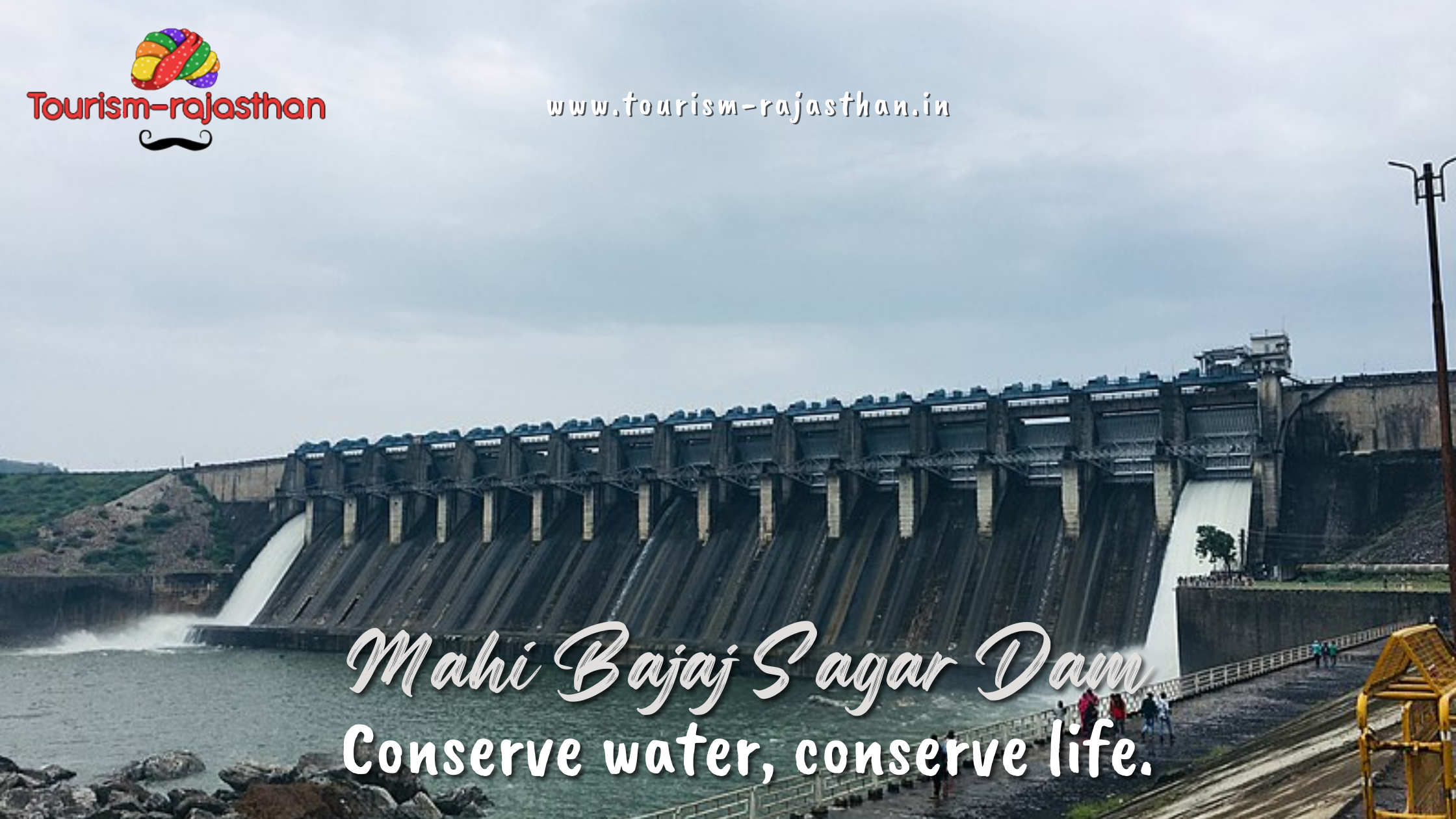

The Mahi Bajaj Sagar Dam, situated on the Mahi River in Rajasthan’s Banswara district is Second largets dam, stands as a testament to India’s engineering prowess. Constructed between 1972 and 1983, this imposing structure serves the dual purpose of hydroelectric power generation and water supply. Named after Jamnalal Bajaj, a prominent figure in India’s industrial history, it holds the distinction of being Rajasthan’s longest and second-largest dam. With a height of 43 meters and a length of 3,019 meters, it commands a vast reservoir area of 6,149 square kilometers, storing a massive 2,070,000,000 cubic meters of water. The power plant associated with the dam boasts an installed capacity of 140 MW, facilitated by turbines generating 25 MW and 45 MW each. This multi-purpose project not only provides electricity but also contributes significantly to irrigation and water storage needs in the region, making it an integral part of Rajasthan’s infrastructure landscape.
4. Bisalpur Dam:
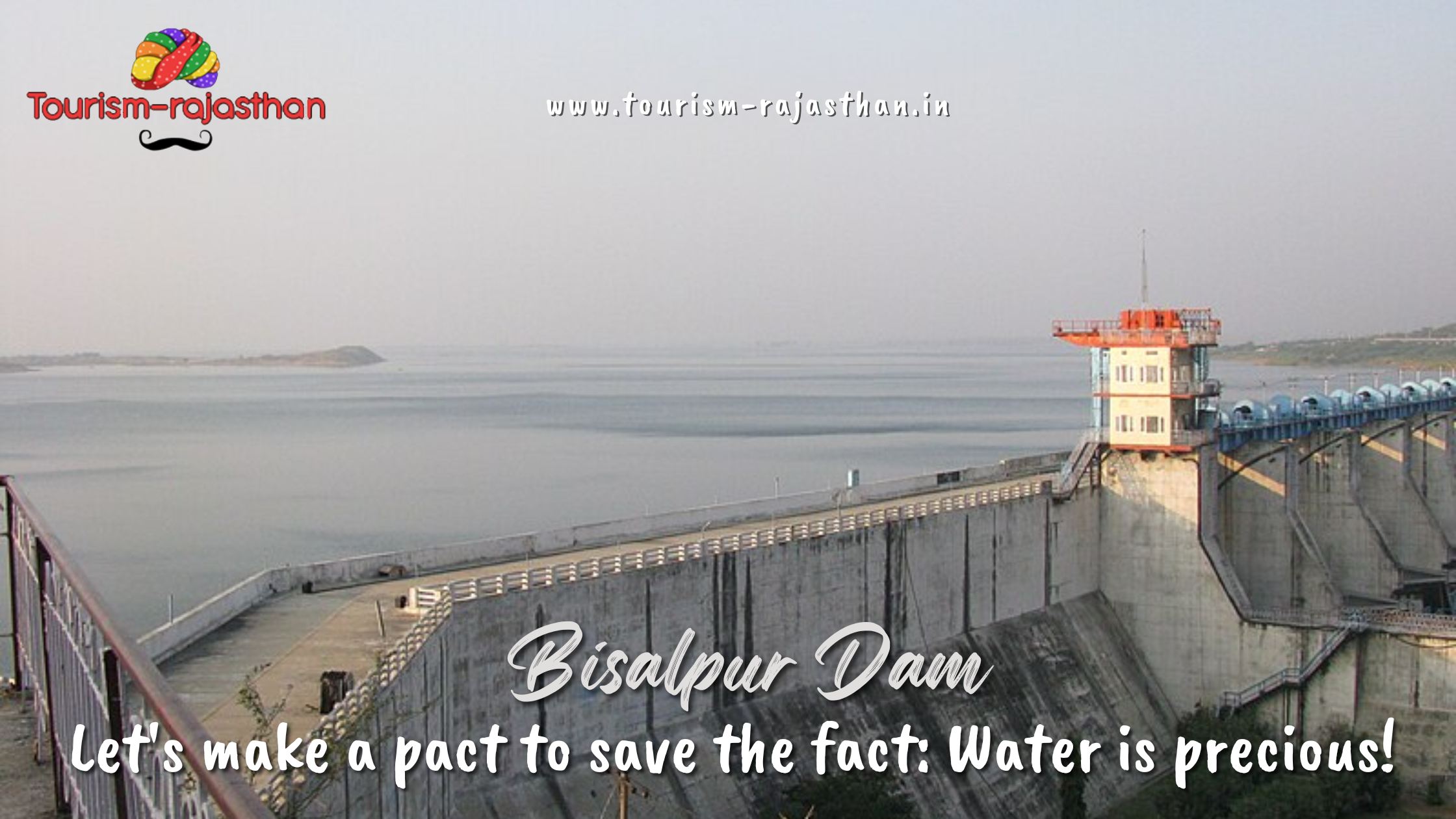

Bisalpur Dam, a monumental gravity dam on the Banas River near Bisalpur in Rajasthan’s Tonk district, stands as a vital source of irrigation and water supply since its completion in 1999. With a height of 39.5 meters and a length stretching 574 meters, it commands immense respect for its engineering feat. The reservoir it creates boasts a total capacity of 1,100,000,000 cubic meters, serving as a lifeline for regions like Sawai Madhopur and Tonk for irrigation, and providing drinking water to districts including Ajmer, Jaipur, and Tonk itself. The project to channel Bisalpur reservoir water to Jaipur, initiated by the Congress government in 1999, faced hurdles due to financial constraints but saw fruition under the BJP government in 2009, despite opposition from farmers reliant on Bisalpur water for irrigation. Nonetheless, the Bisalpur reservoir remains a crucial resource, hailed as the lifeline of the state capital, Jaipur, supplying water to a significant portion of its areas and marking itself as a testament to Rajasthan’s infrastructural resilience.
5. Jawahar Sagar Dam:


The Jawahar Sagar Dam stands as the third significant installment in the Chambal Valley Projects, strategically positioned on the Chambal River, approximately 29 kilometers upstream of Kota city and 26 kilometers downstream of the Rana Pratap Sagar dam. This concrete gravity dam, boasting a height of 45 meters and a length of 393 meters, serves a pivotal role in hydroelectricity generation and irrigation since its completion in 1972. With an installed capacity of 60 MW across its three units, it harnesses the river’s flow to power regions across Rajasthan and Madhya Pradesh. The dam’s reservoir, with a capacity of 67.07 million cubic meters, plays a vital role in water management for the region. The Chambal River, renowned for its historical significance and extensive network of tributaries, has been harnessed for developmental purposes through a series of dams and barrages, with the Jawahar Sagar Dam marking a crucial milestone in this endeavor.
6. Panchana Dam:
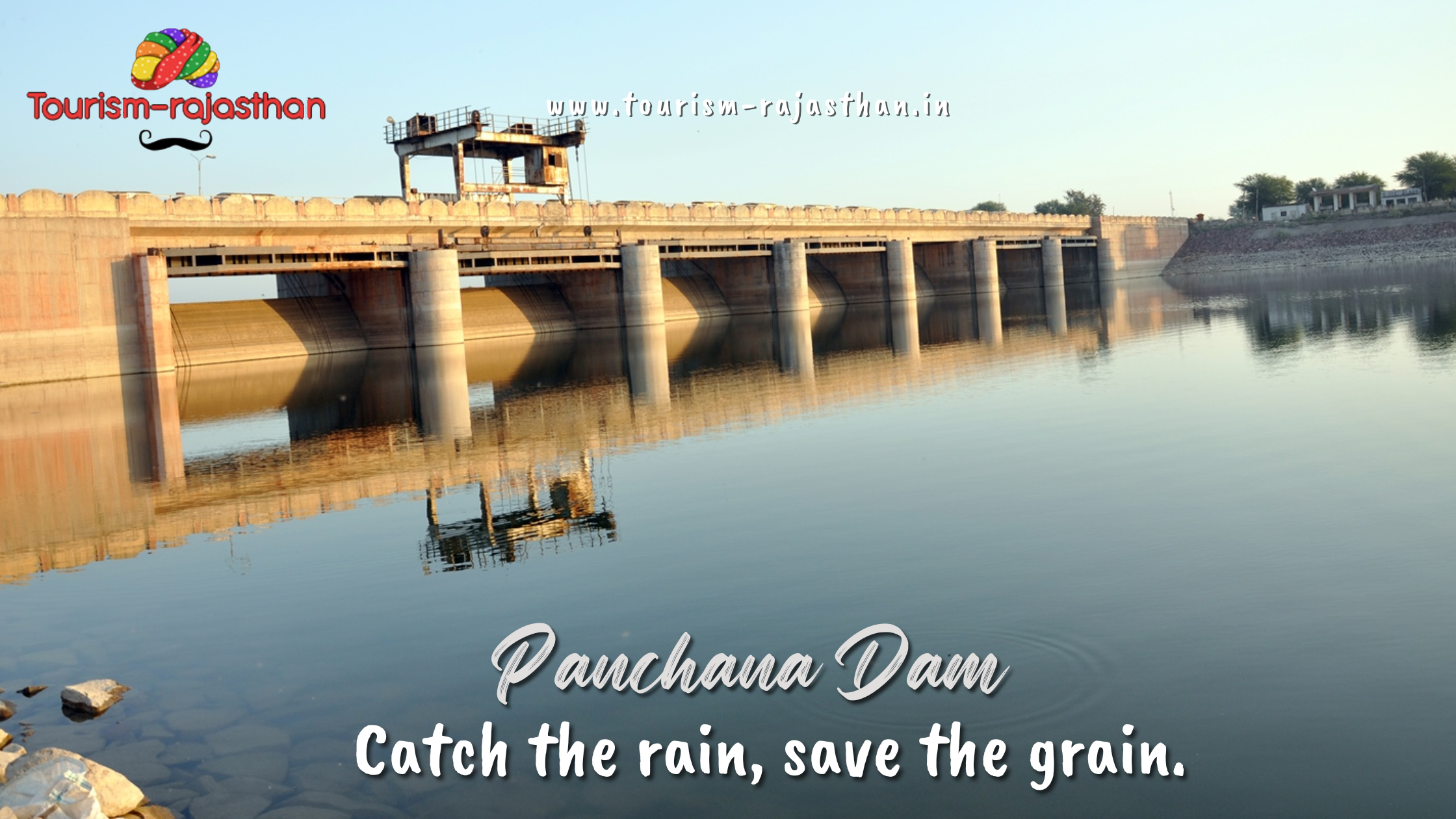

Panchana Dam, situated in Gudla village within the Krauli district of Rajasthan, serves as a vital freshwater man-made wetland, strategically positioned approximately 100 km southeast of Bharatpur. Acting as a crucial reservoir upstream of the Gambhir River at Krauli, it plays a pivotal role in ensuring the flow of water to Keoladeo National Park by September, thus facilitating the arrival of migratory birds. With its capacity to store water from five rivers, the dam serves as a lifeline for the communities of Krauli, Sawai Madhopur, and Bharatpur. Notably, Panchana Dam stands out as the largest dam in Rajasthan constructed from sand soil, serving as a testament to human ingenuity in harnessing natural resources for conservation and sustenance. The dam’s significance extends beyond its utilitarian purpose, as it also provides a habitat for various bird species, including Little Cormorants, Great Cormorants, and Darters, among others. However, the wetland faces threats from commercial fishing activities, which disrupt the foraging and resting patterns of waterfowl. Despite these challenges, Panchana Dam remains a focal point of tourism during the rainy season, attracting visitors eager to witness its natural splendor and avian diversity. With a water storage area spanning 621 square kilometers and a capacity of 2100 mc ft, the dam continues to serve as a vital resource for both humans and wildlife, emphasizing the need for sustainable management and conservation efforts.
7. Jawai Dam:
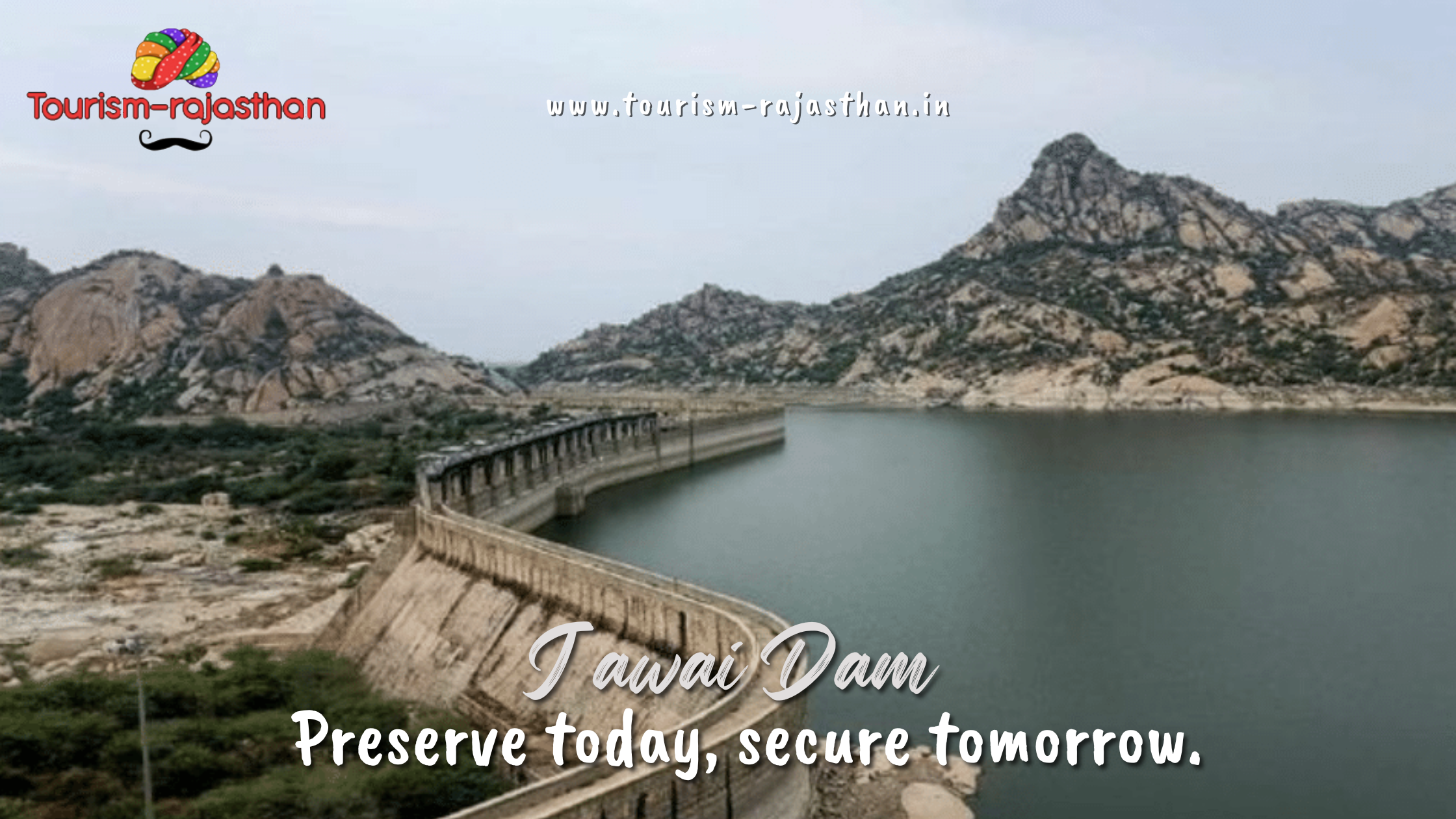

The Jawai Dam, constructed across the Jawai River in Rajasthan, serves as a vital water resource for irrigation in Pali district. Initiated in 1946 by Maharaja Umaid Singh of Jodhpur to mitigate flooding and harness water for agriculture and hydel power generation, its completion in 1957 marked a significant milestone. Covering an area of 13 km2, it boasts a capacity of 7887.5 million cubic feet and irrigates 102,315 acres of cultivable land. However, disputes over water allocation, particularly with farmers in Jalore district, have persisted, leading to protests and demands for a fair share of water. The ongoing ‘mahapadav’ protest highlights the farmers’ struggles and emphasizes the need for equitable distribution of water resources. Despite efforts by the state government, concerns regarding groundwater depletion and agricultural sustainability remain, underscoring the importance of addressing these issues collaboratively. Furthermore, the Jawai region is renowned for its biodiversity, including leopard sightings, bird watching, and a thriving crocodile population, making it a significant ecological hotspot in western Rajasthan.
8. Jakham Dam:
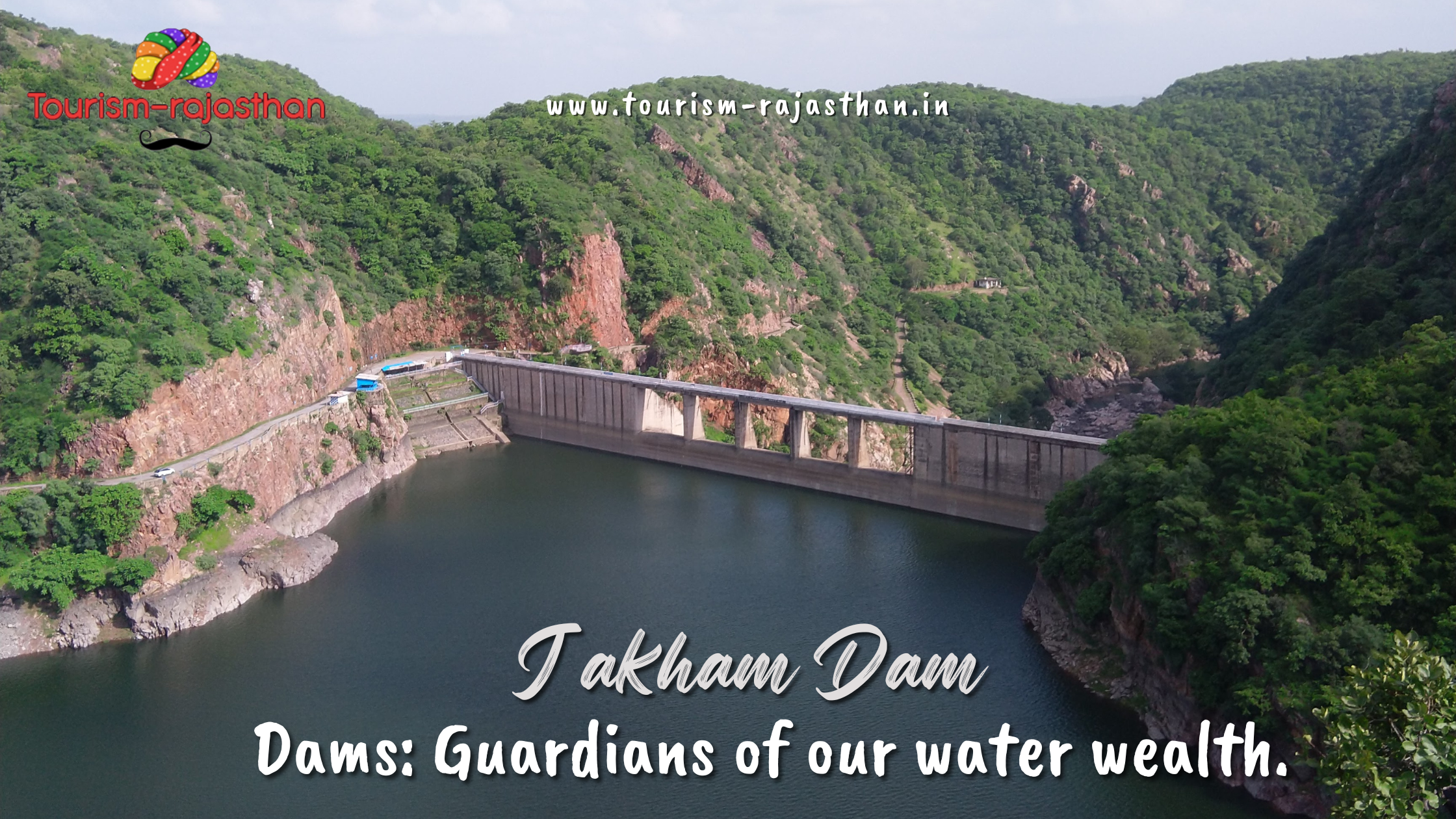

Jakham Dam, nestled in the heart of Pratapgarh District, Rajasthan, India, stands as a vital cornerstone of the region’s irrigation infrastructure. Situated in Anooppura village, within close proximity to Dhariawad and Pratapgarh town, this reservoir plays a pivotal role in sustaining agricultural endeavors in the area. Its construction, initiated in 1969–70 and completed in 1986, represents a concerted effort towards harnessing the waters of the Jakham River, originating from the quaint village of Jakhamia in Chhoti Sadrisub division. With a length of 253 meters, including a spillway extending 90 meters, the dam boasts a formidable presence amidst the rugged terrain. Sporting a catchment capacity of 5,015 million cubic feet, it serves as a lifeline for irrigation across 118 villages in the Dhariyawad sub-division. As a testament to Rajasthan’s commitment to agricultural prosperity, Jakham Dam stands as a symbol of resilience and progress in the region.
9. Kota Barrage:
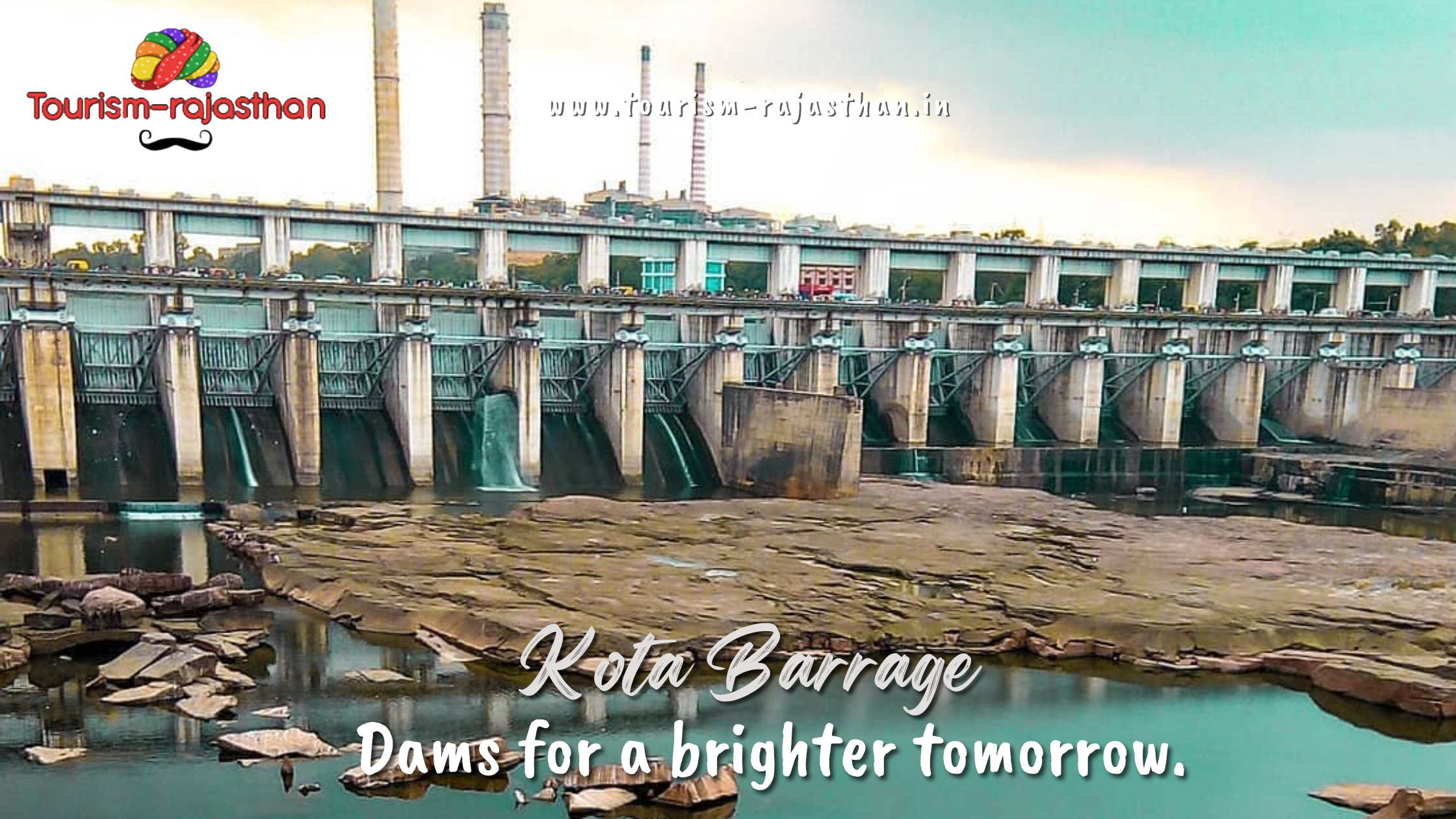

The Kota Barrage, situated just 0.8 km upstream of Kota City in Rajasthan, stands as a pivotal component of the Chambal Valley Projects, serving as the fourth in the series. Its primary purpose revolves around facilitating irrigation in both Rajasthan and Madhya Pradesh by diverting water released from the Gandhi Sagar, Rana Pratap Sagar, and Jawahar Sagar Dams through its intricate canal system. Commencing construction in 1954 and achieving completion in 1960, the Barrage encompasses a vast catchment area of 27,332 km2, with a live storage capacity of 99,000,000 cubic meters. Equipped with a concrete spillway and earthfill dam structure, it boasts efficient discharge capacities for its main canals, aiding water distribution across approximately 2,290 km2 of Command Area. Additionally, serving as a flood control mechanism and a vital link between different parts of Kota, the Barrage’s 19 gates regulate water flow downstream while offering picturesque views during the monsoon season. Despite its utilitarian role, the Barrage also offers glimpses into the region’s cultural and religious heritage, with nearby attractions such as the Kansua Temple and other sites adding to its allure. However, visitors must exercise caution during the monsoon, as the powerful discharge of water can pose risks downstream, highlighting the need for careful management and communication.
10. Khandip Dam:
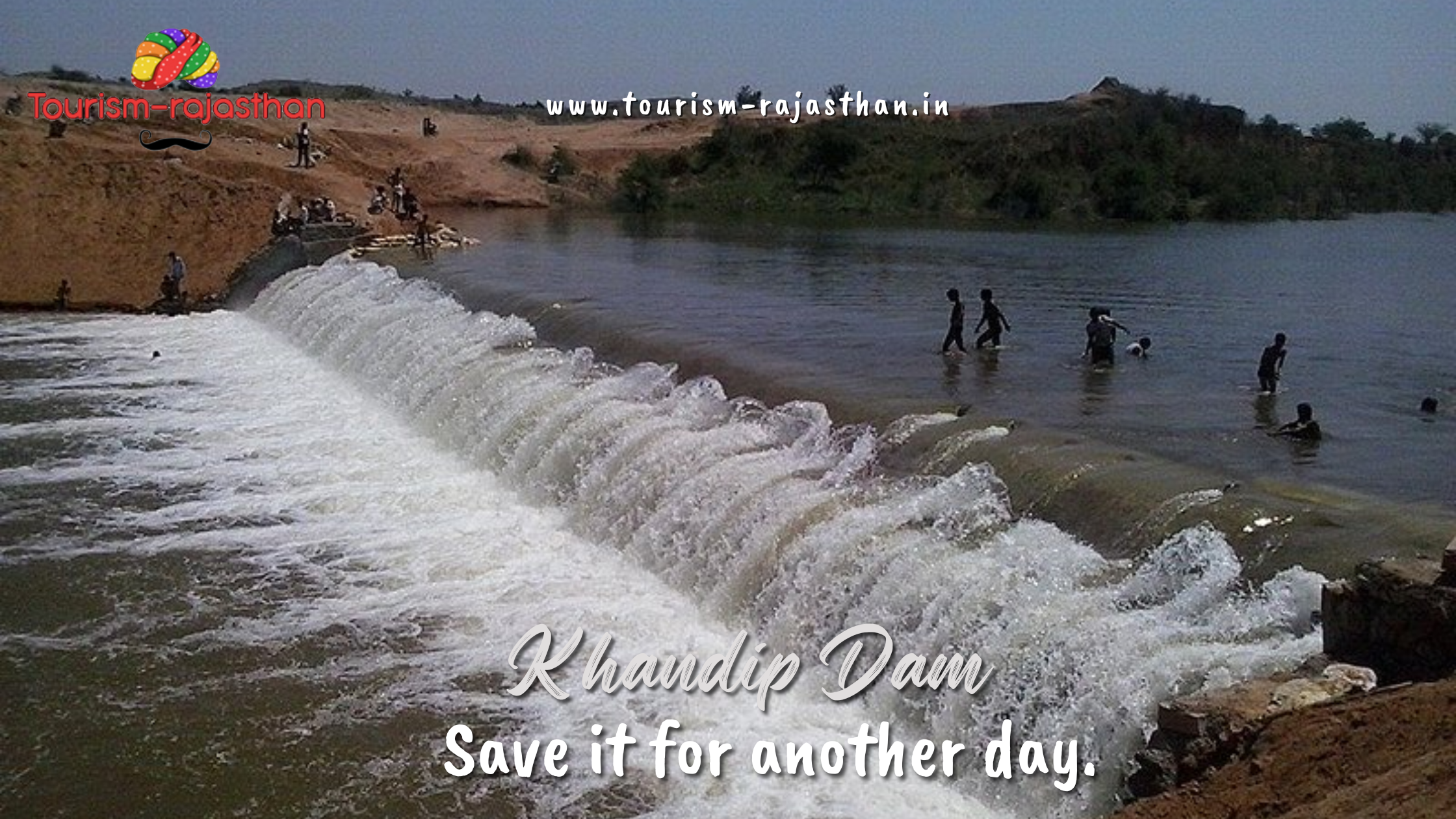

Built on the Ganbhir River in Pratapgarh District, the Khandip Dam is a testament to community resilience and self-reliance. In the face of water scarcity and economic challenges, the people of Khandip came together to fund and construct the dam, ensuring water security for their villages and surrounding areas. Completed in 2000, the Khandip Dam stands as a shining example of grassroots development and community empowerment.
These dams, each with its own story and significance, underscore the importance of water resource management in Rajasthan. As the state continues to grapple with water scarcity and climate change, these structures serve as beacons of hope, reminding us of the power of human innovation and collective action in overcoming challenges and building a sustainable future.



